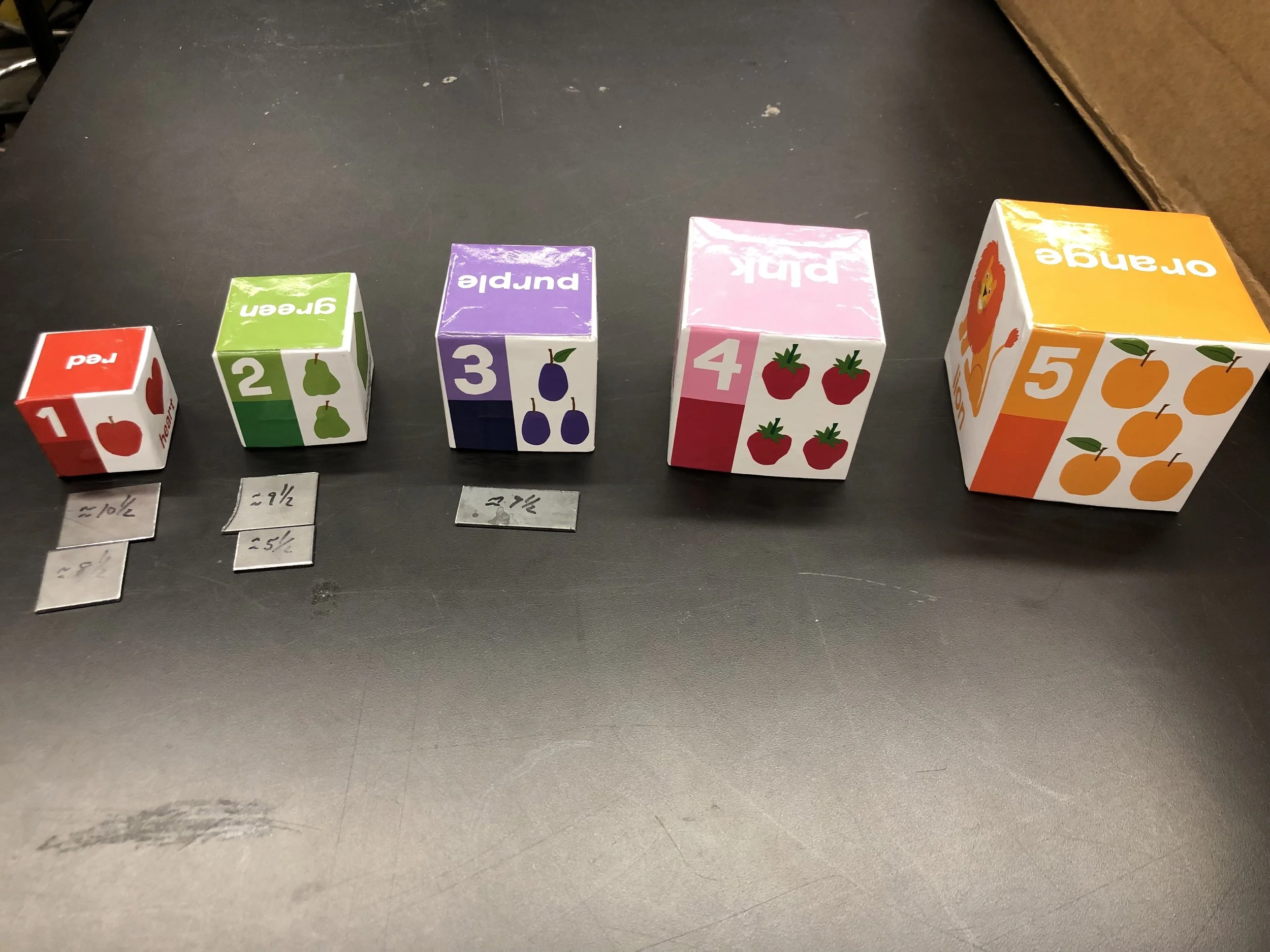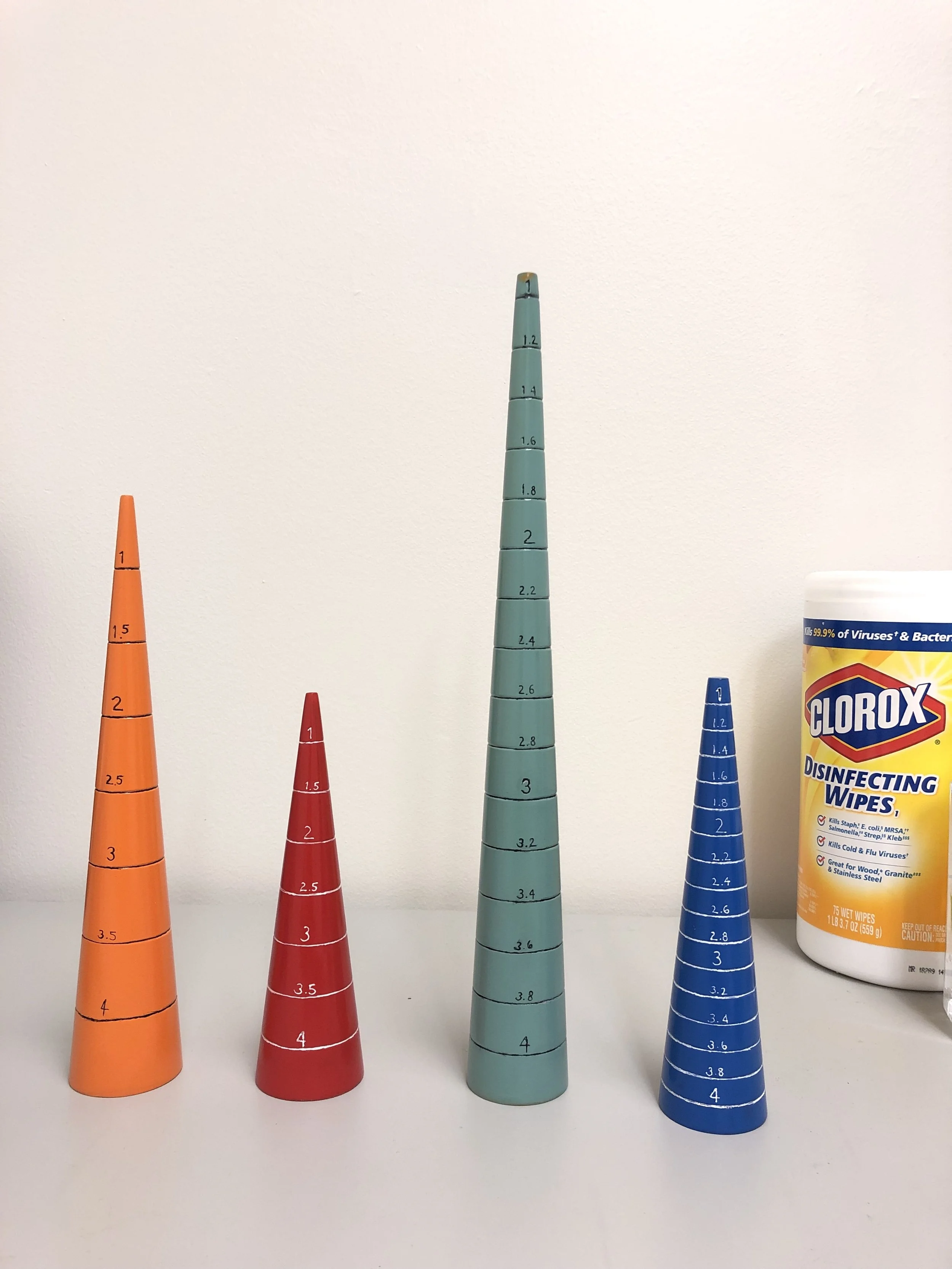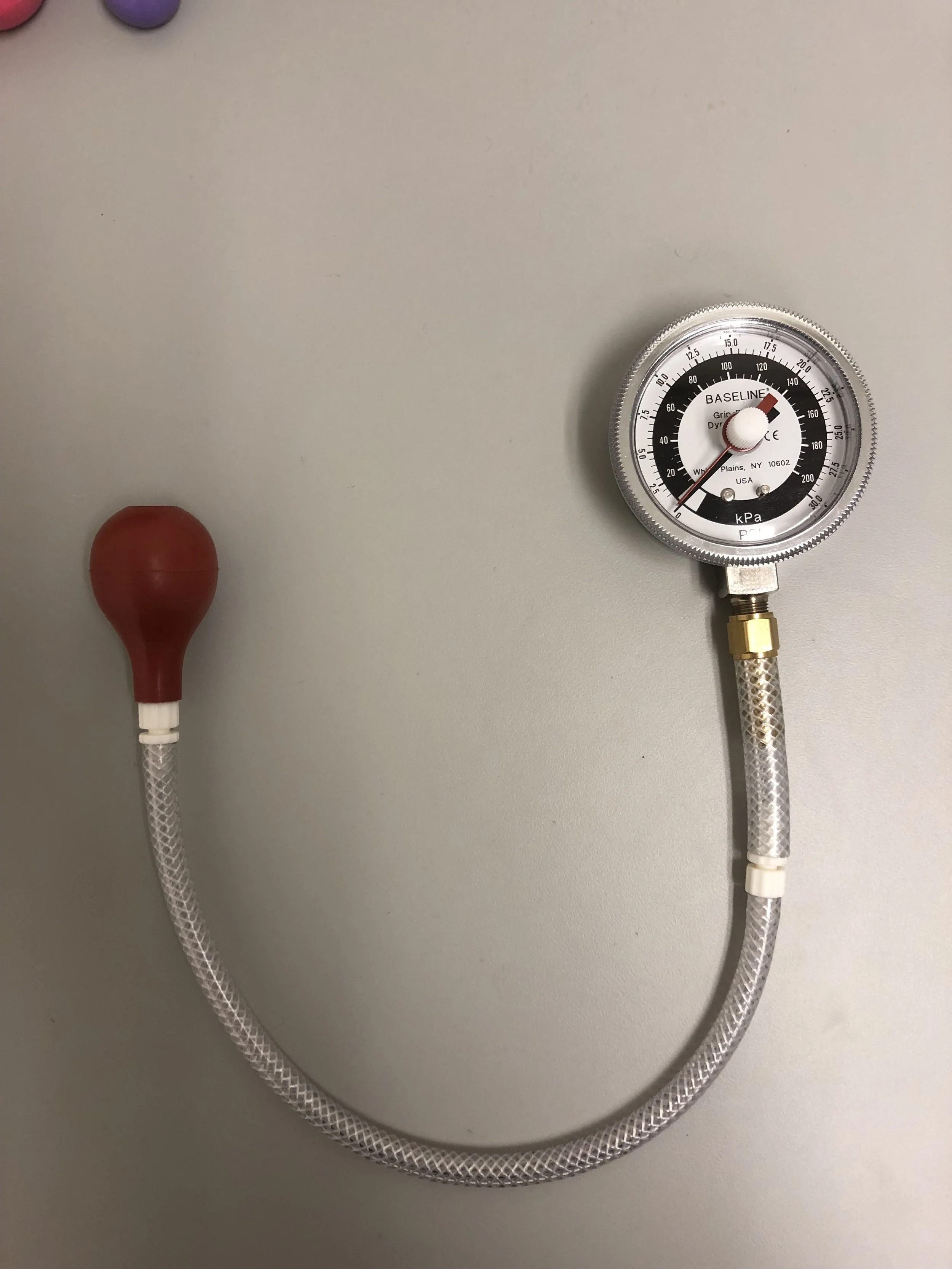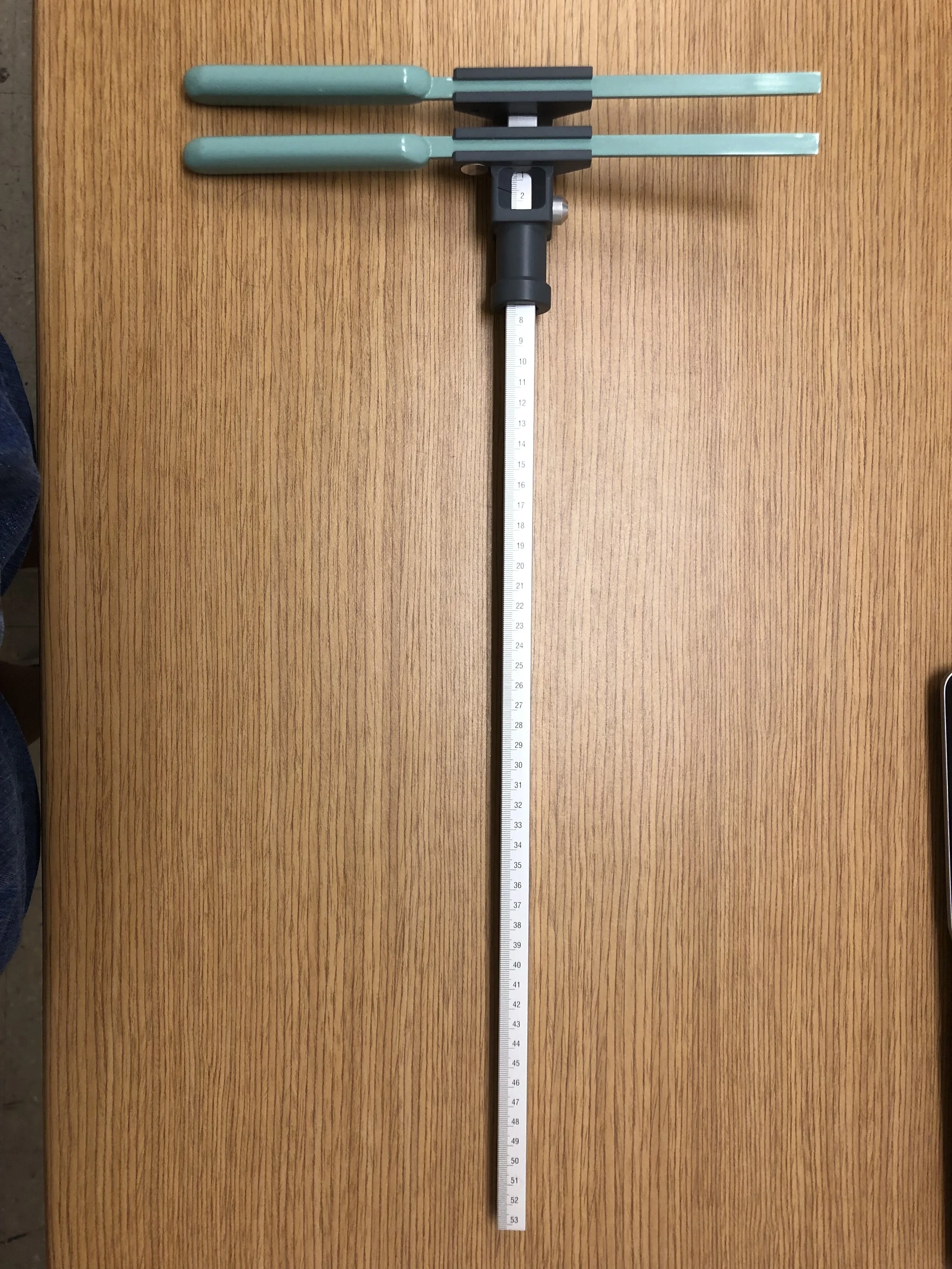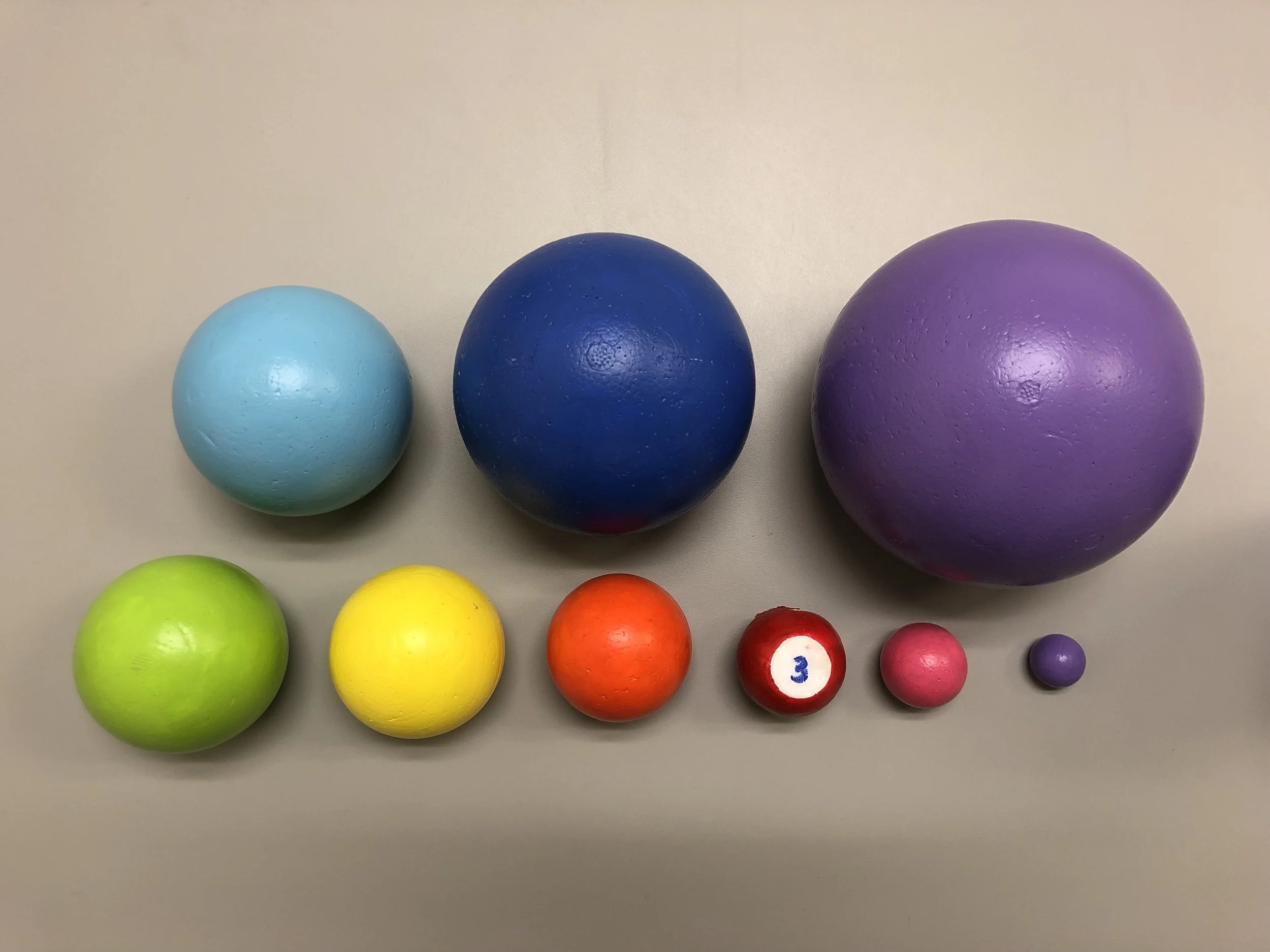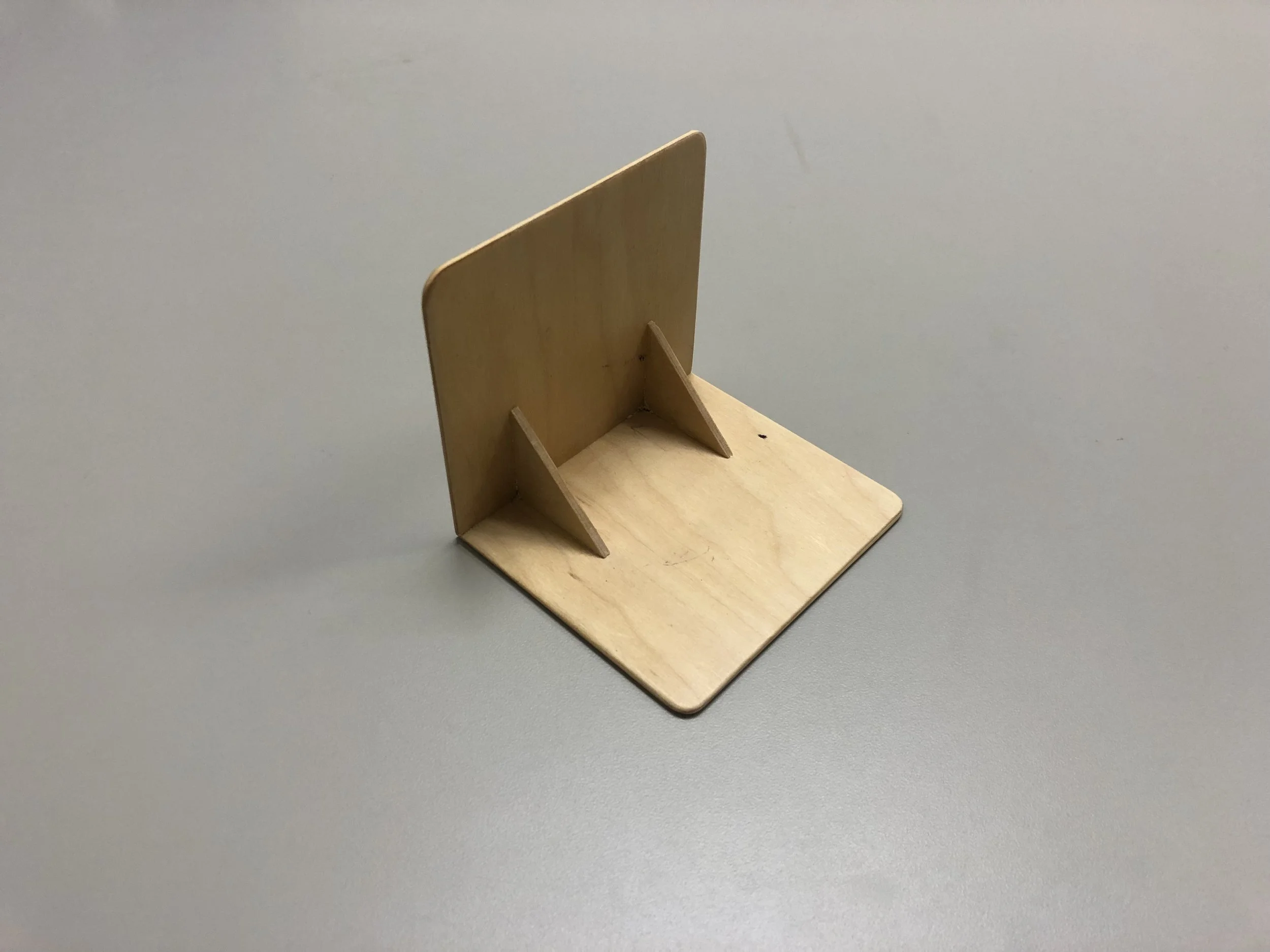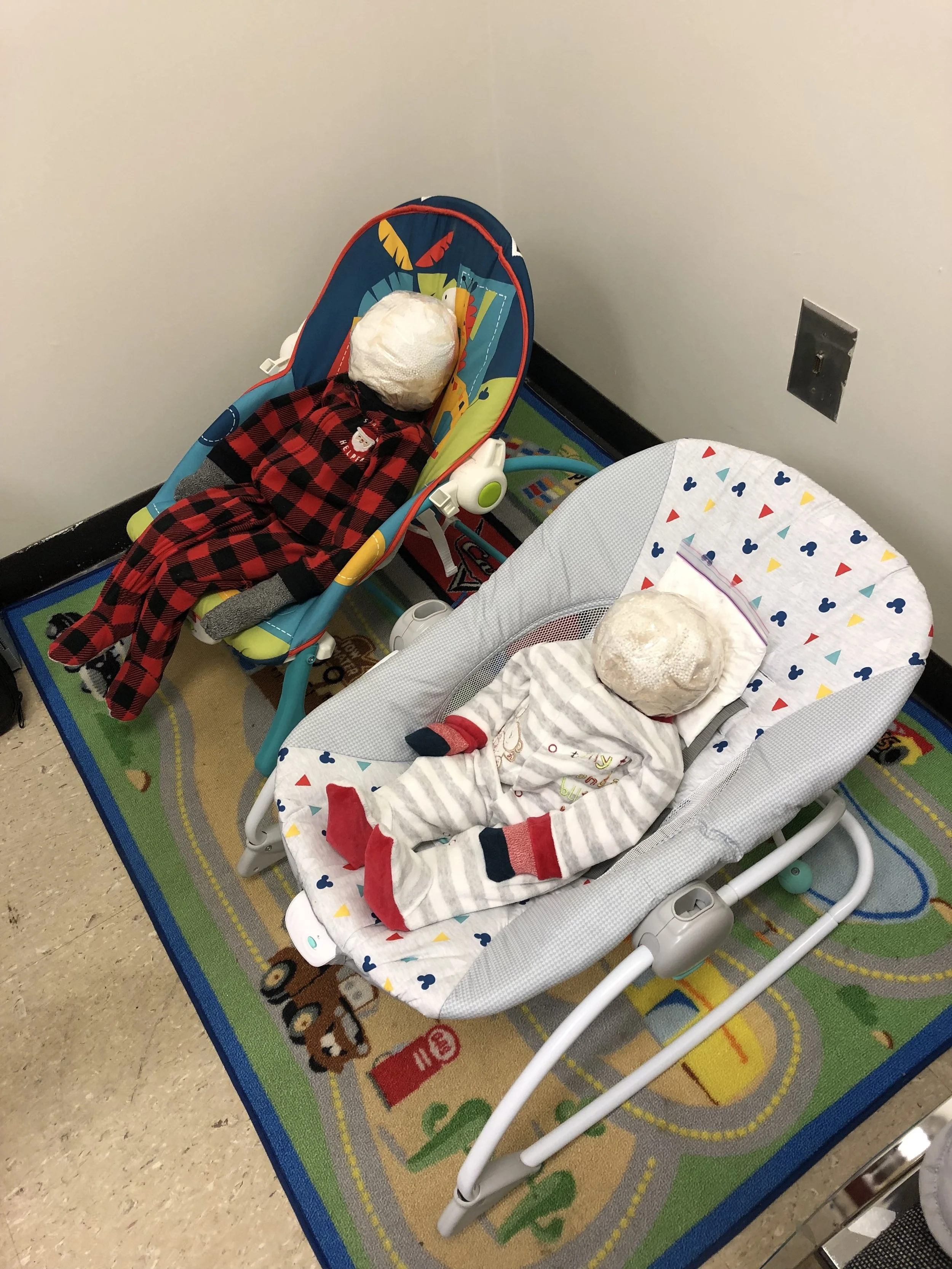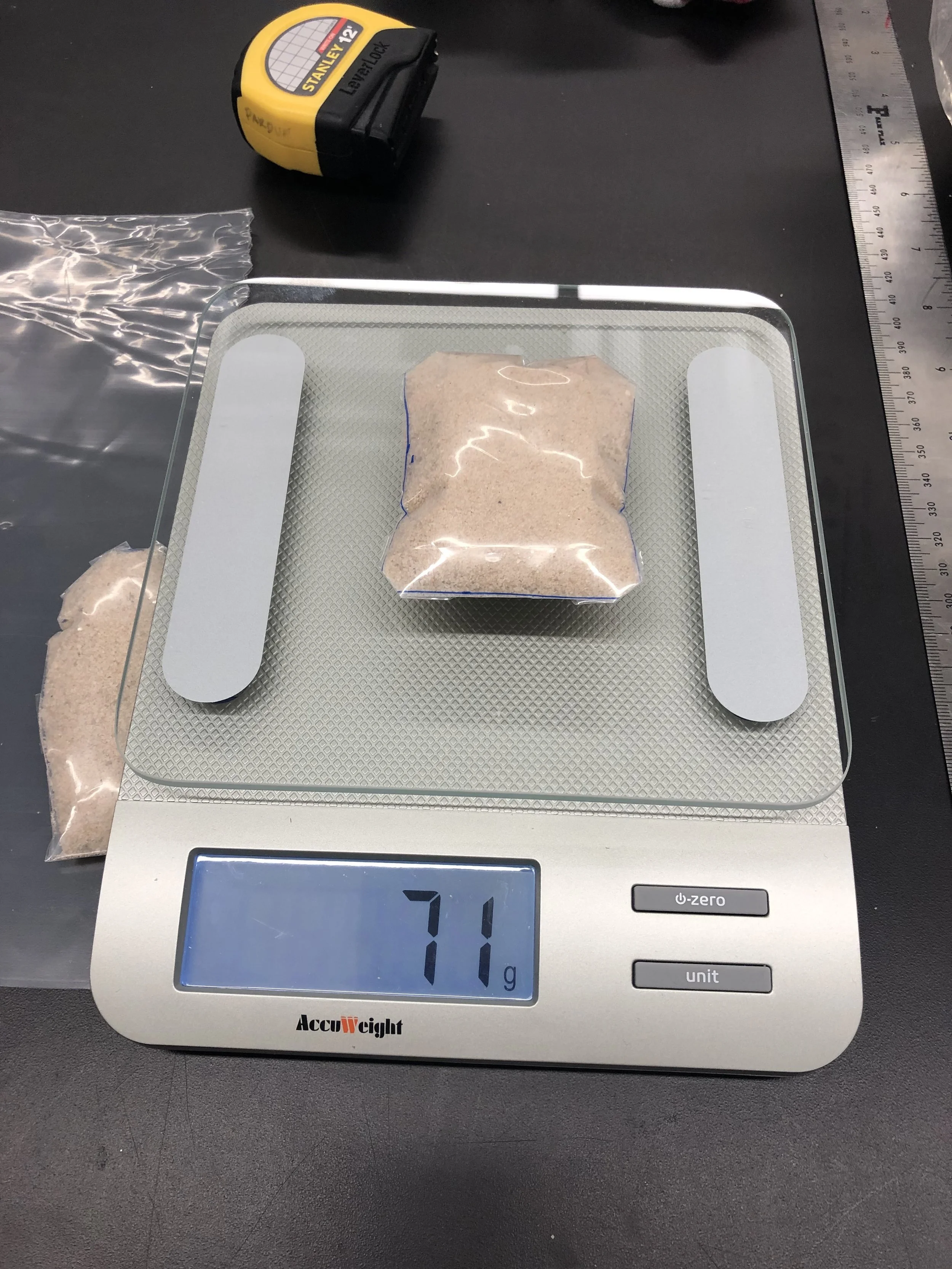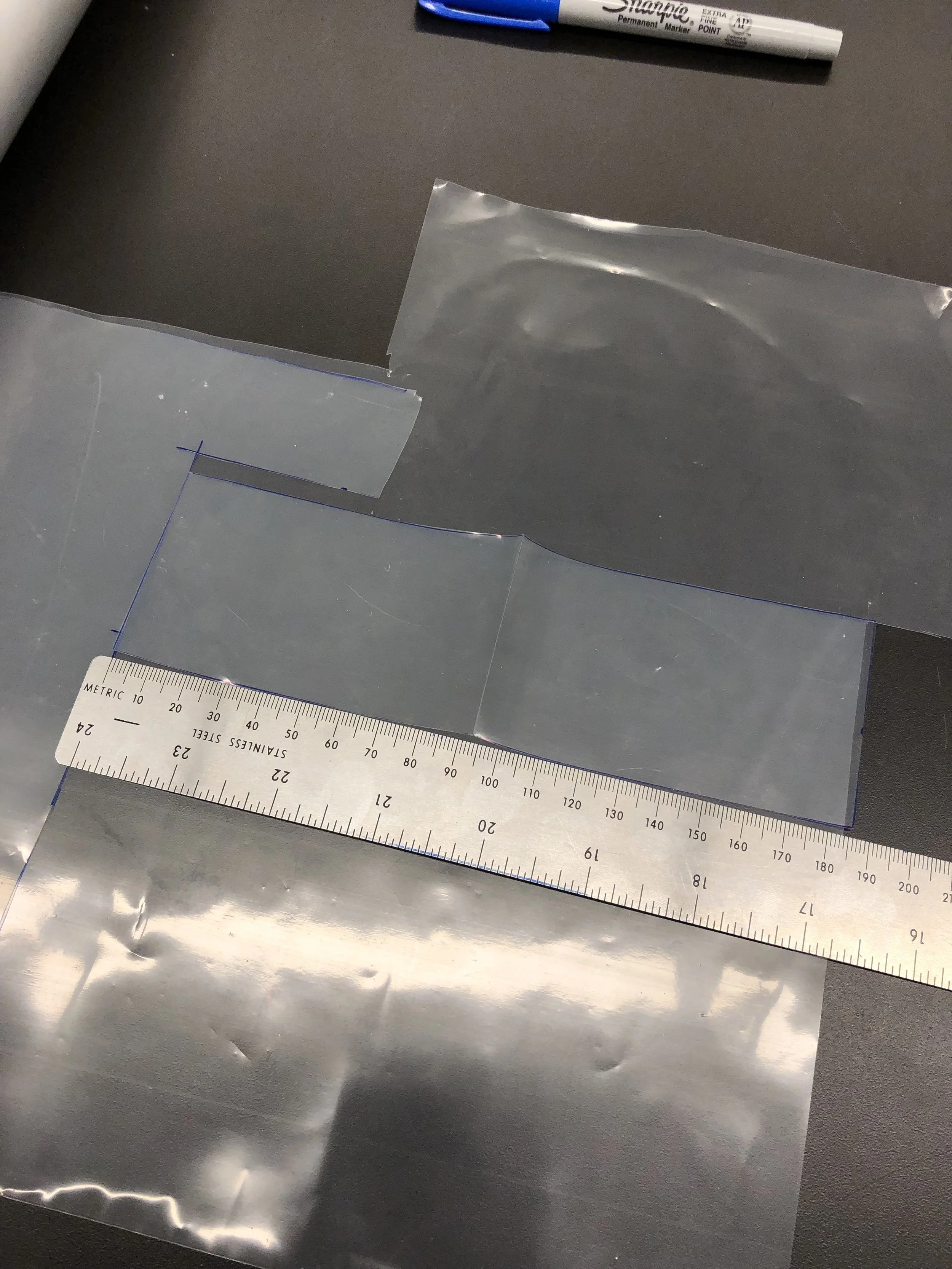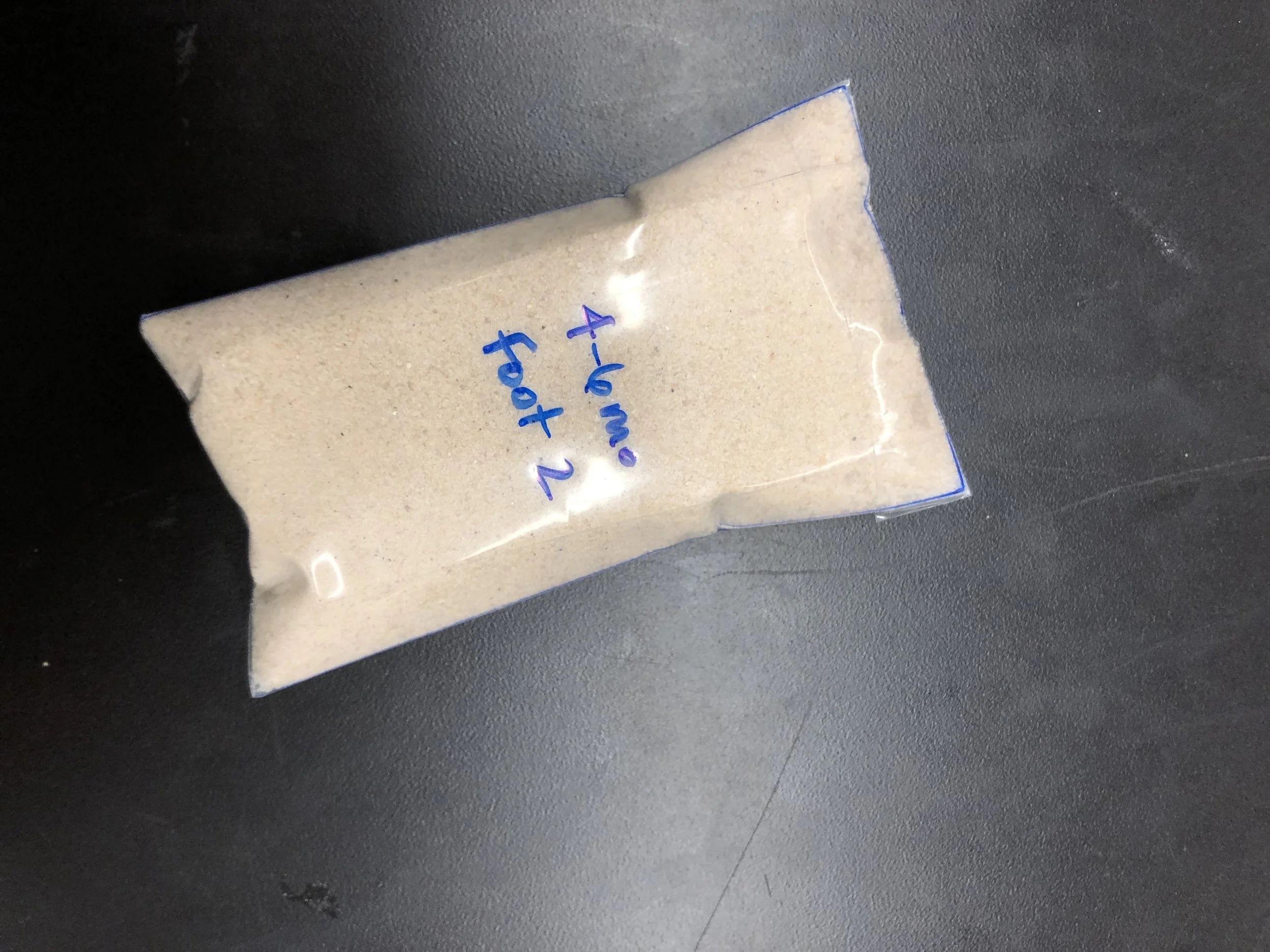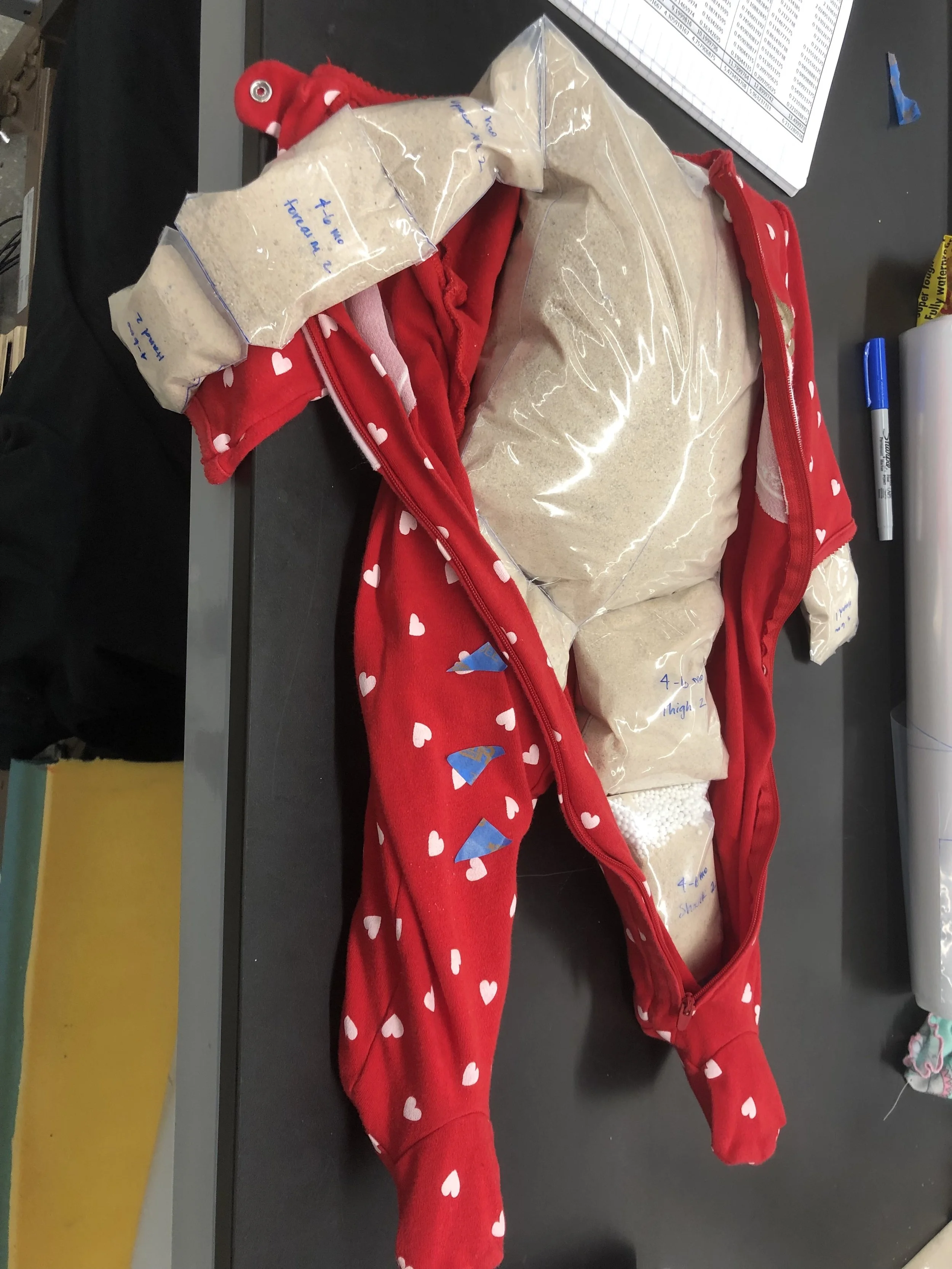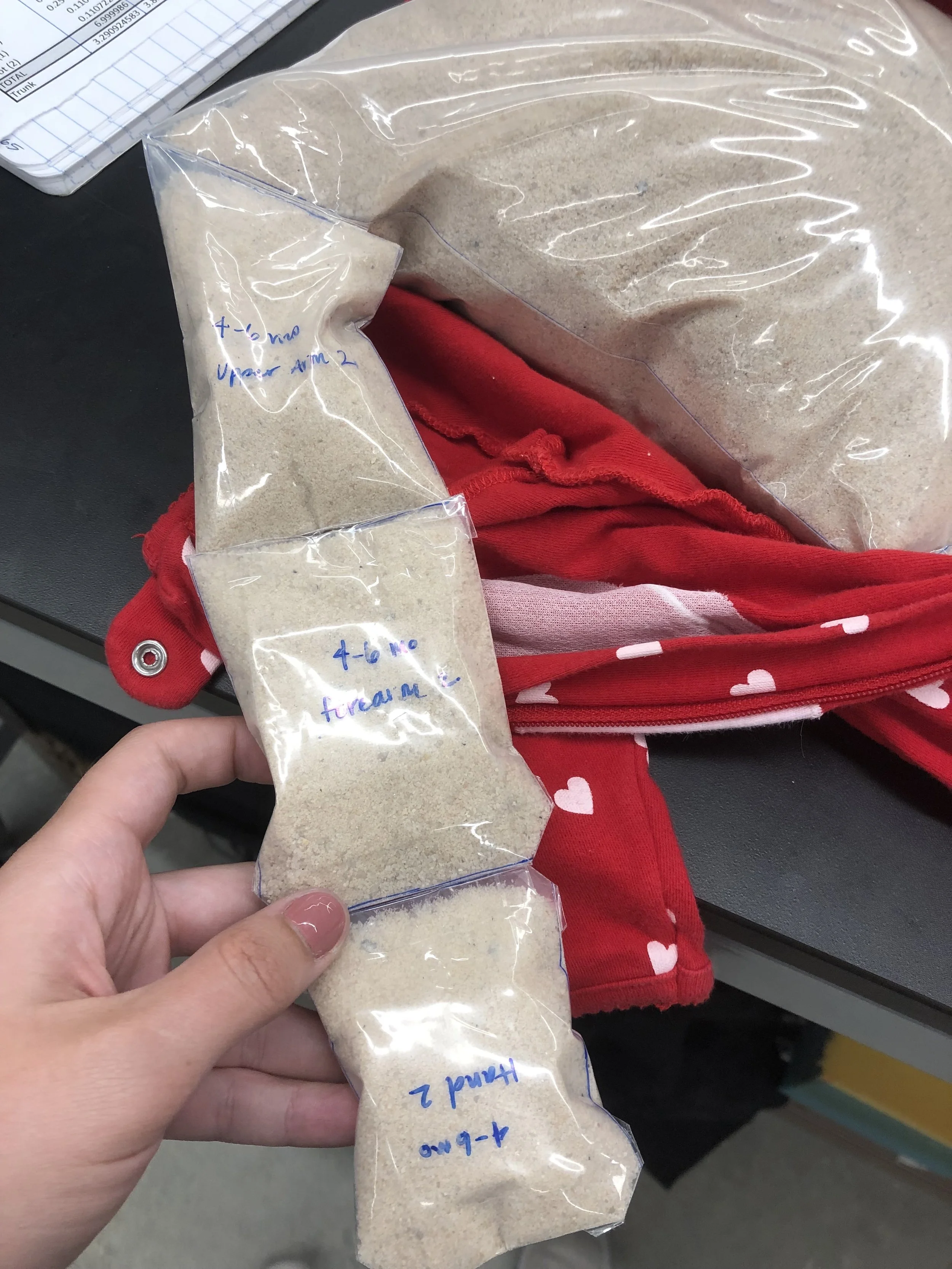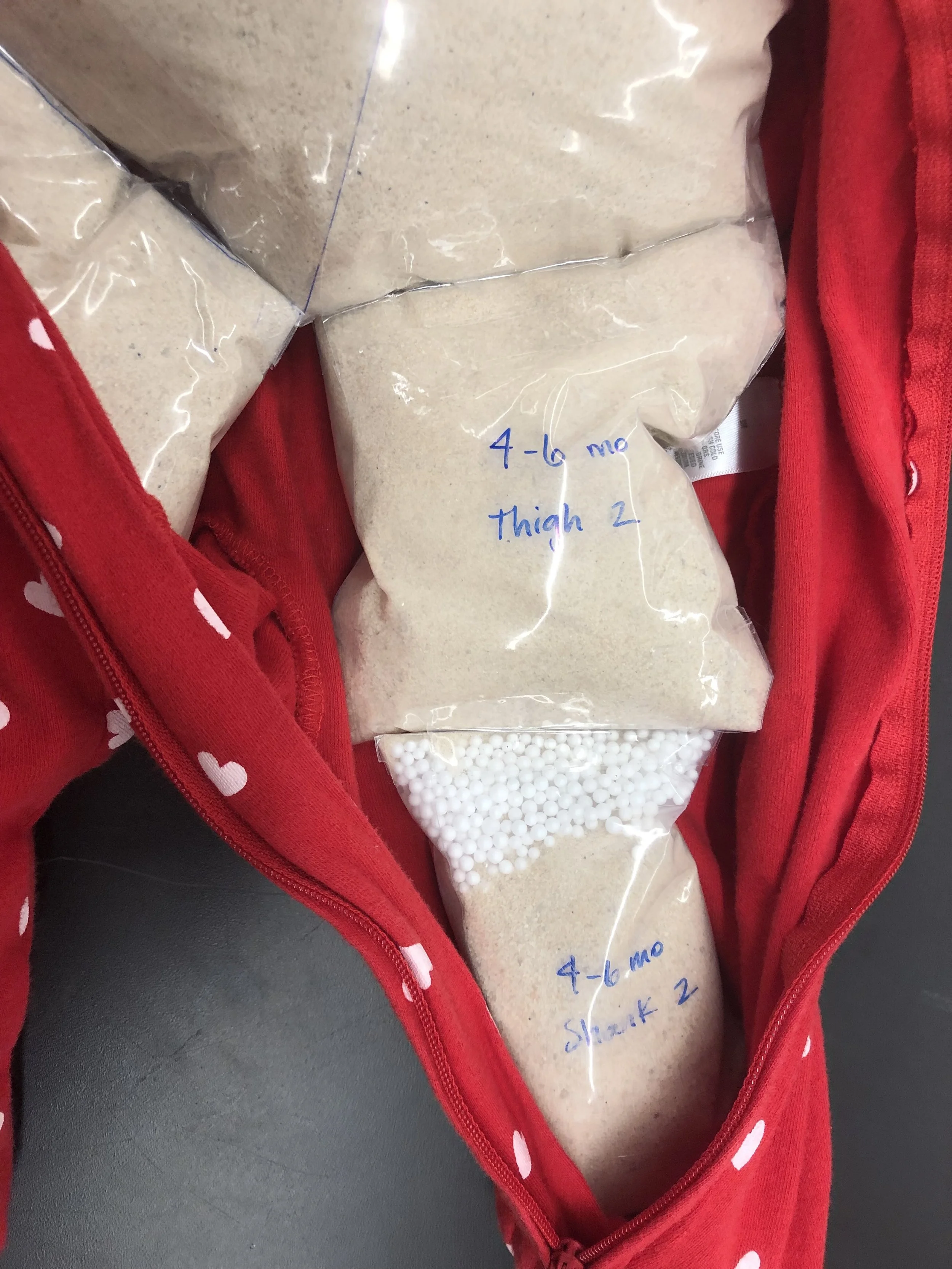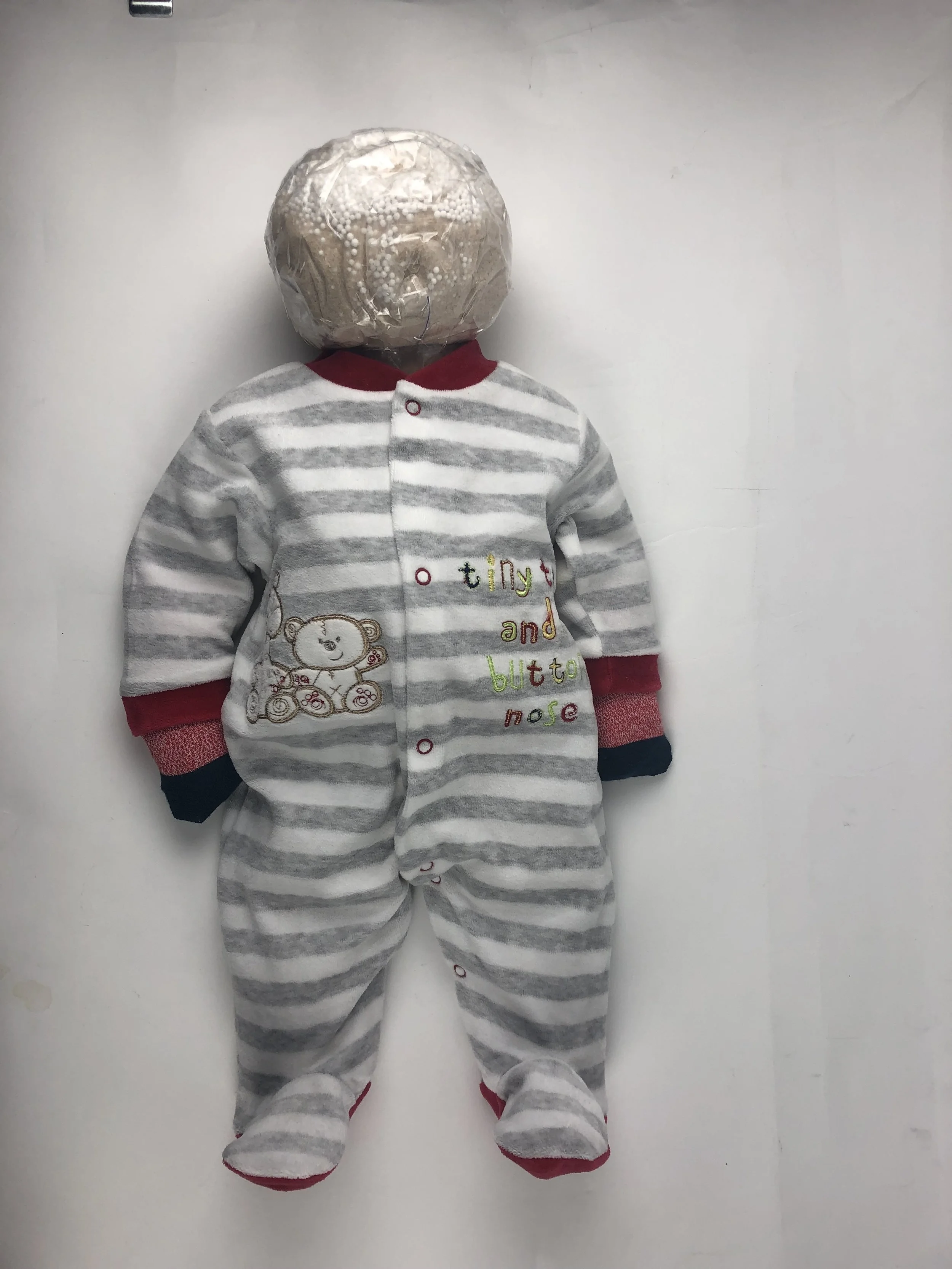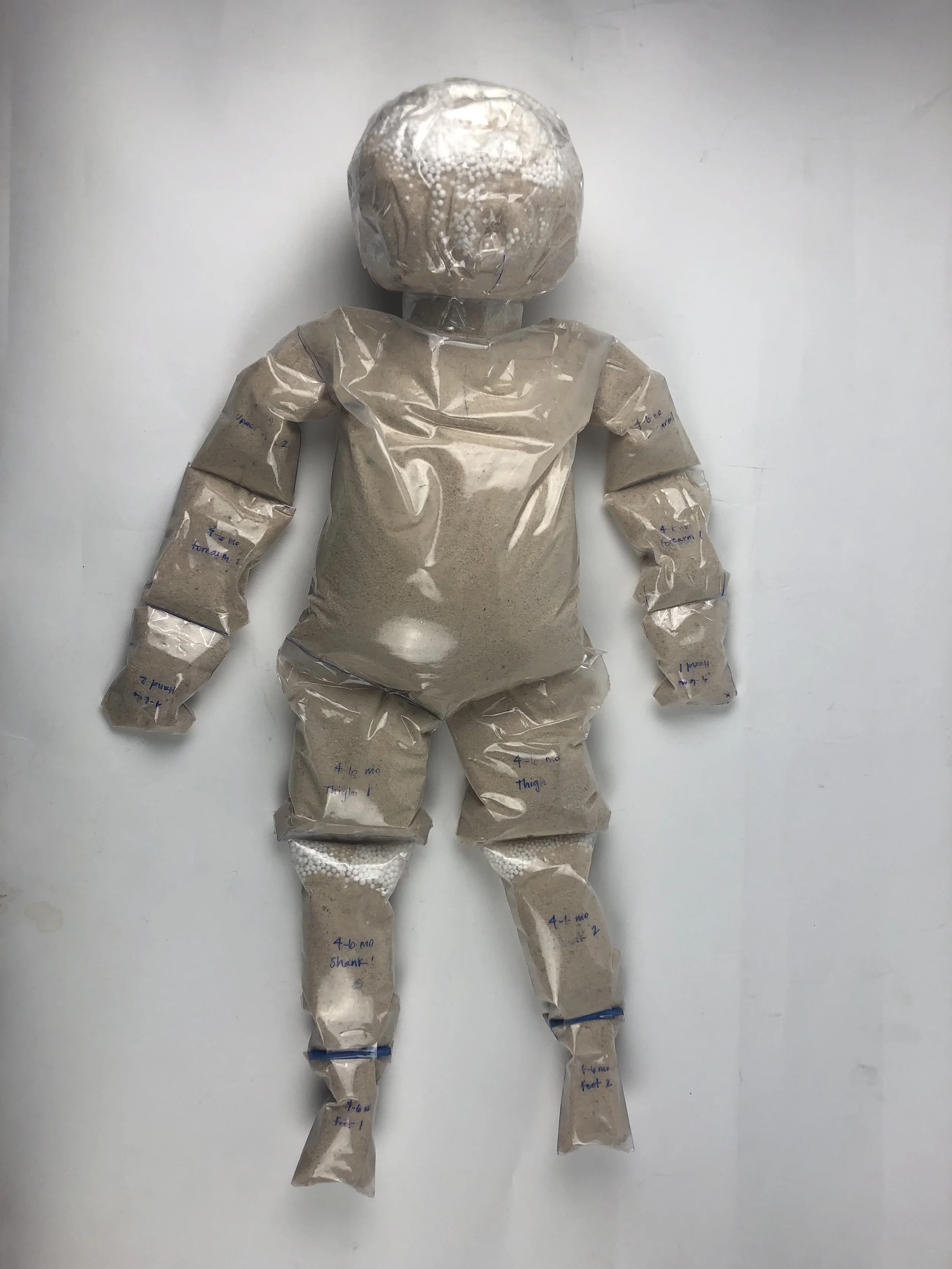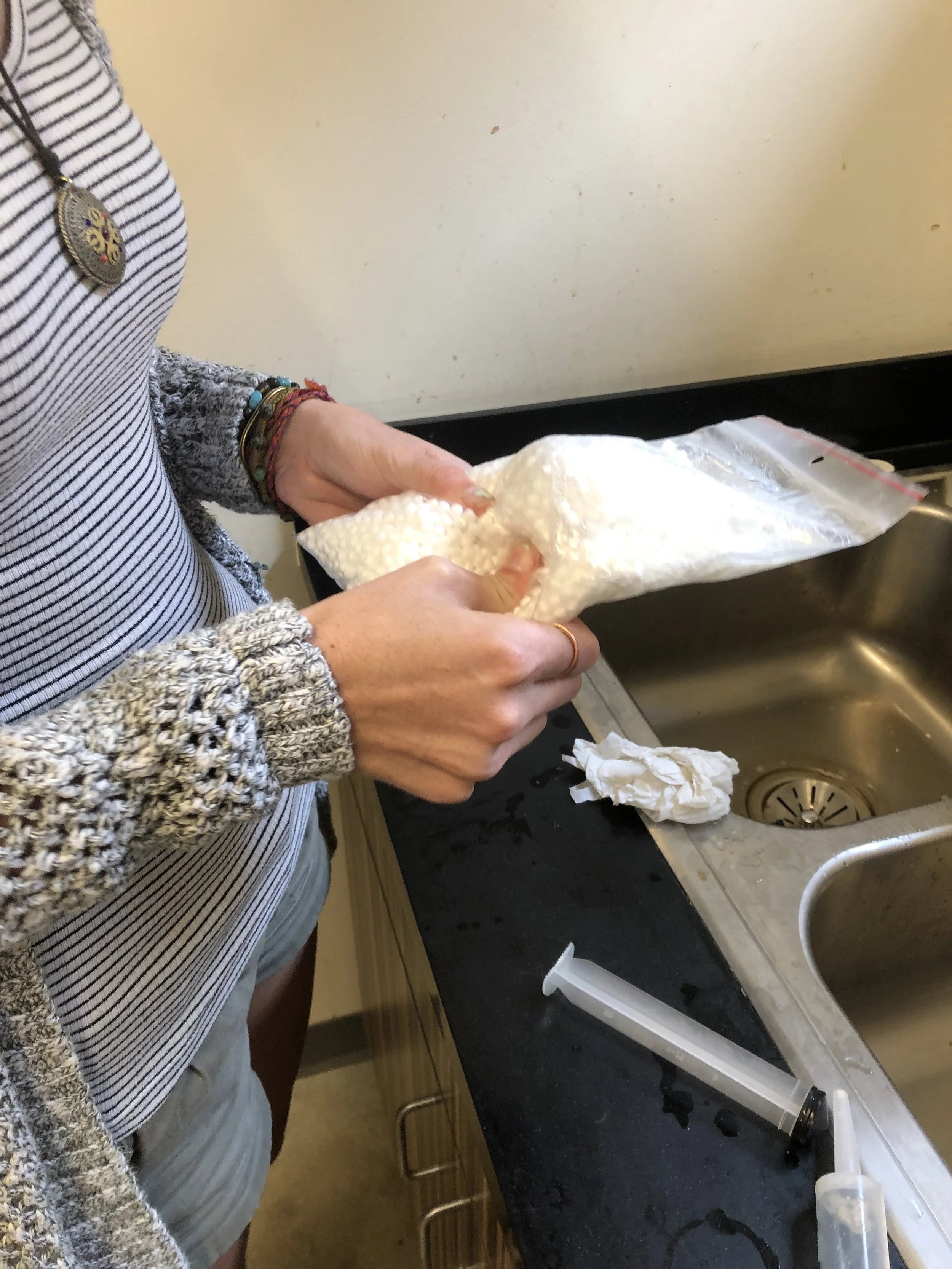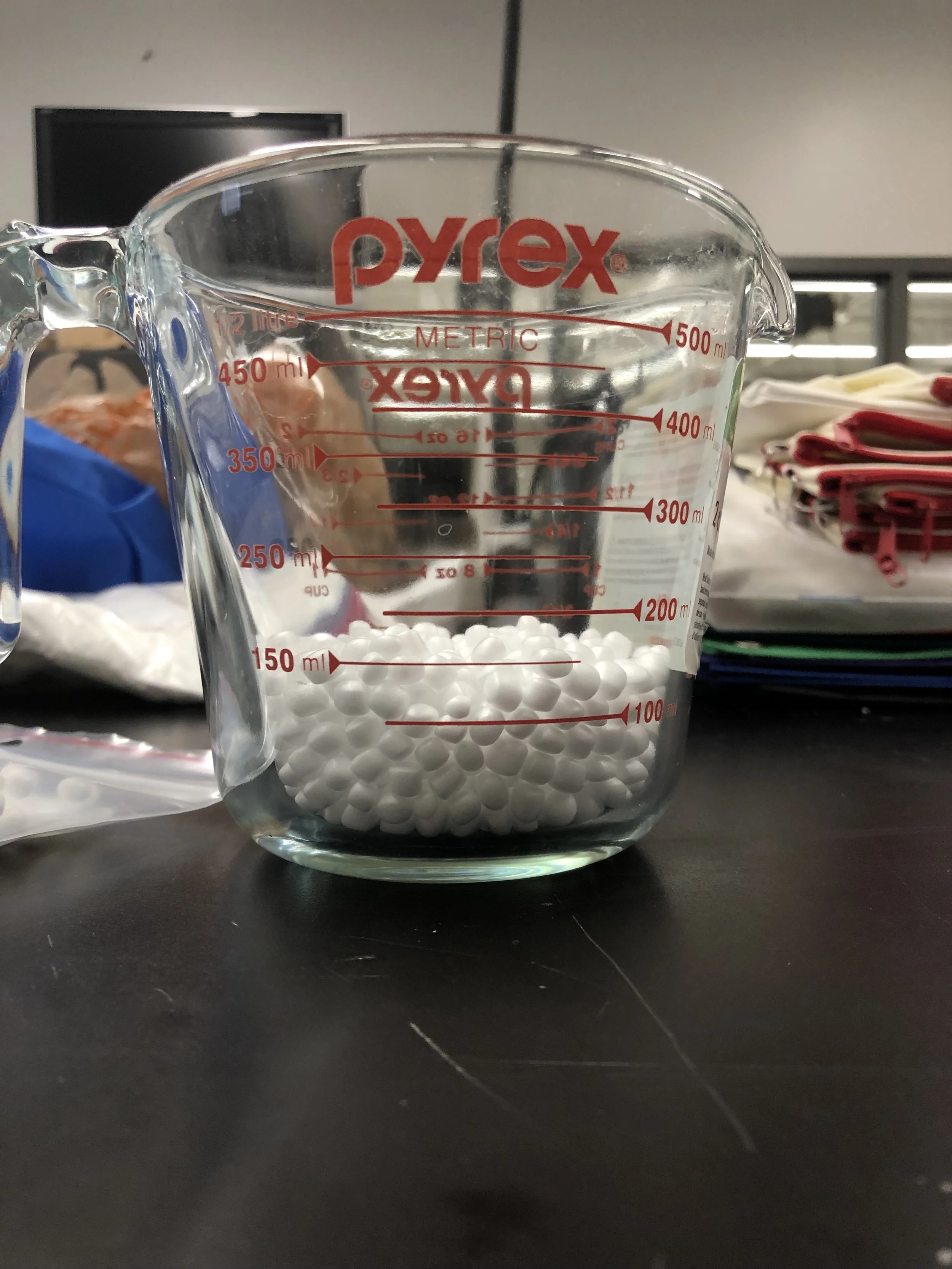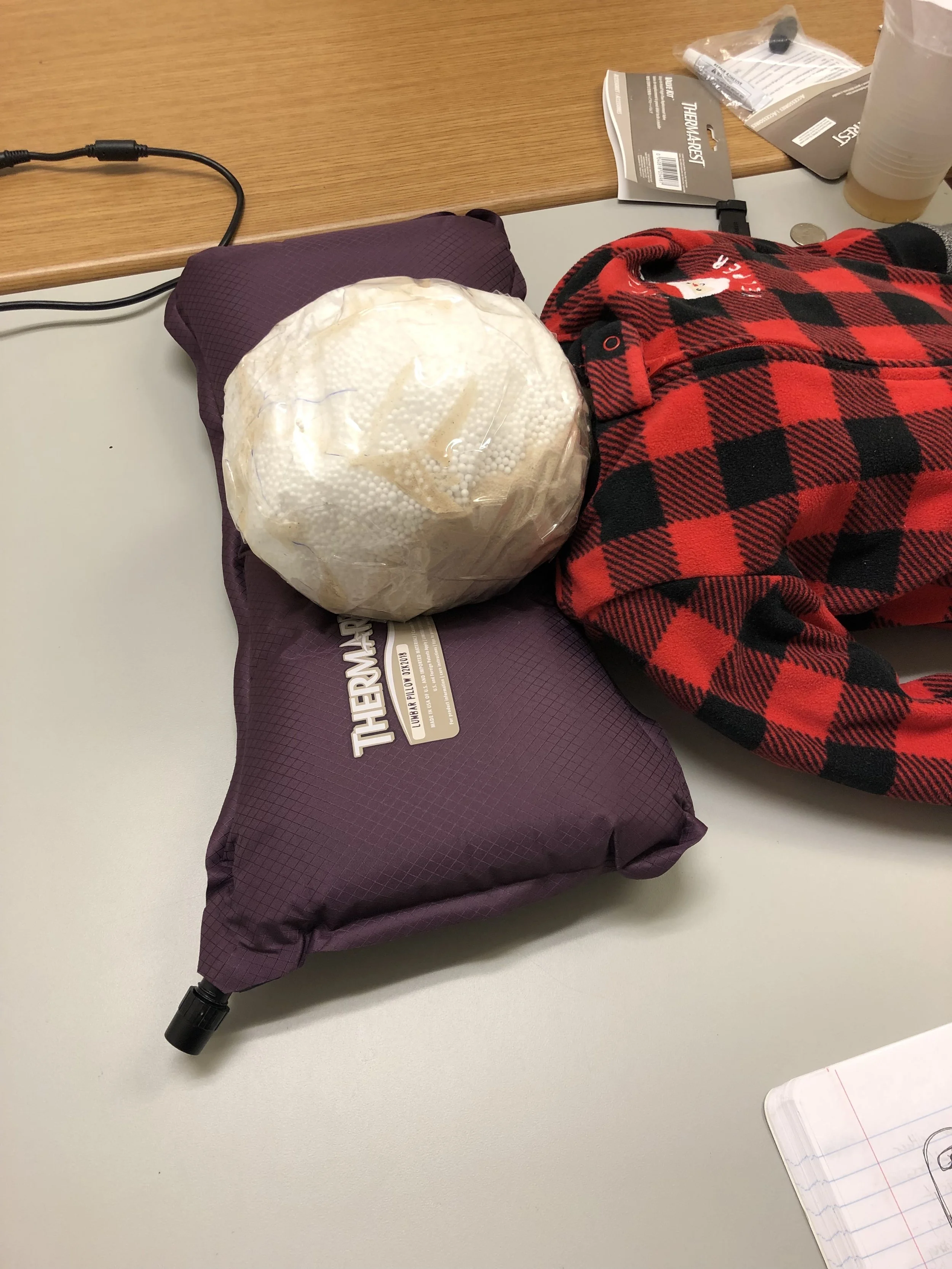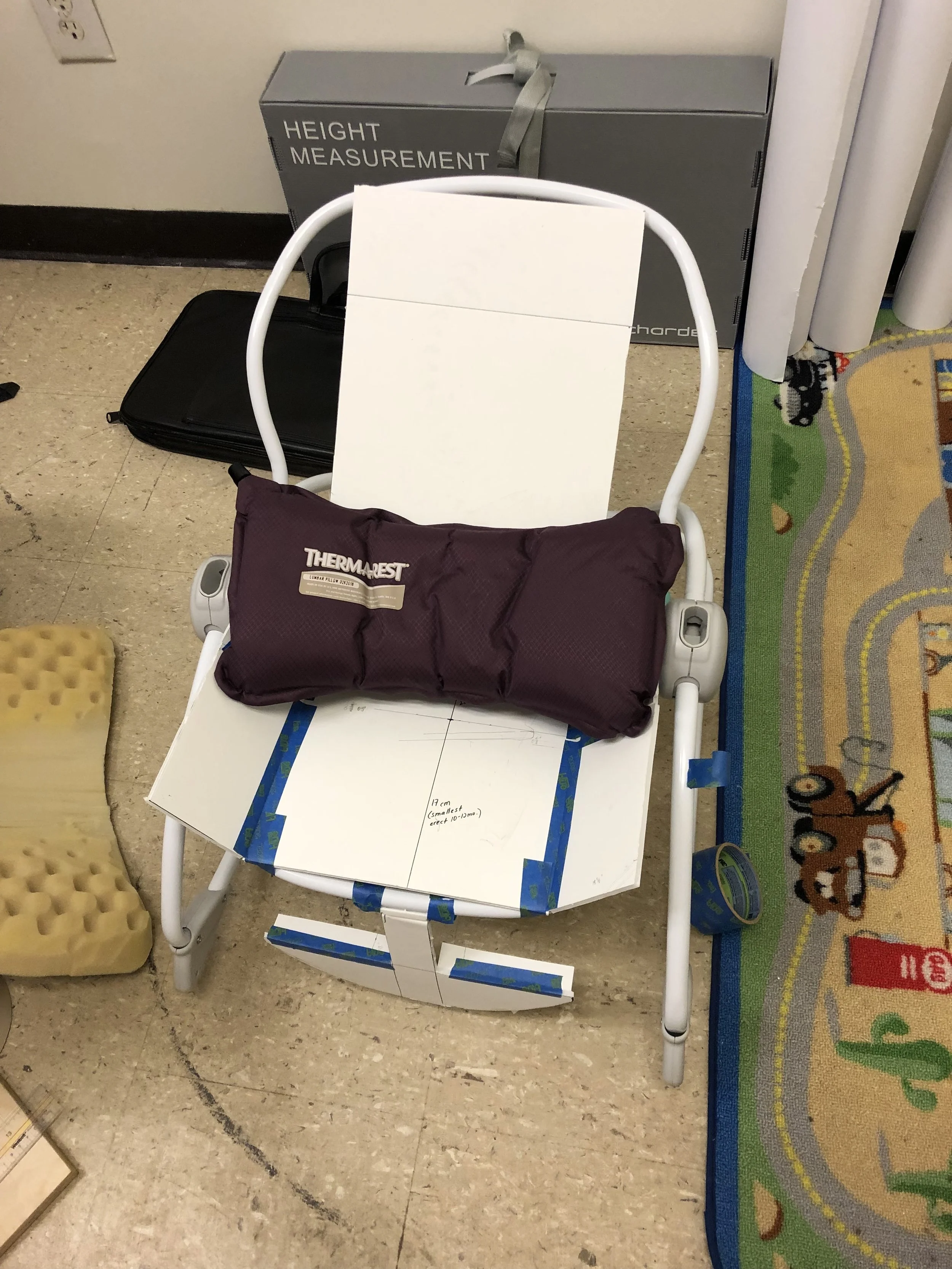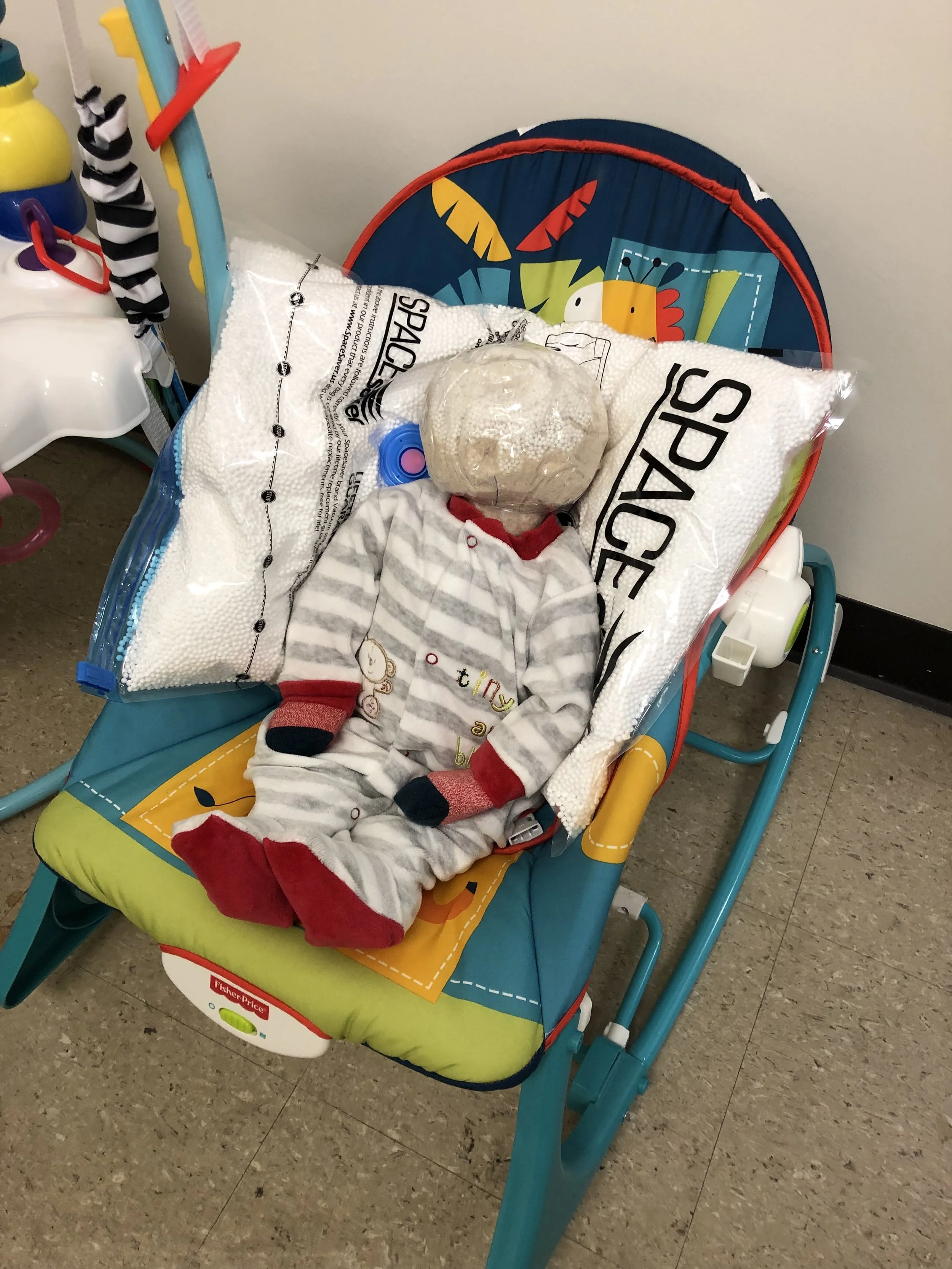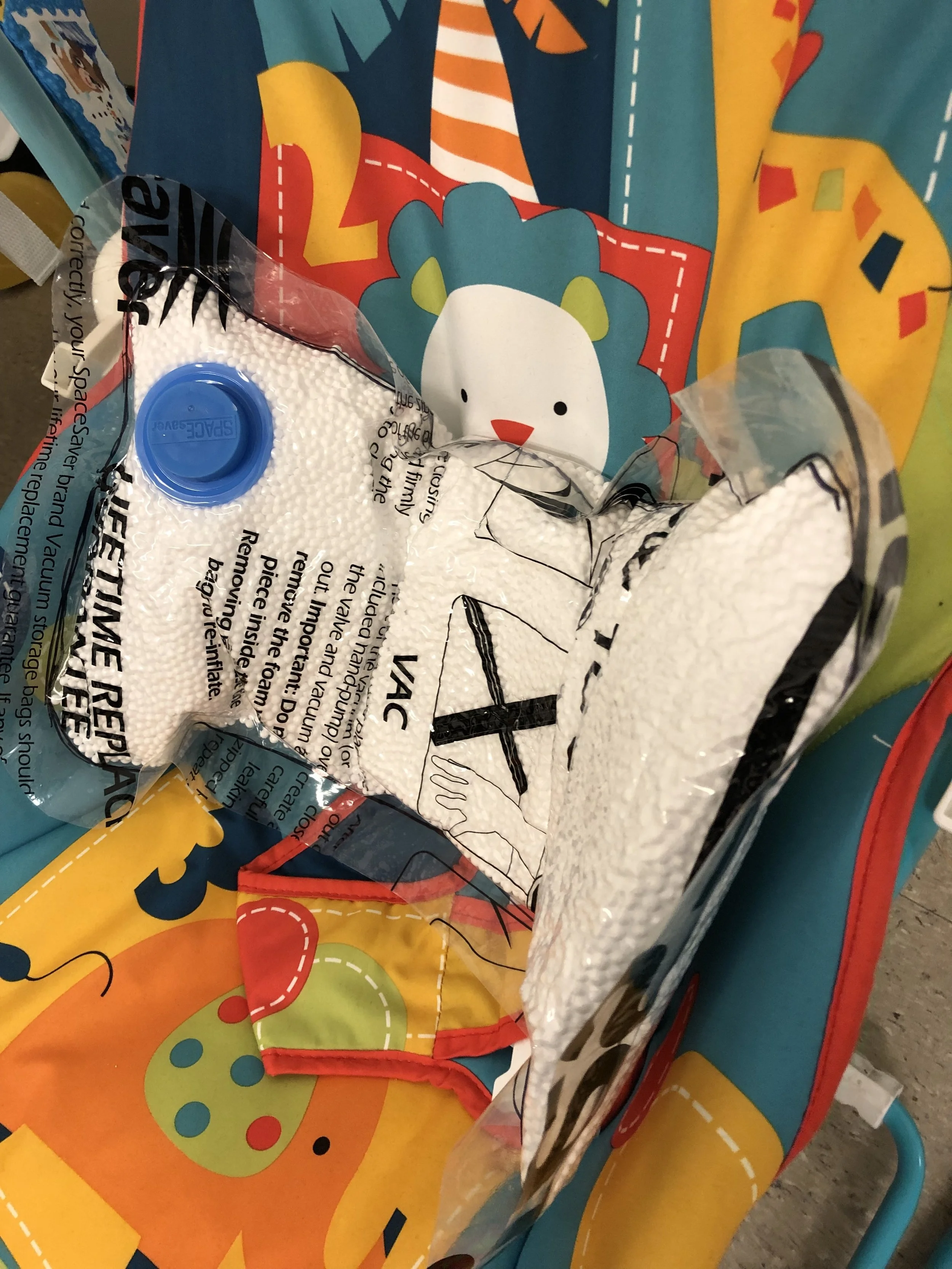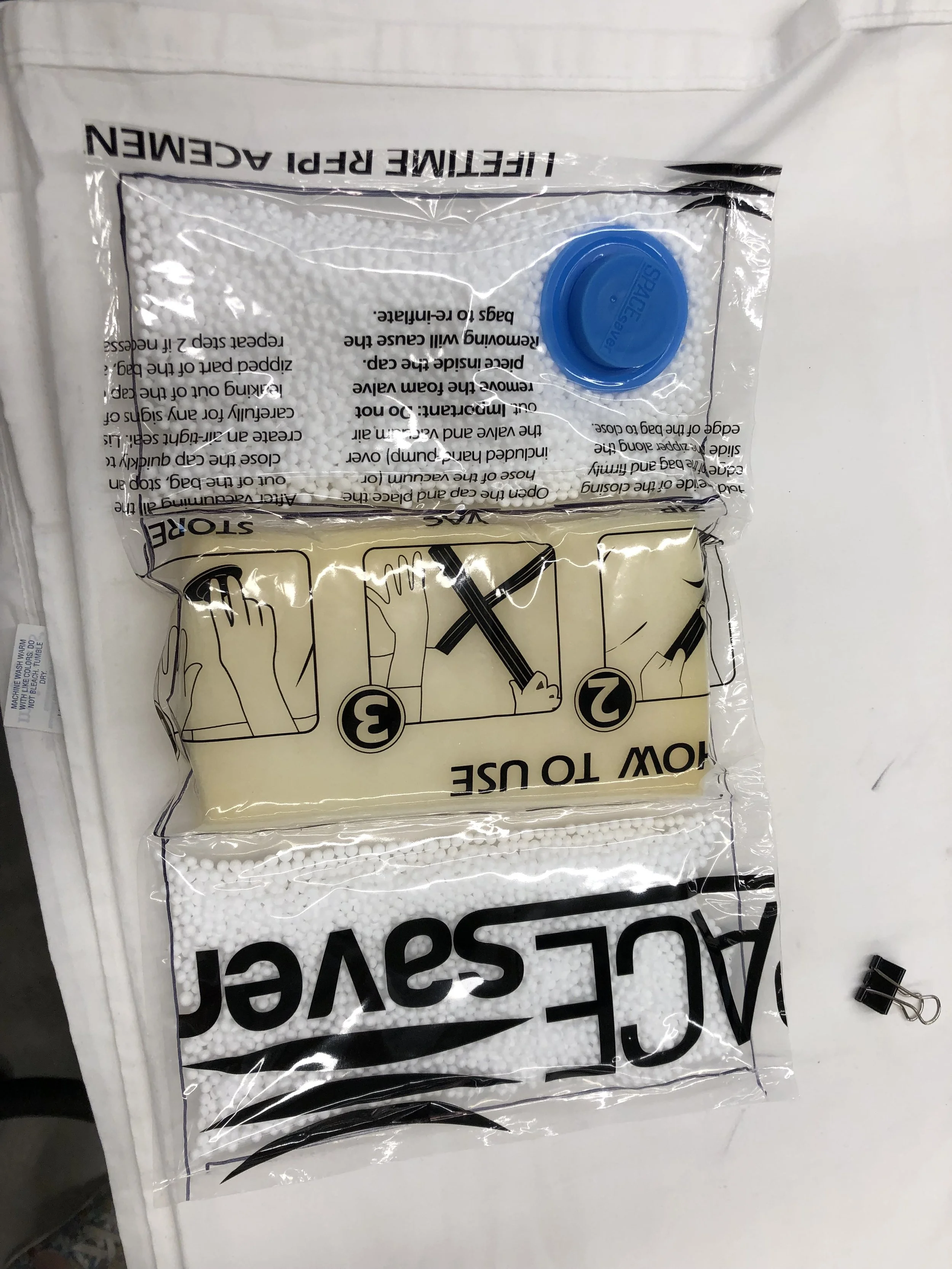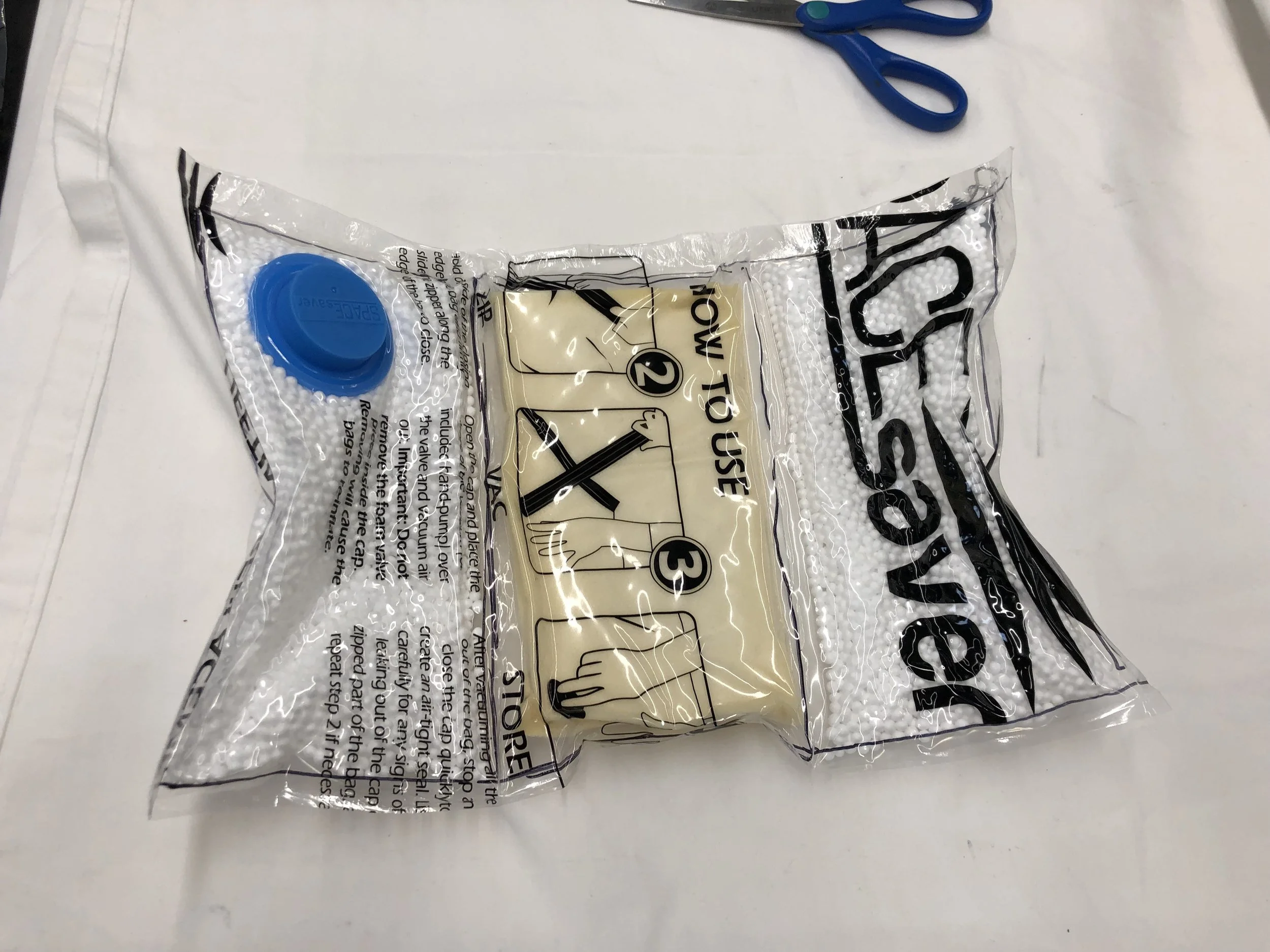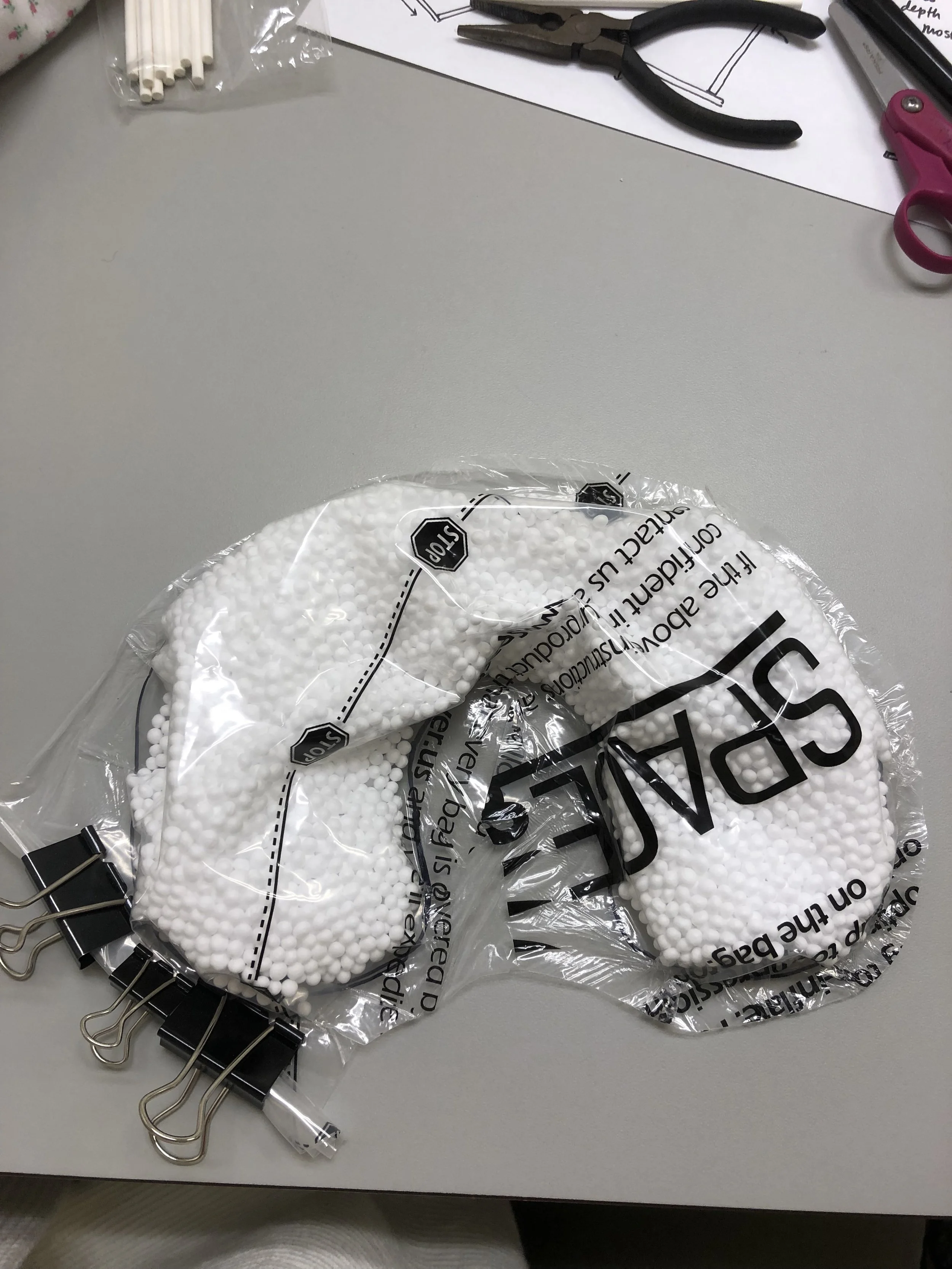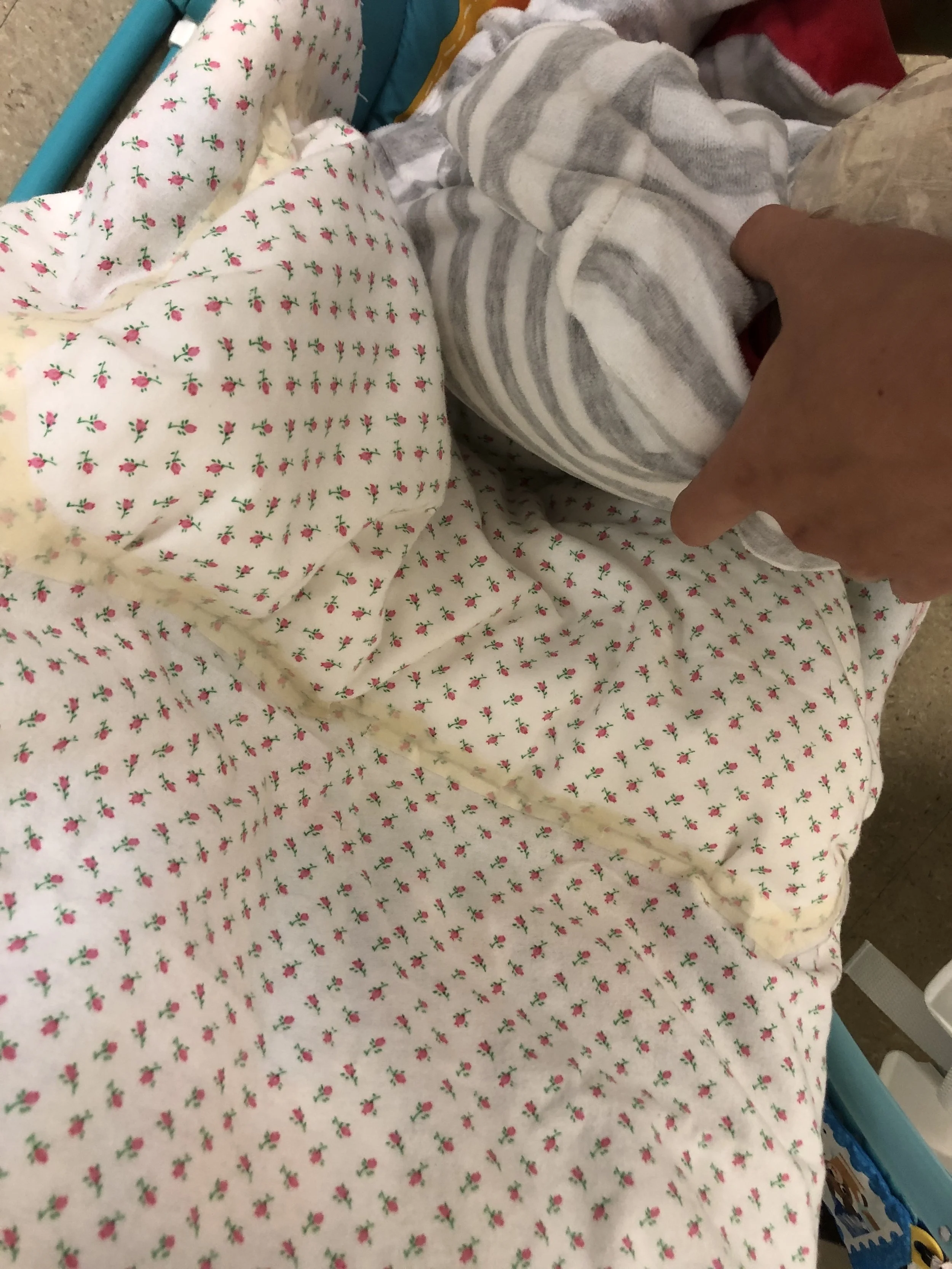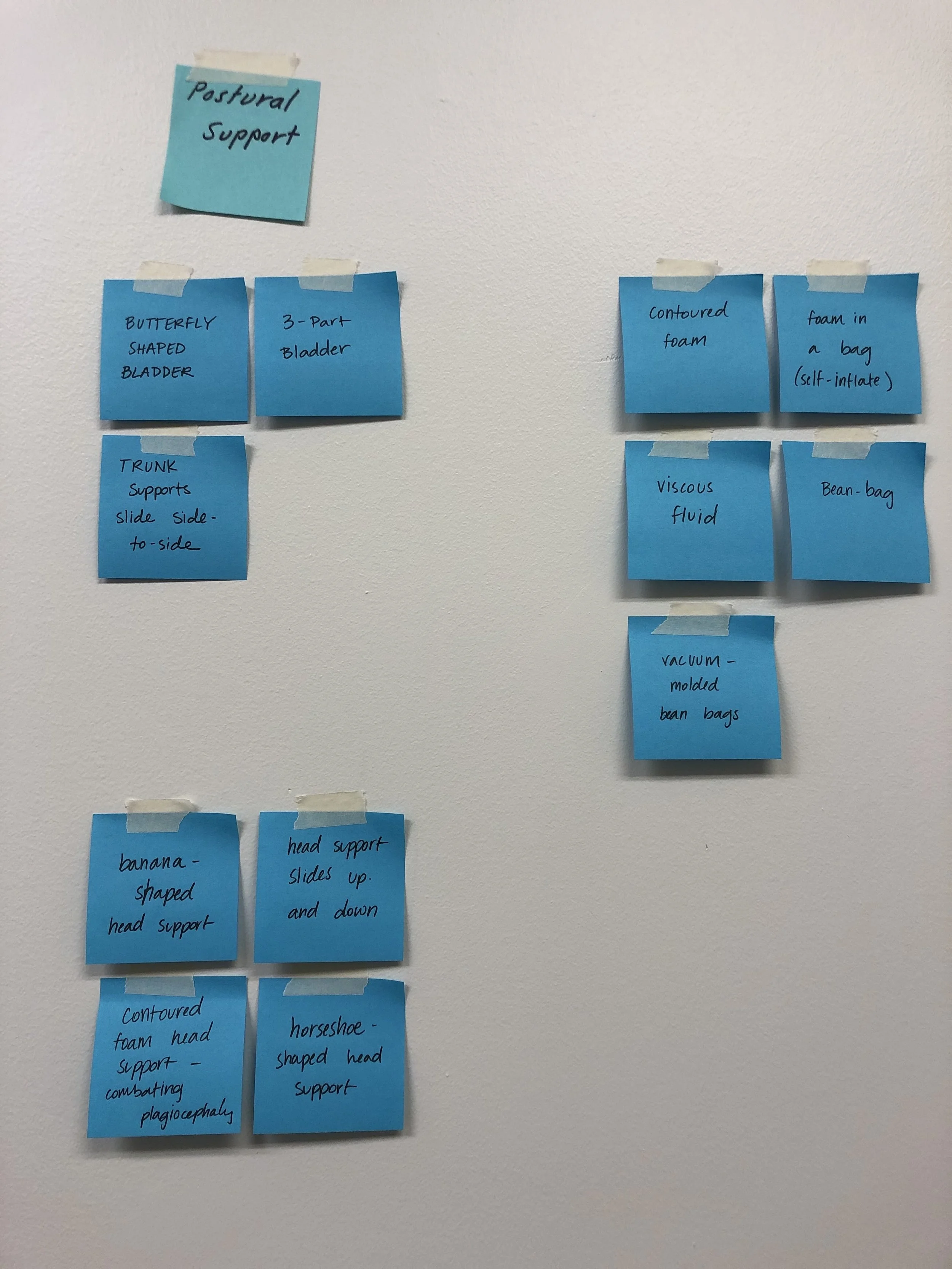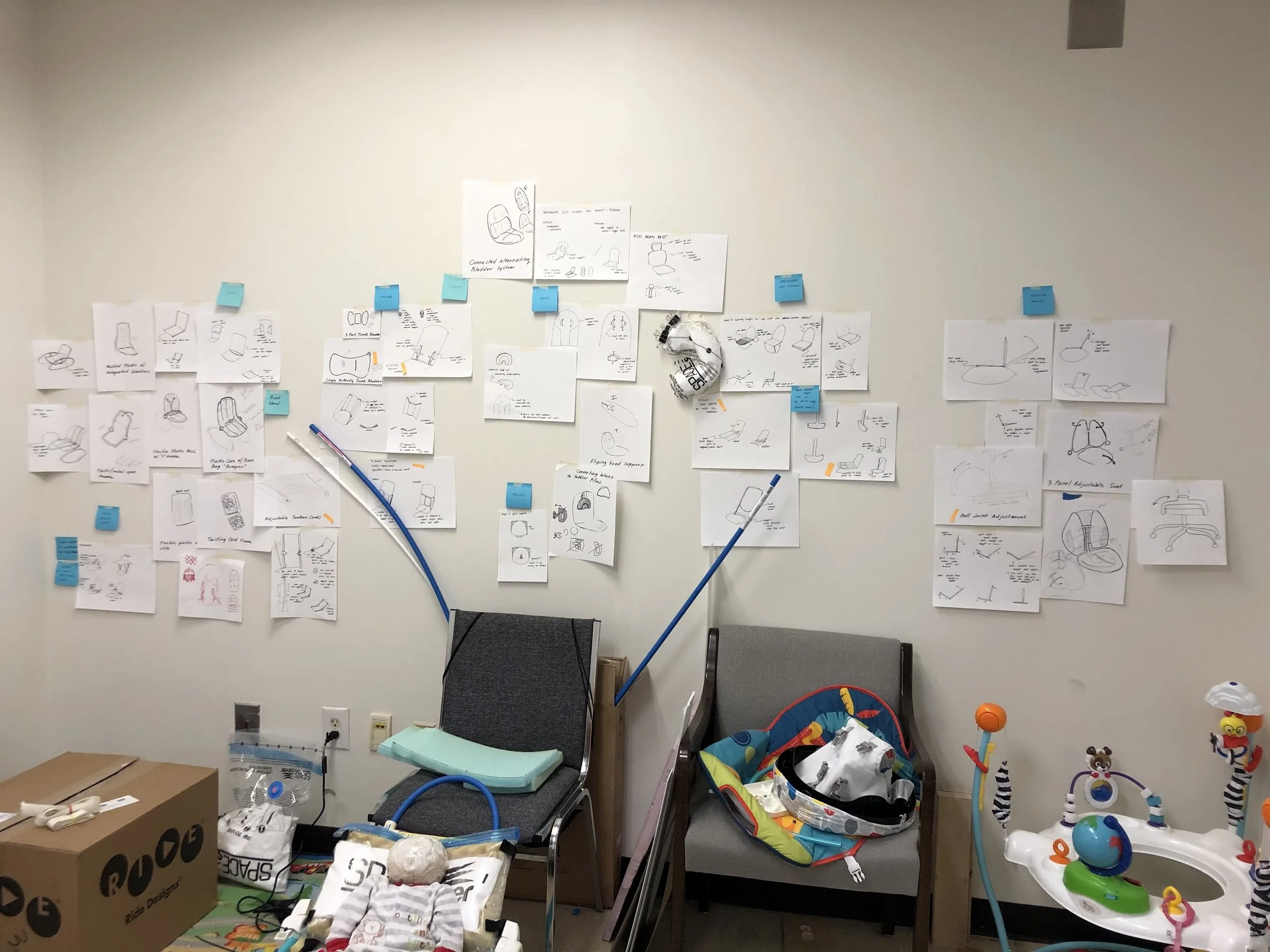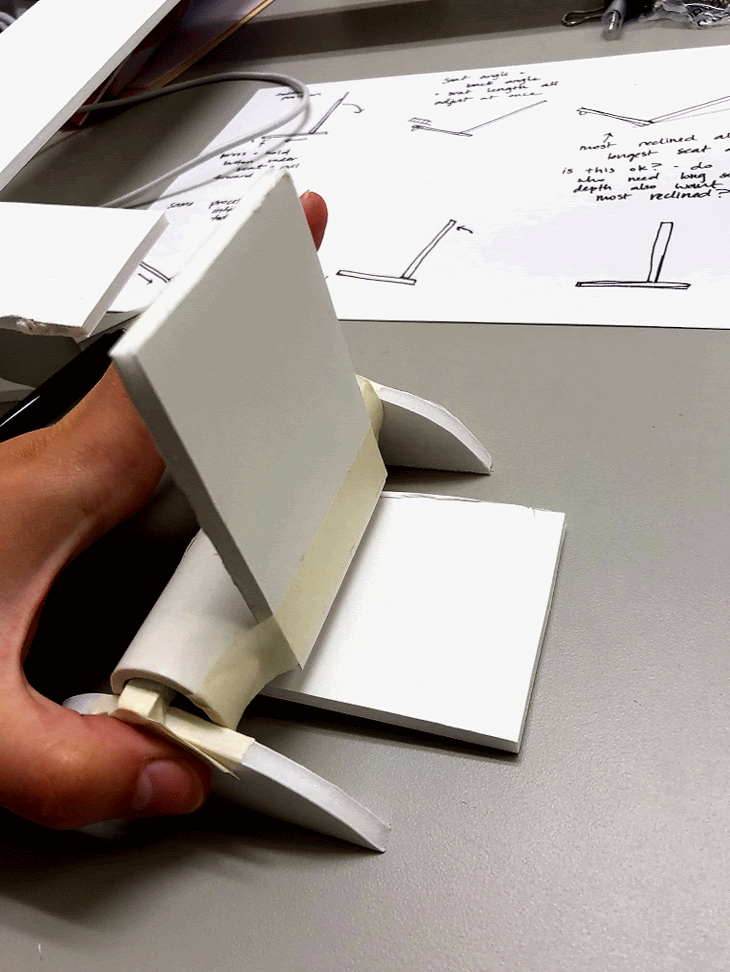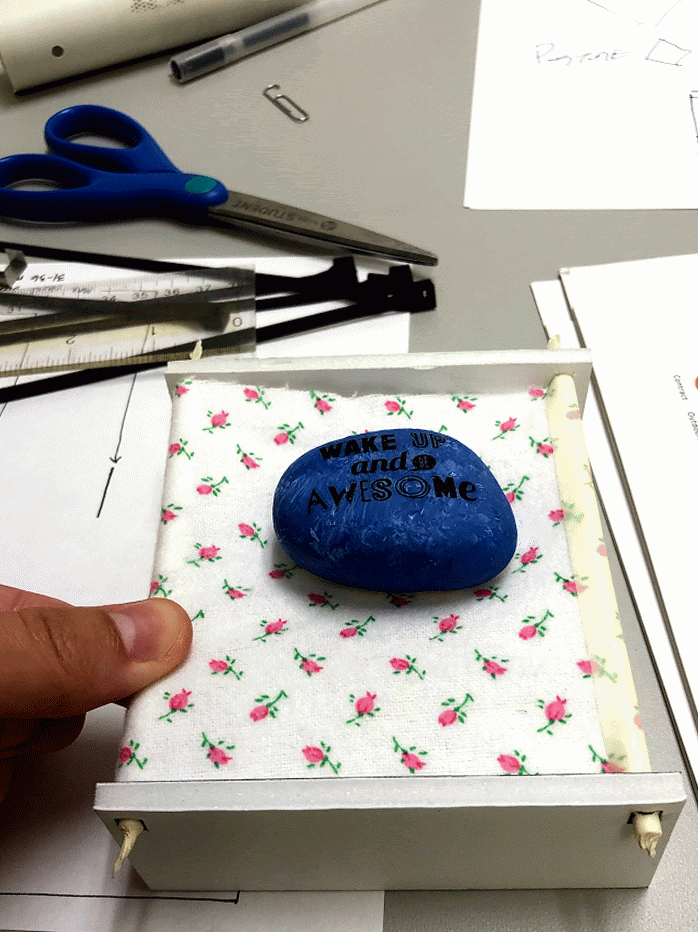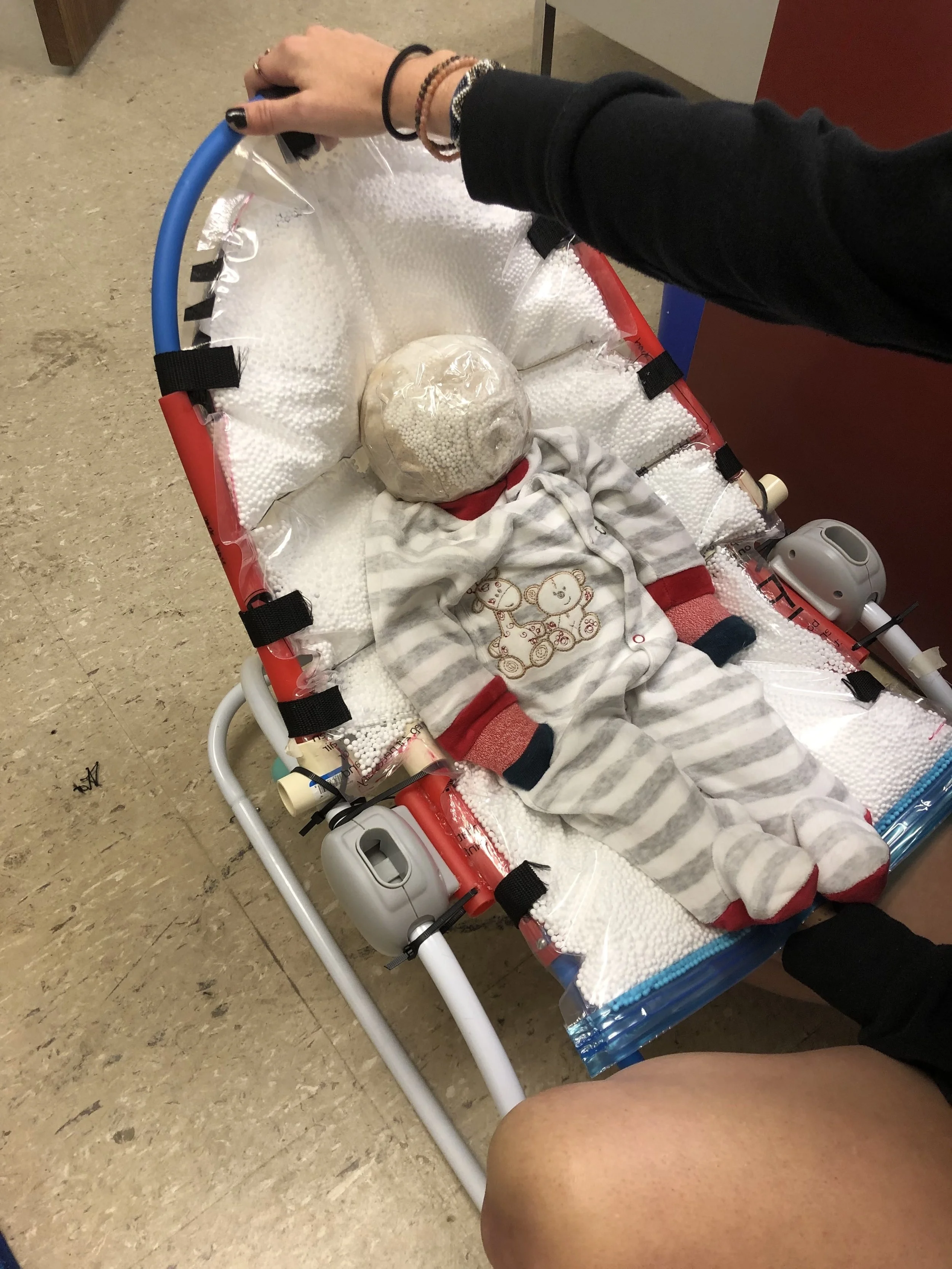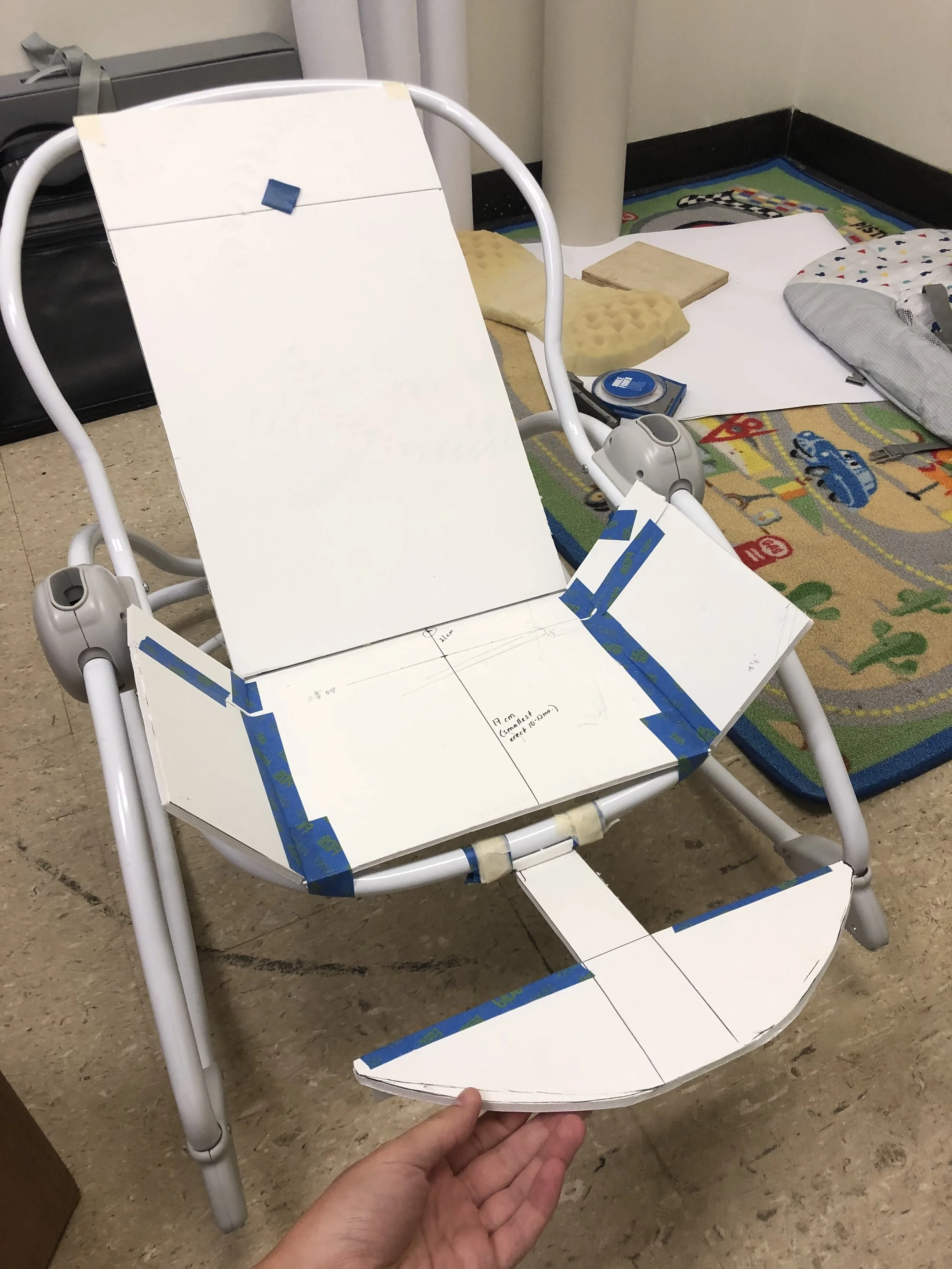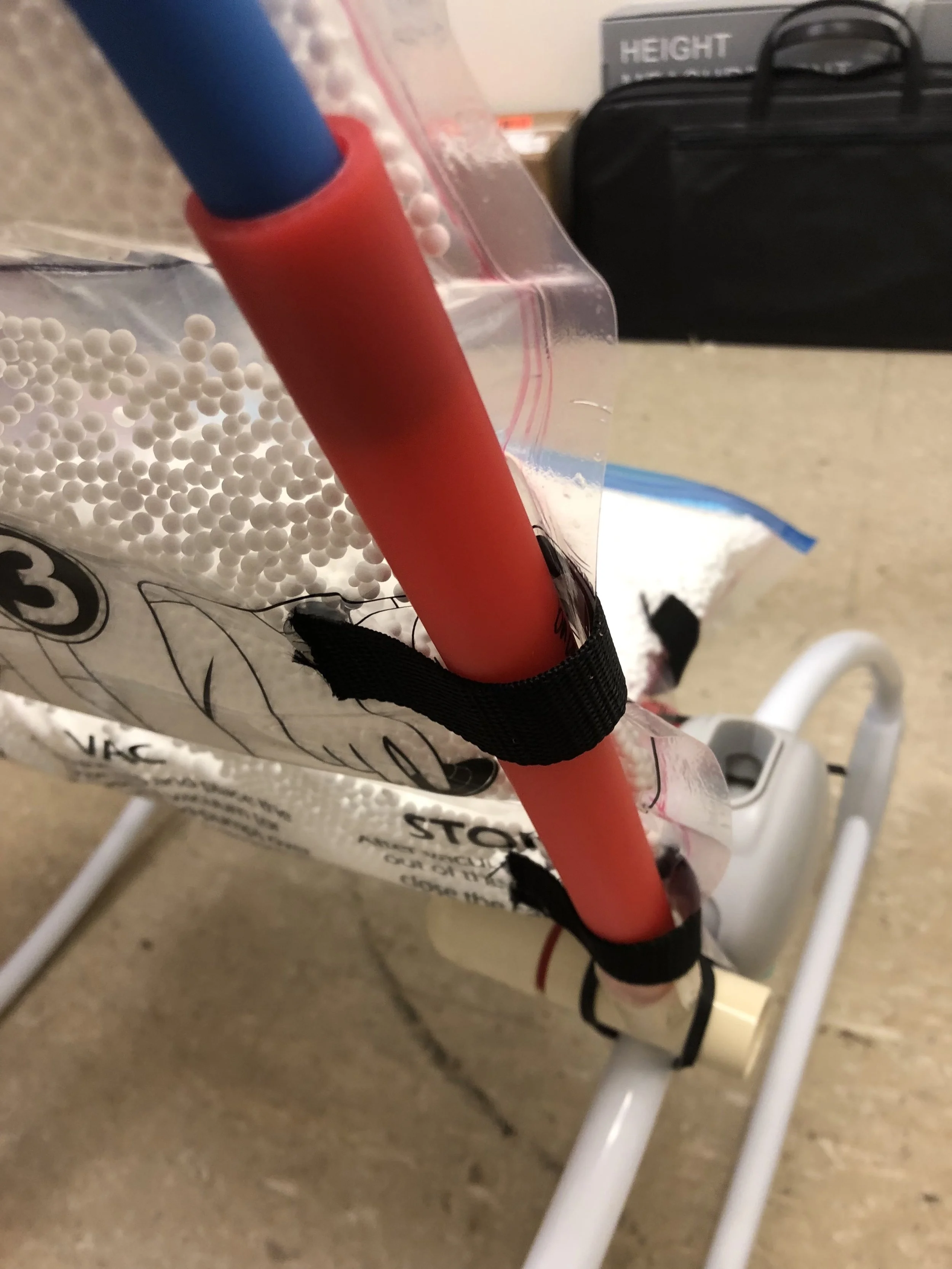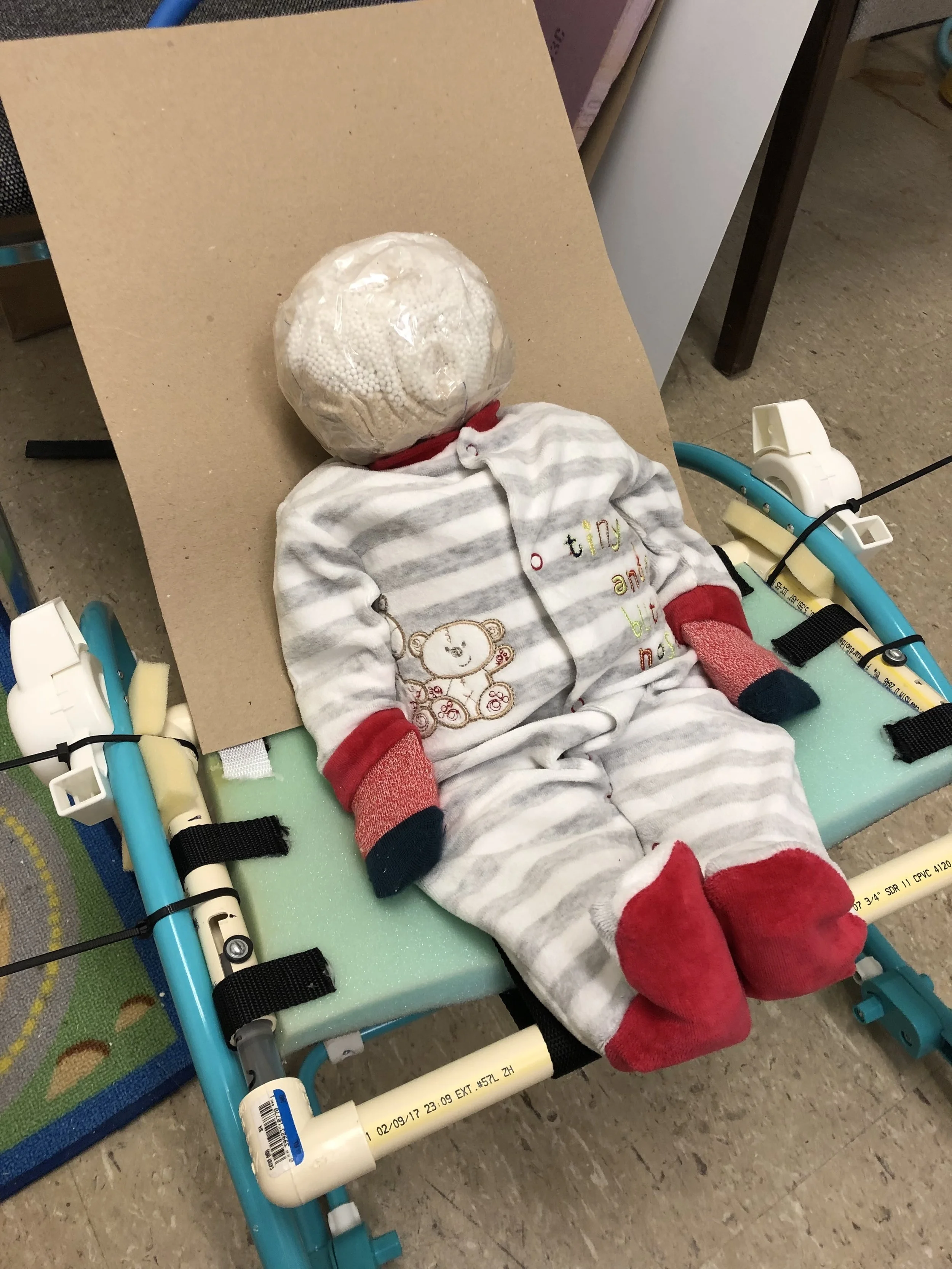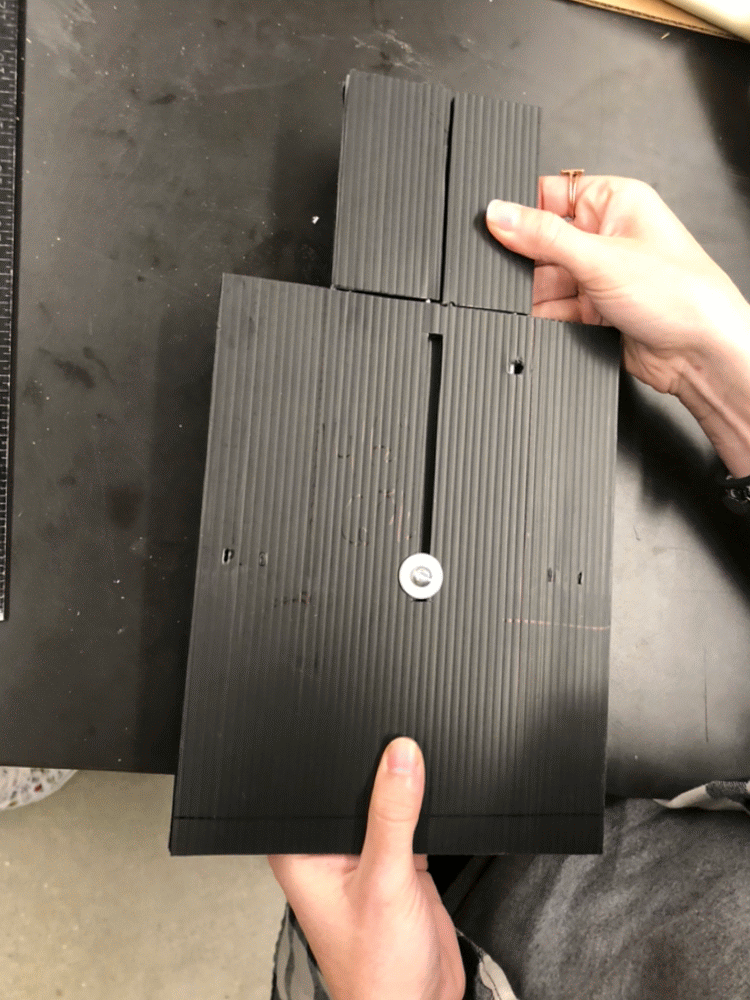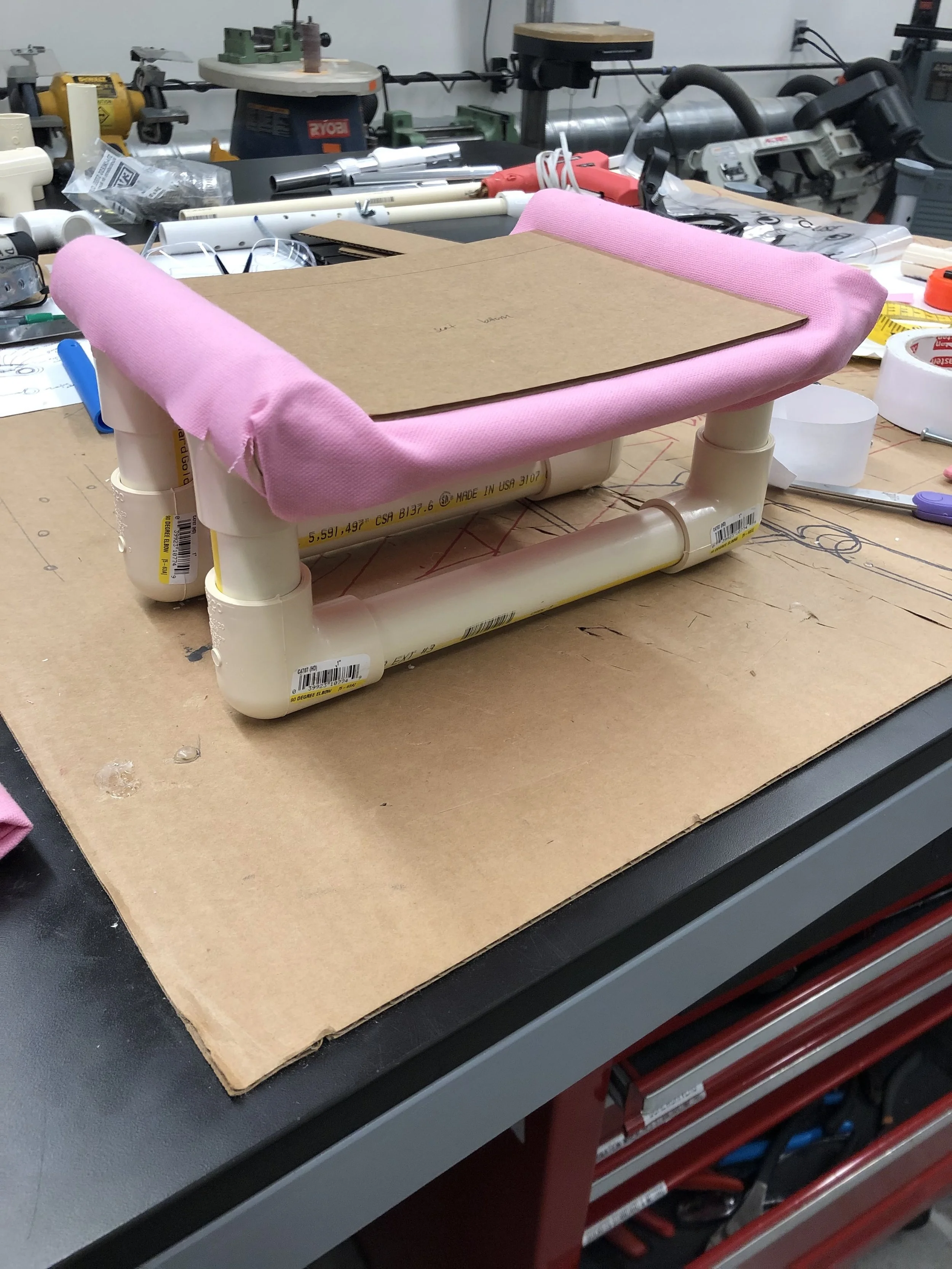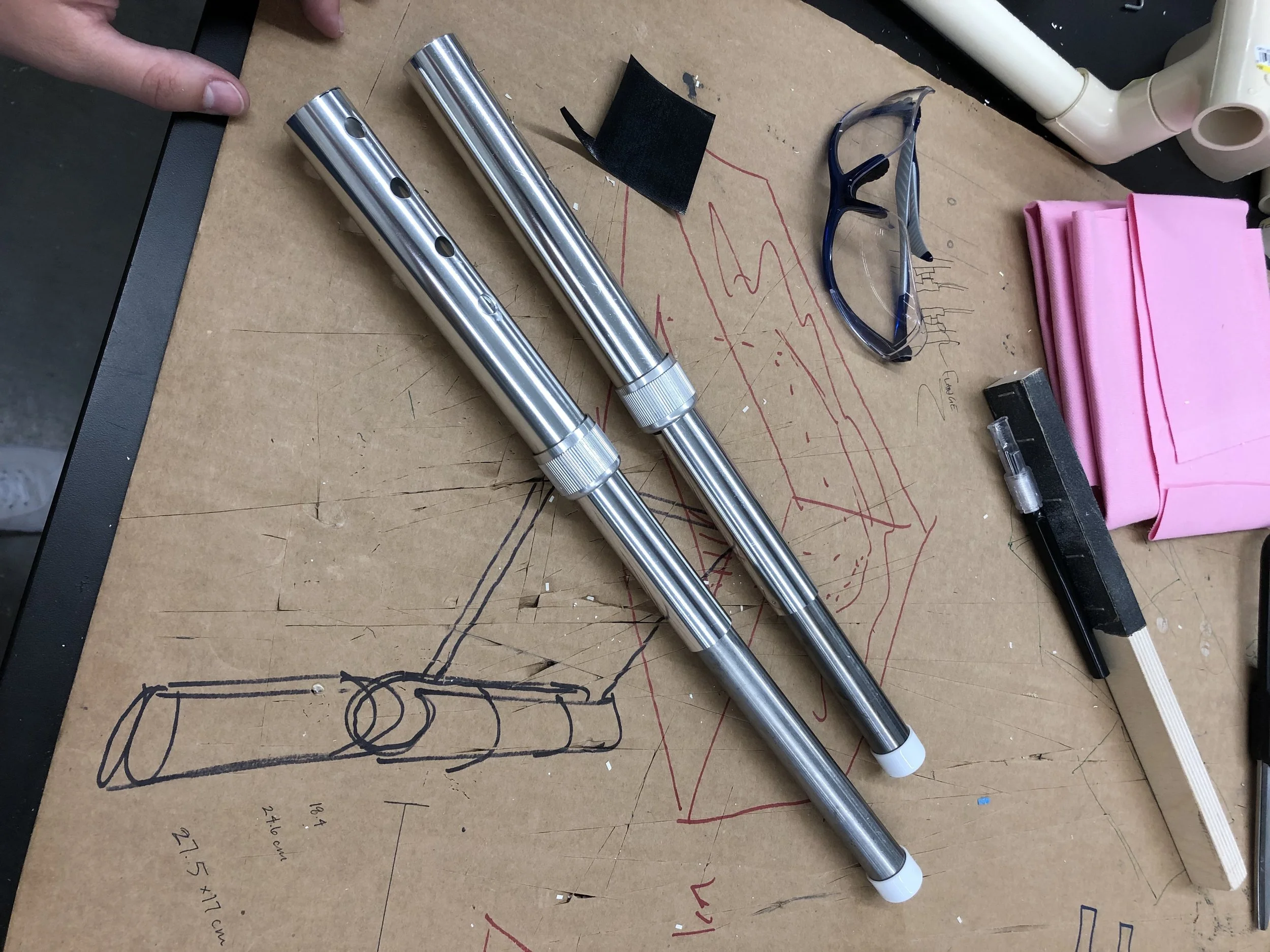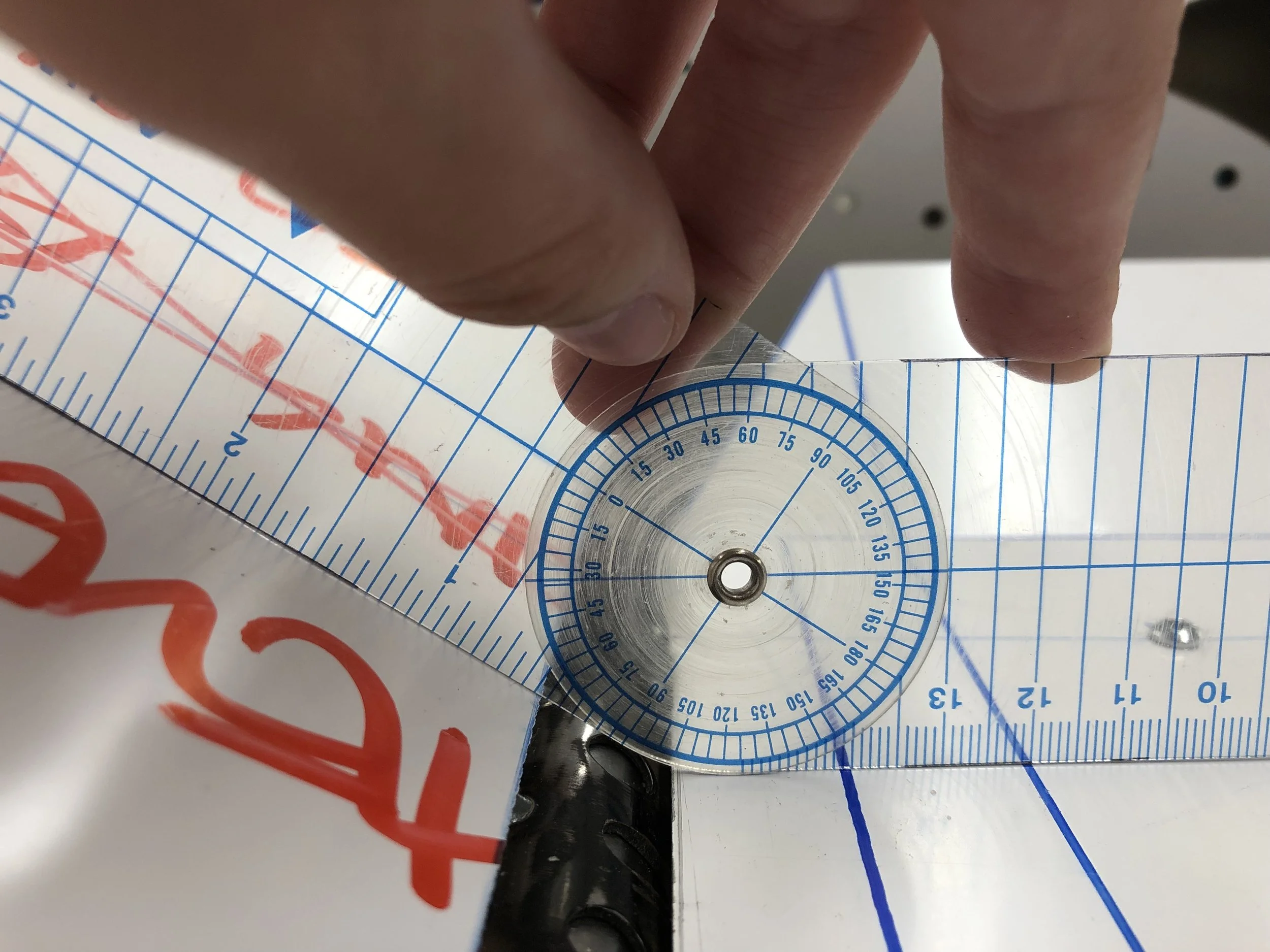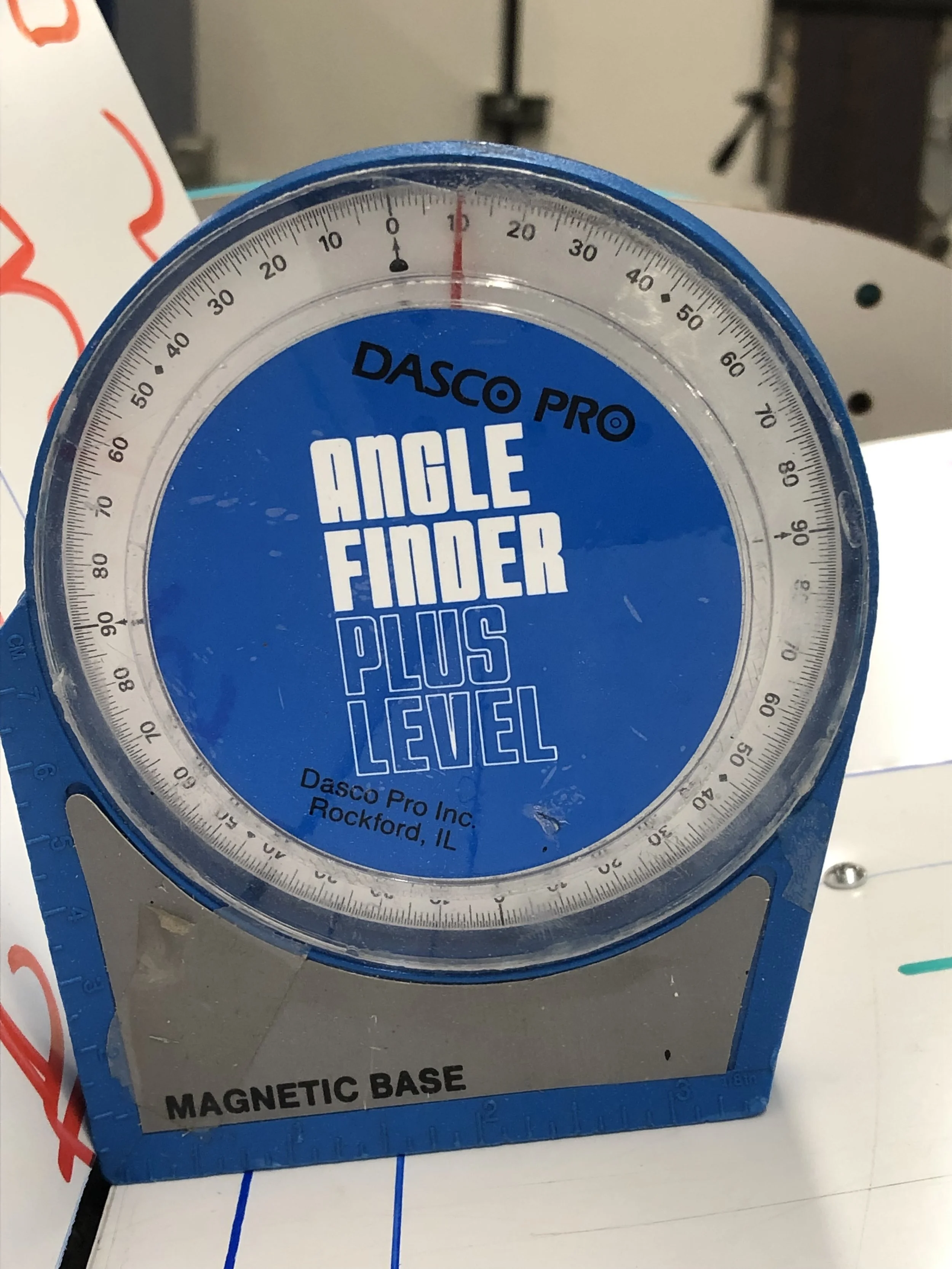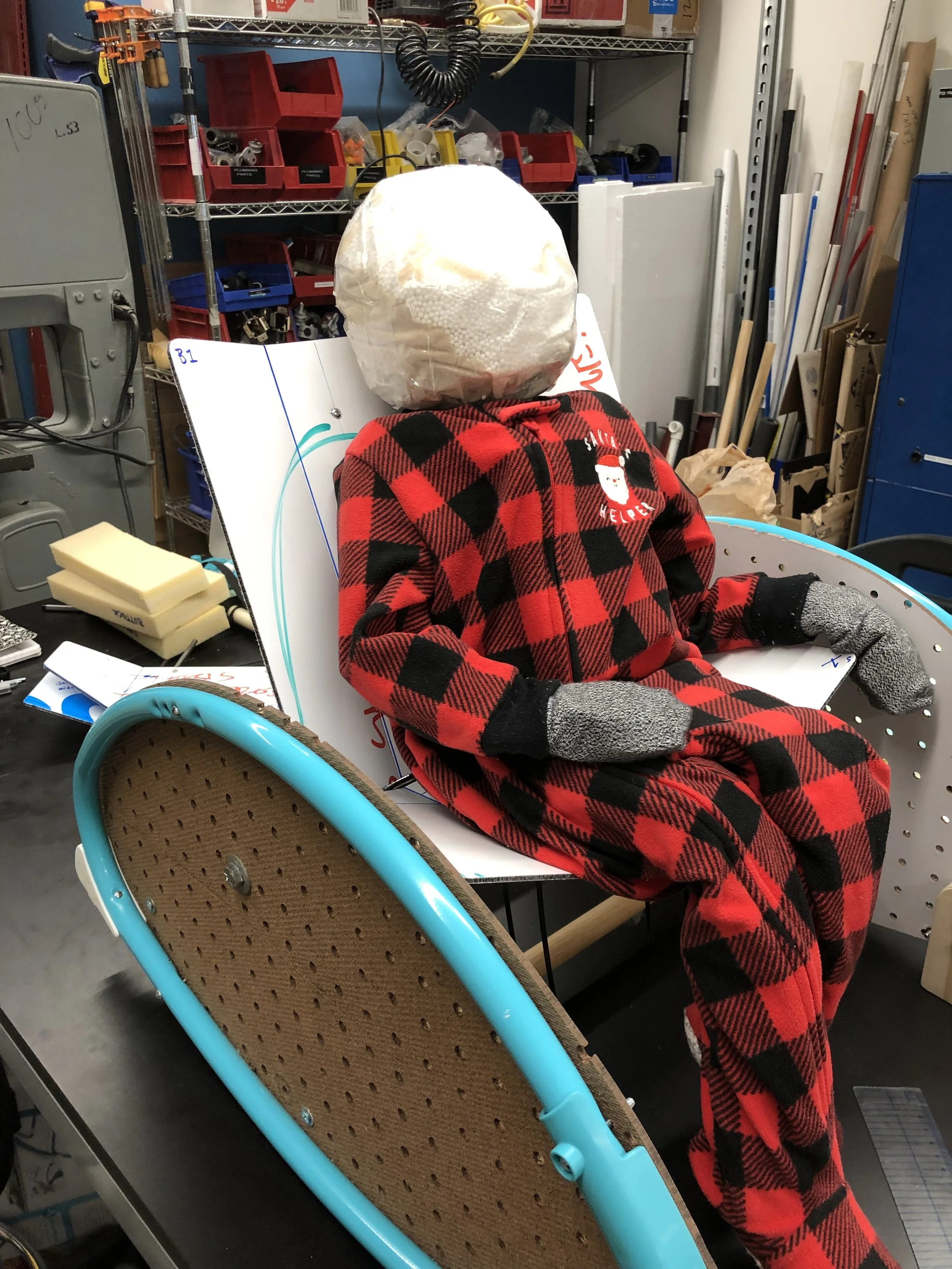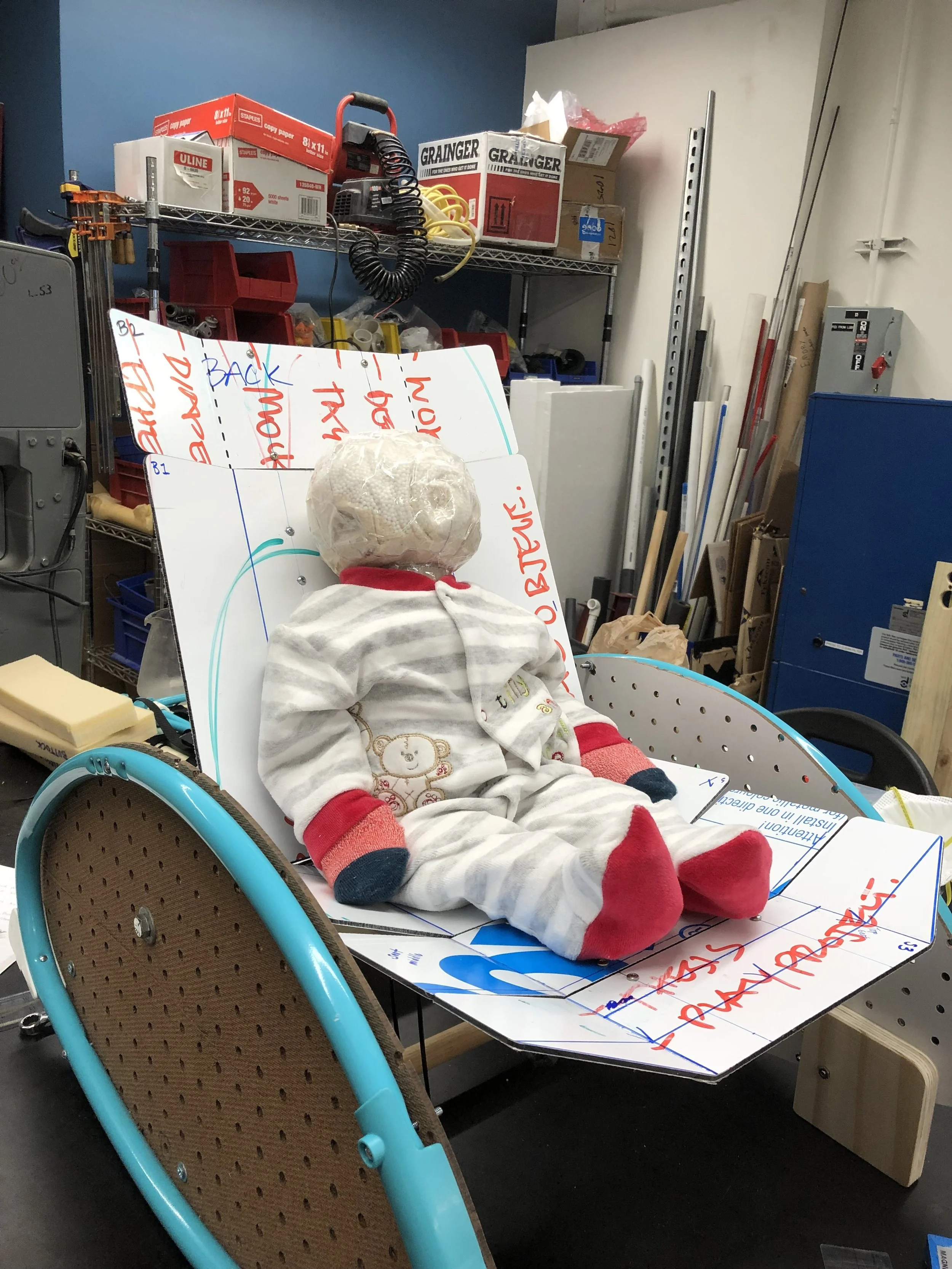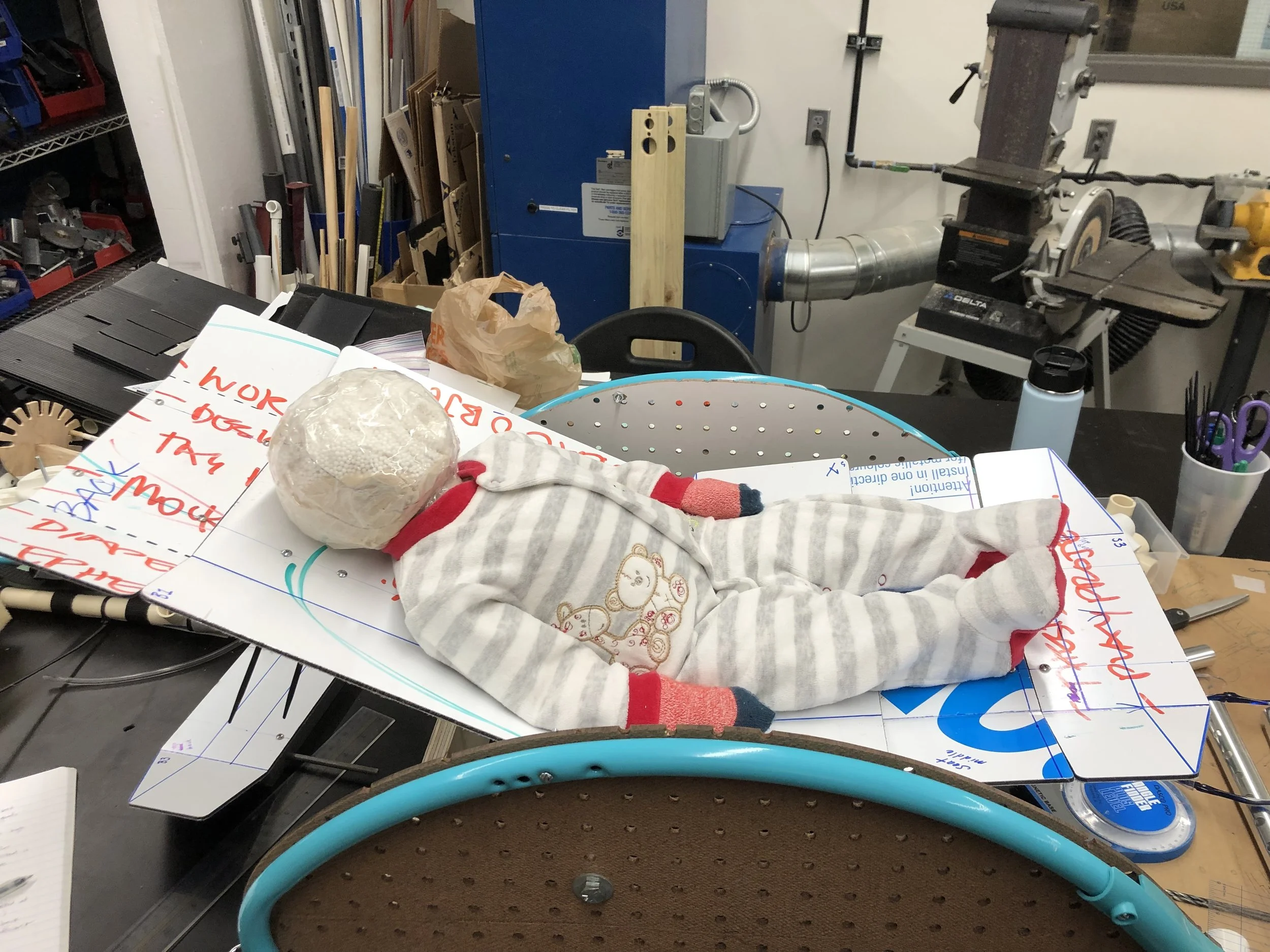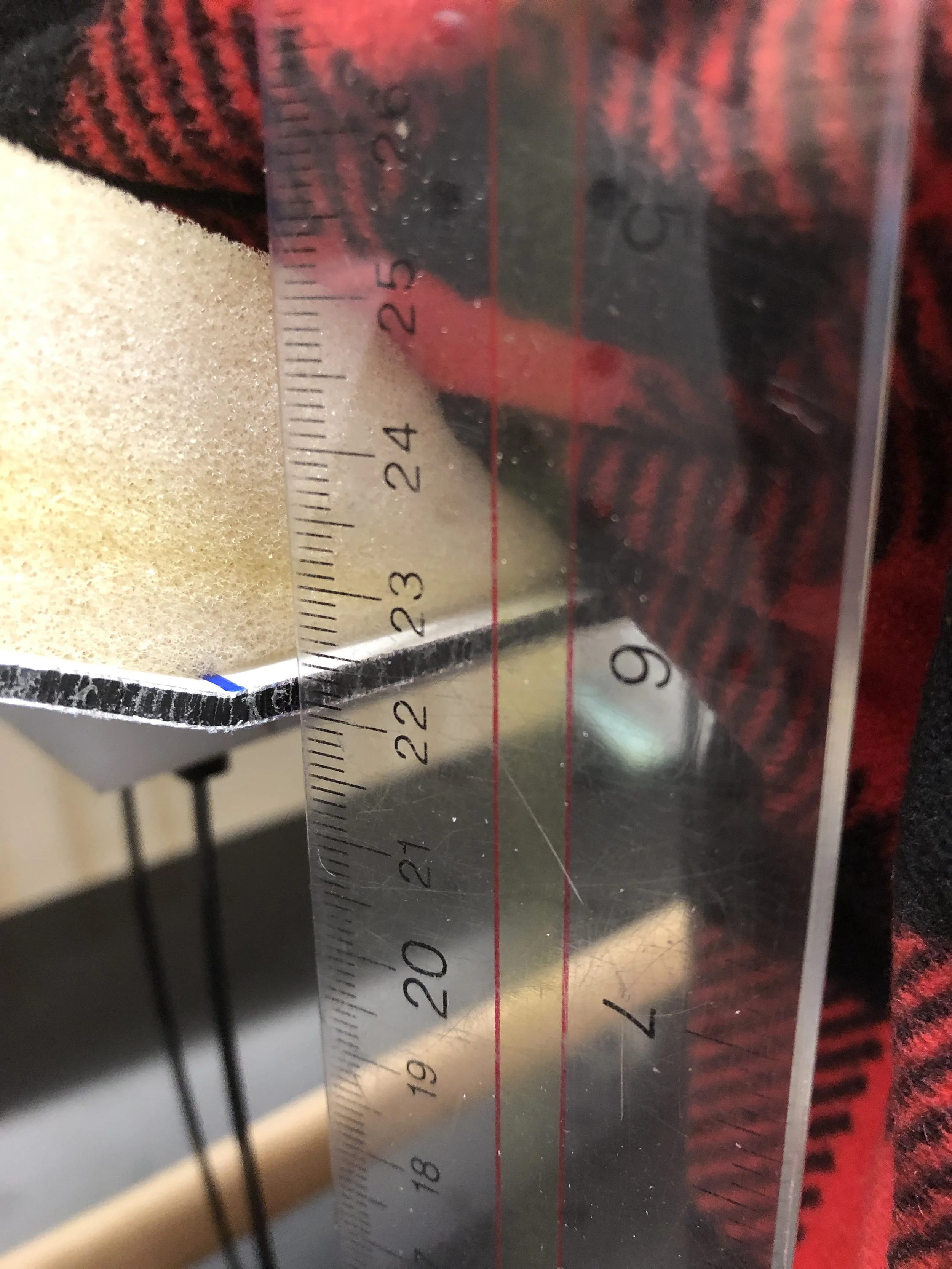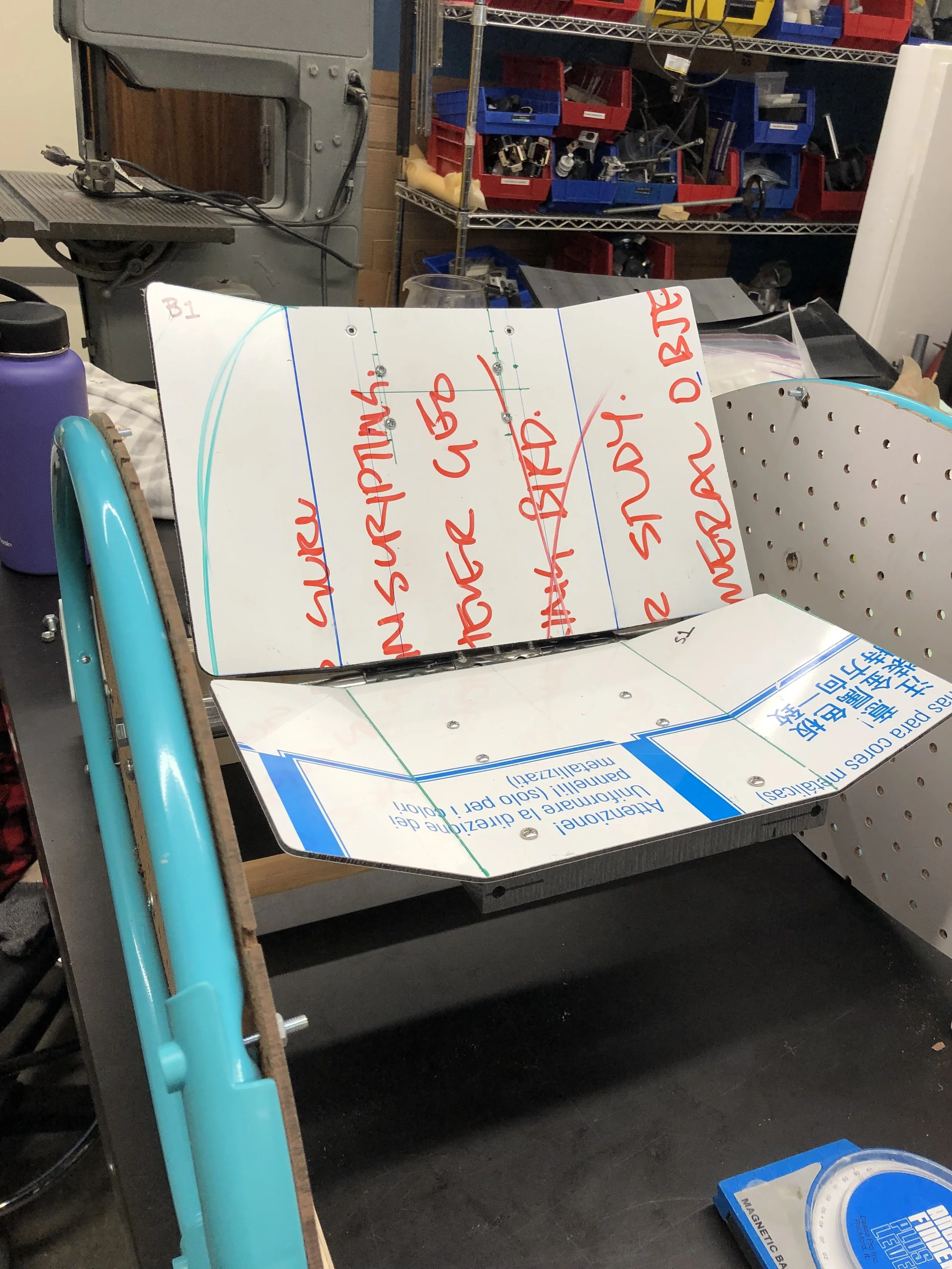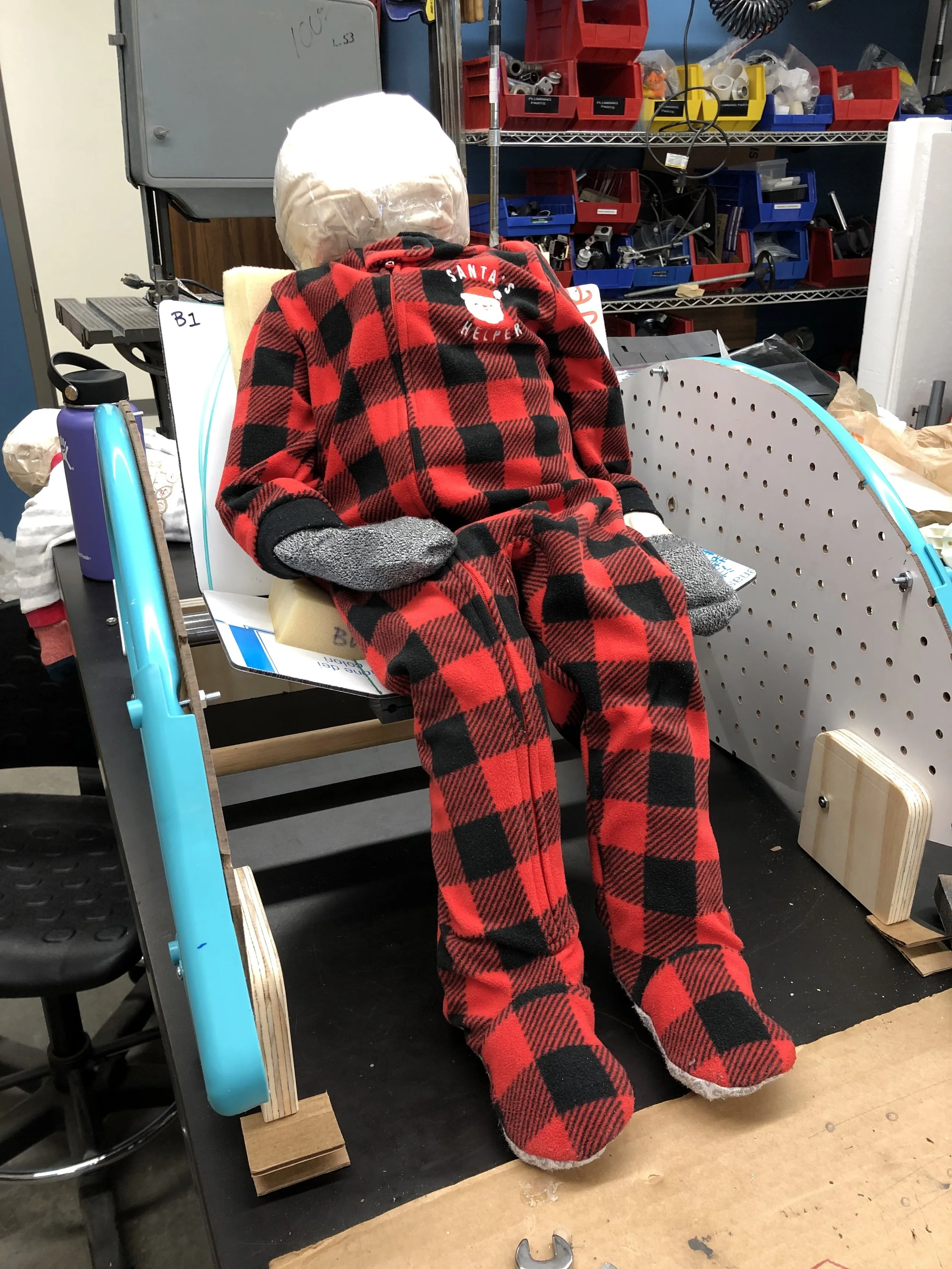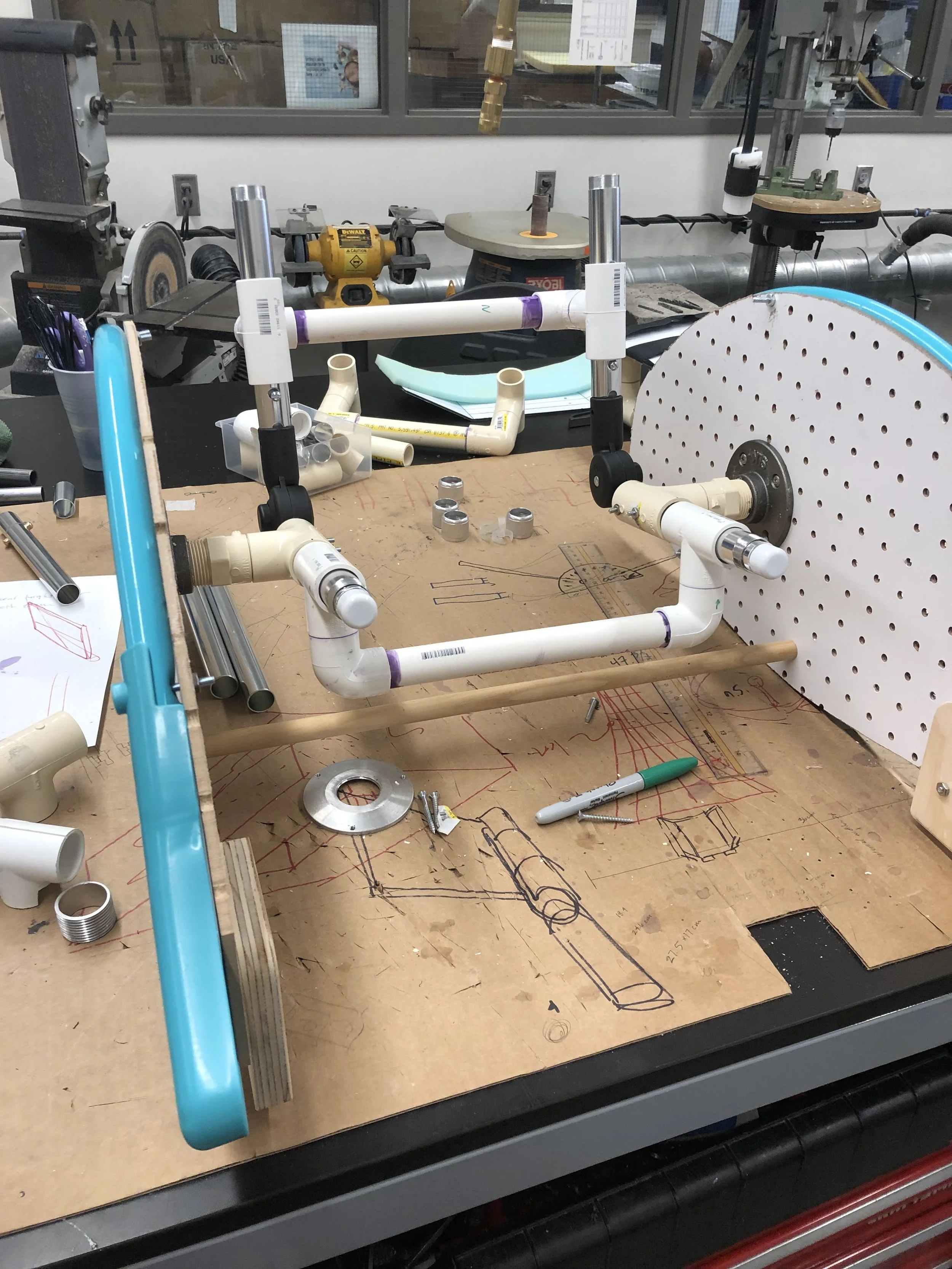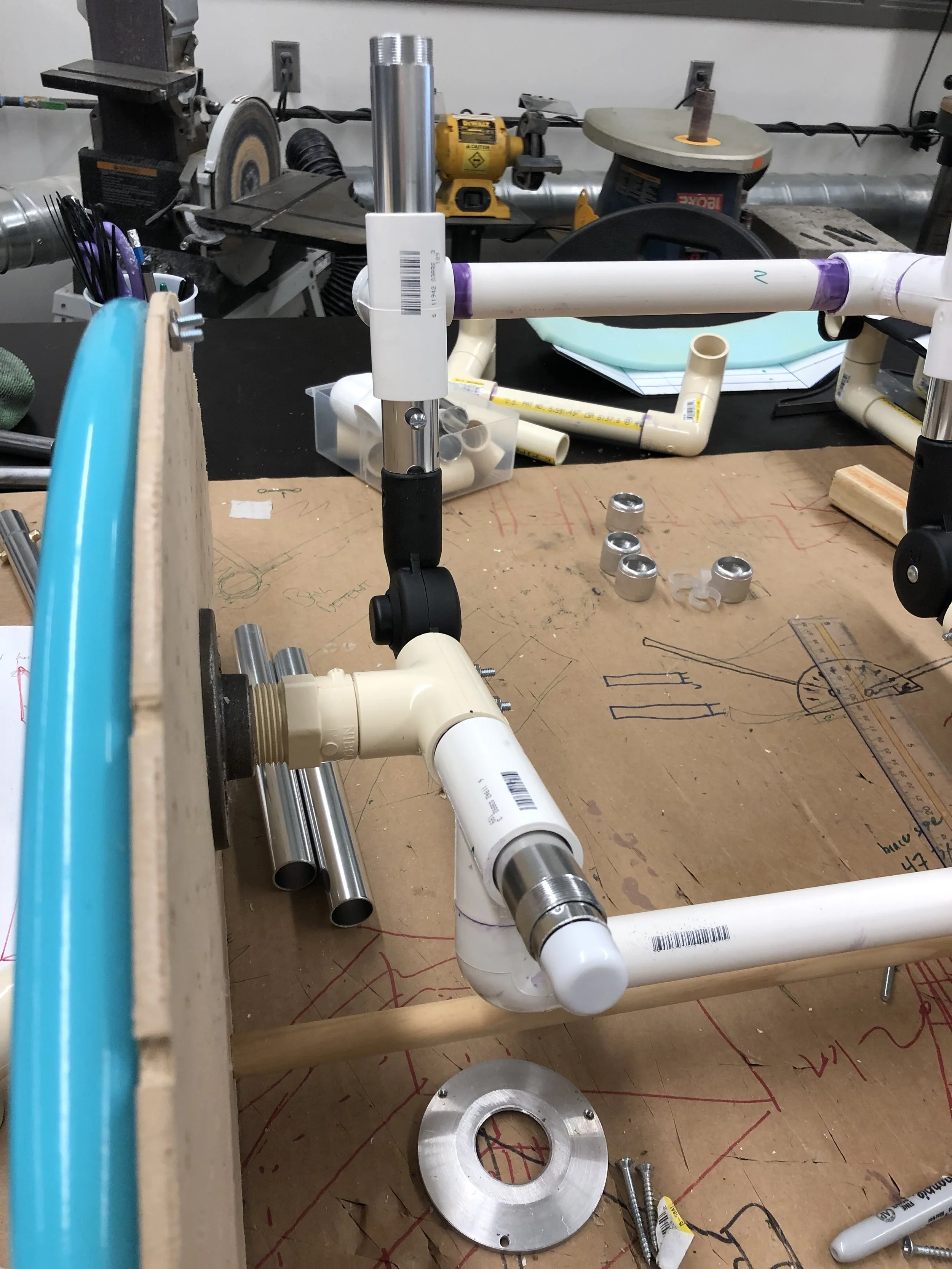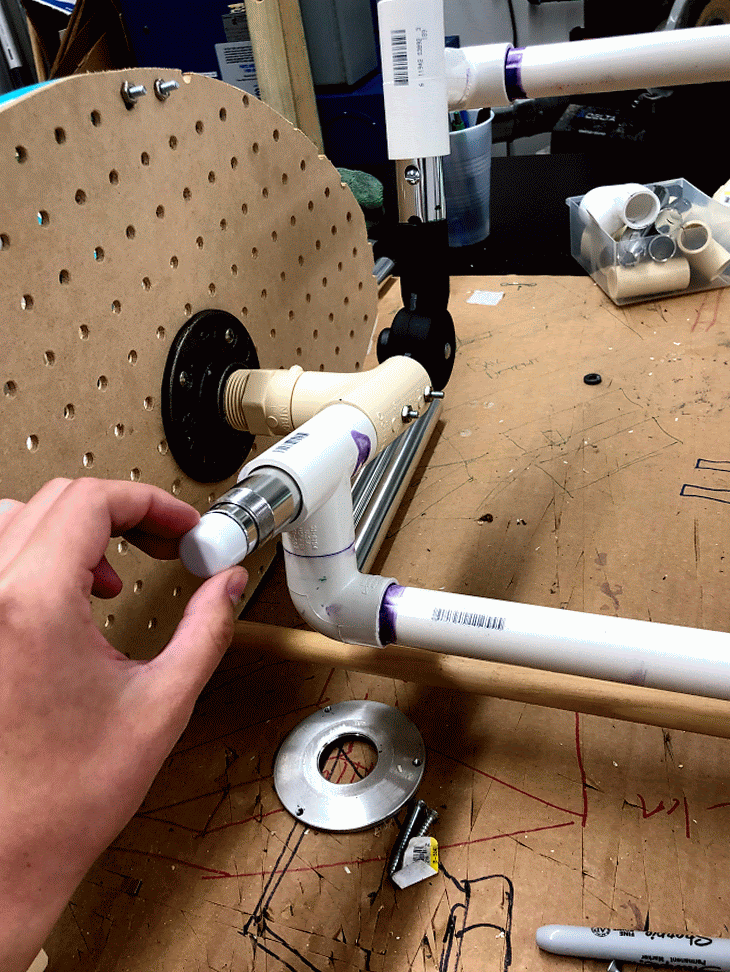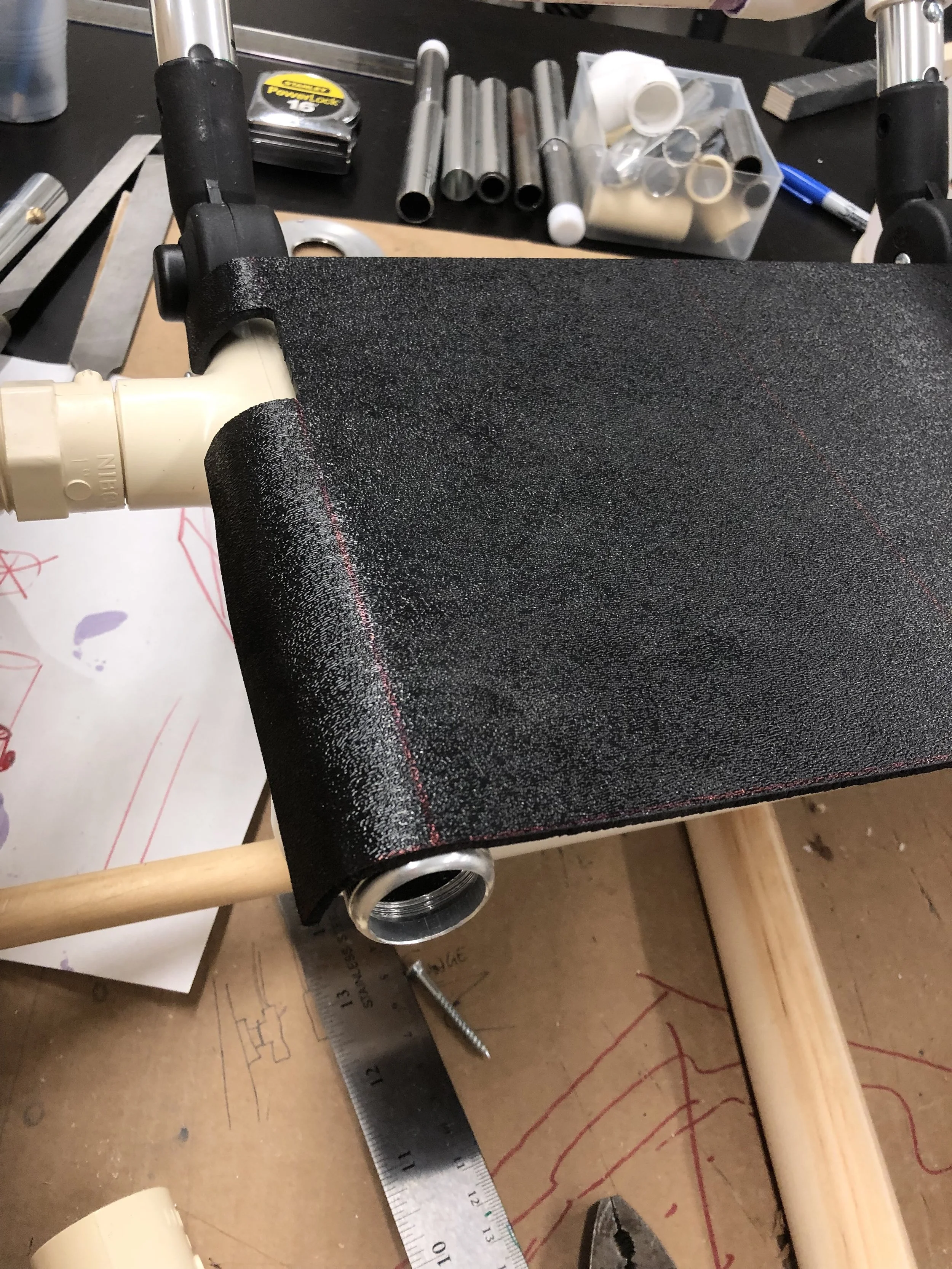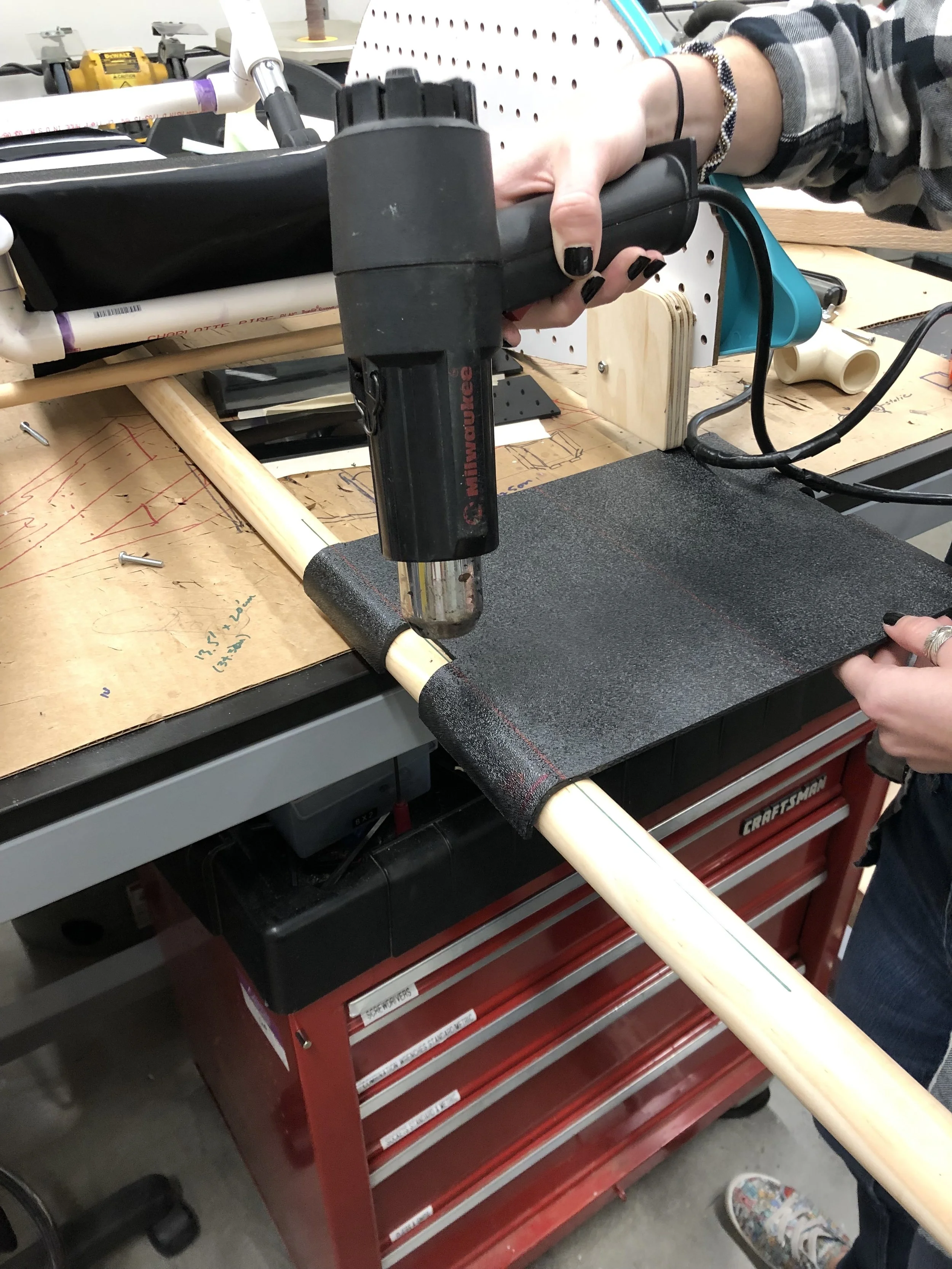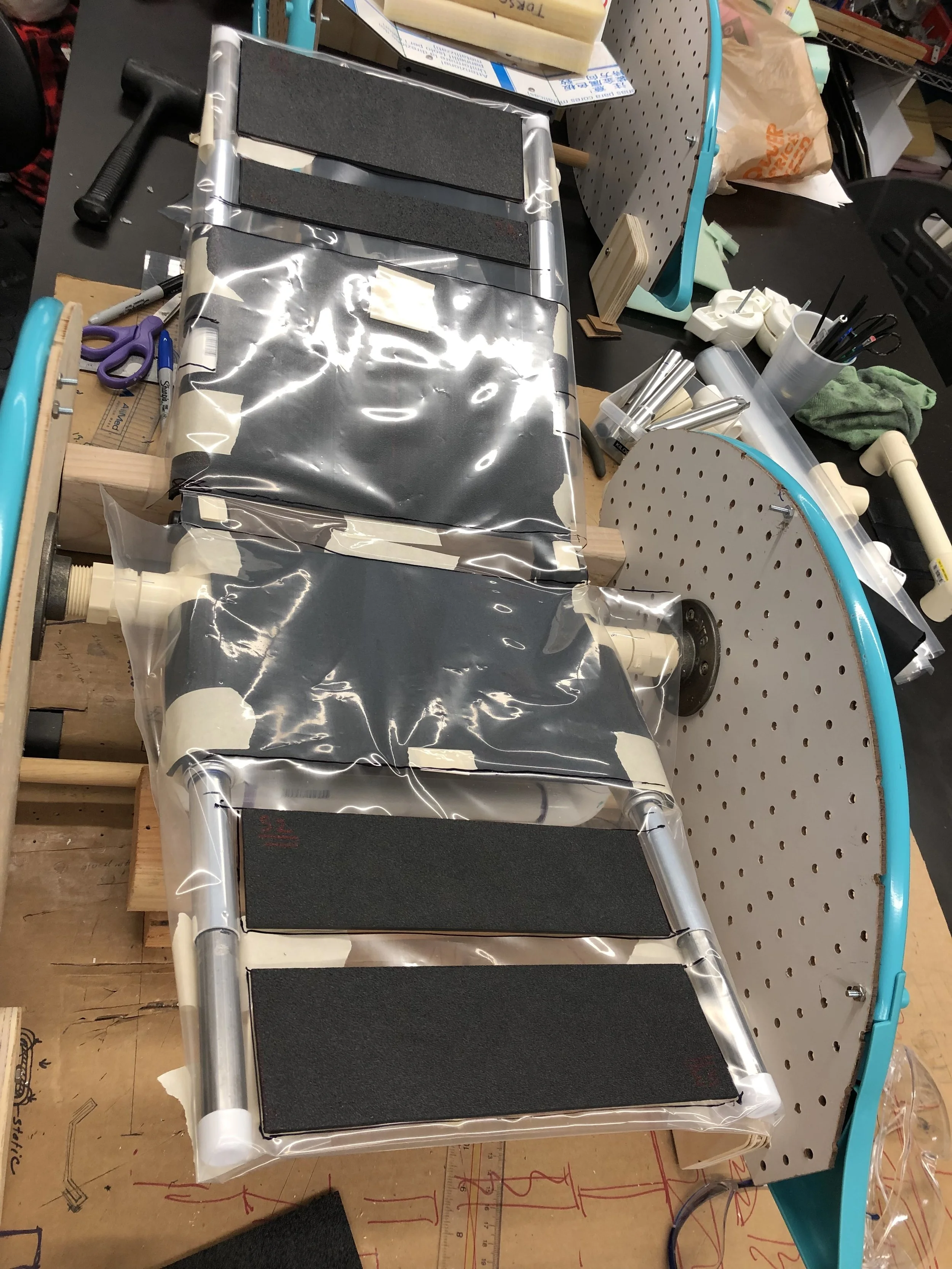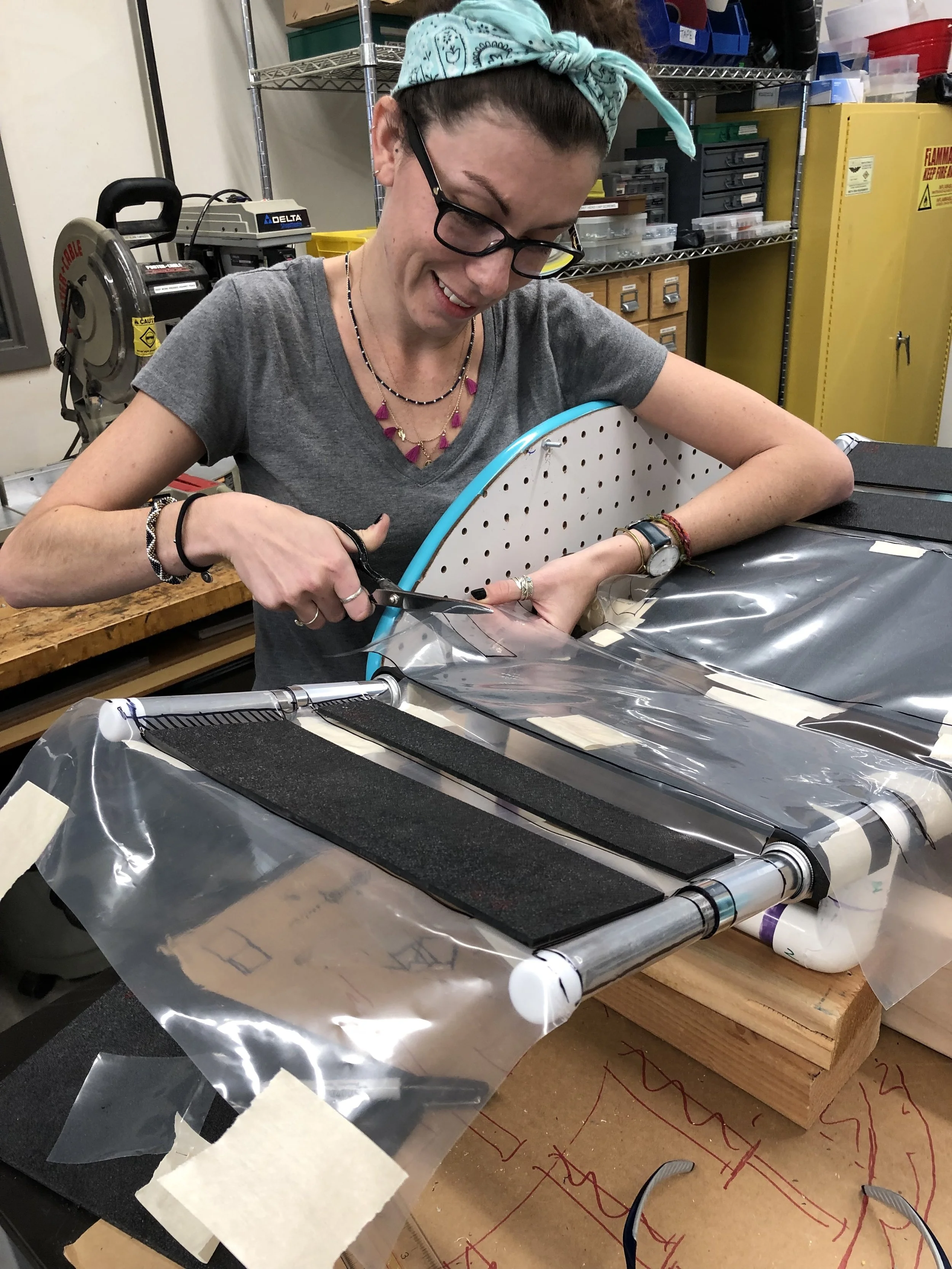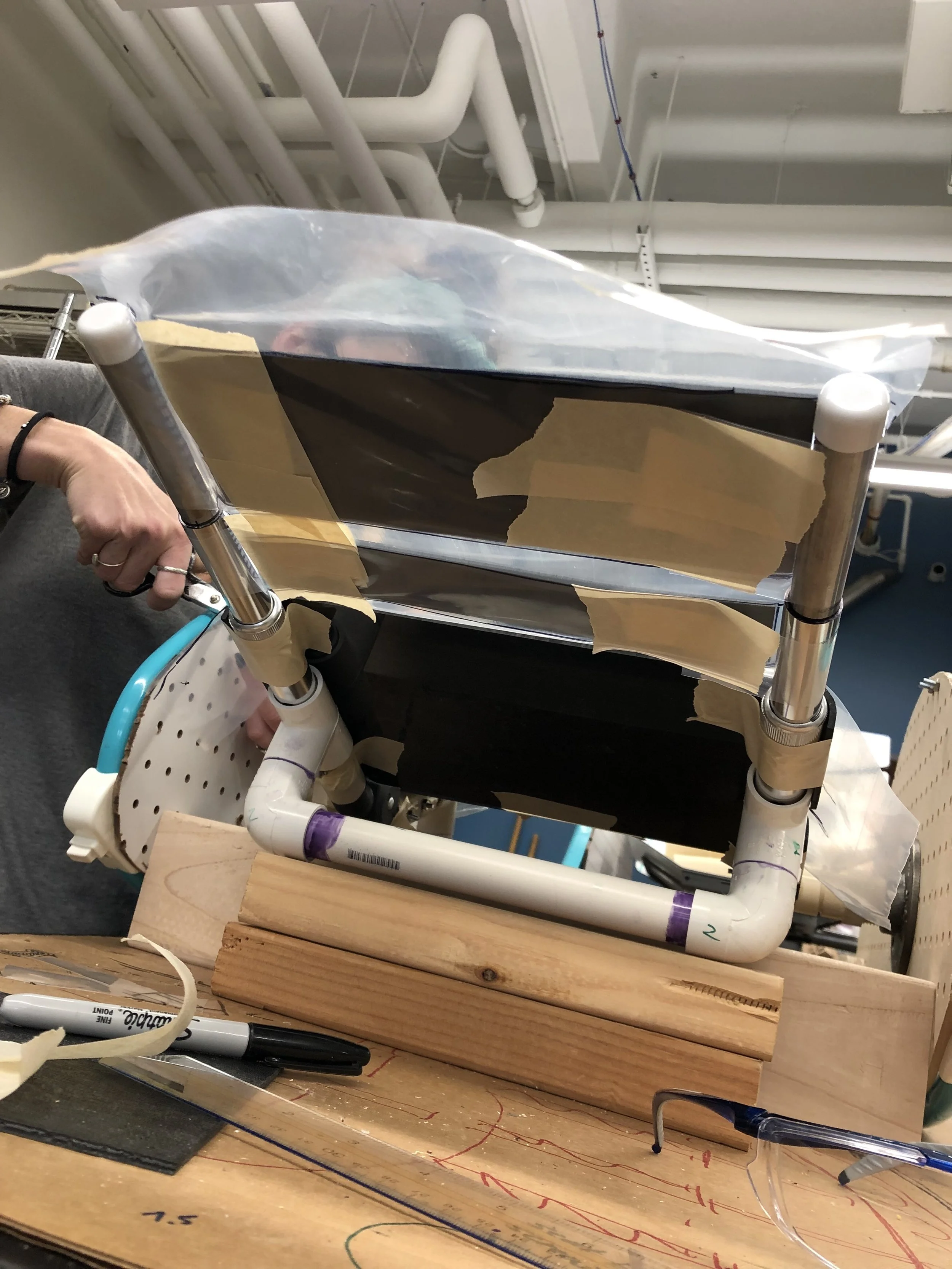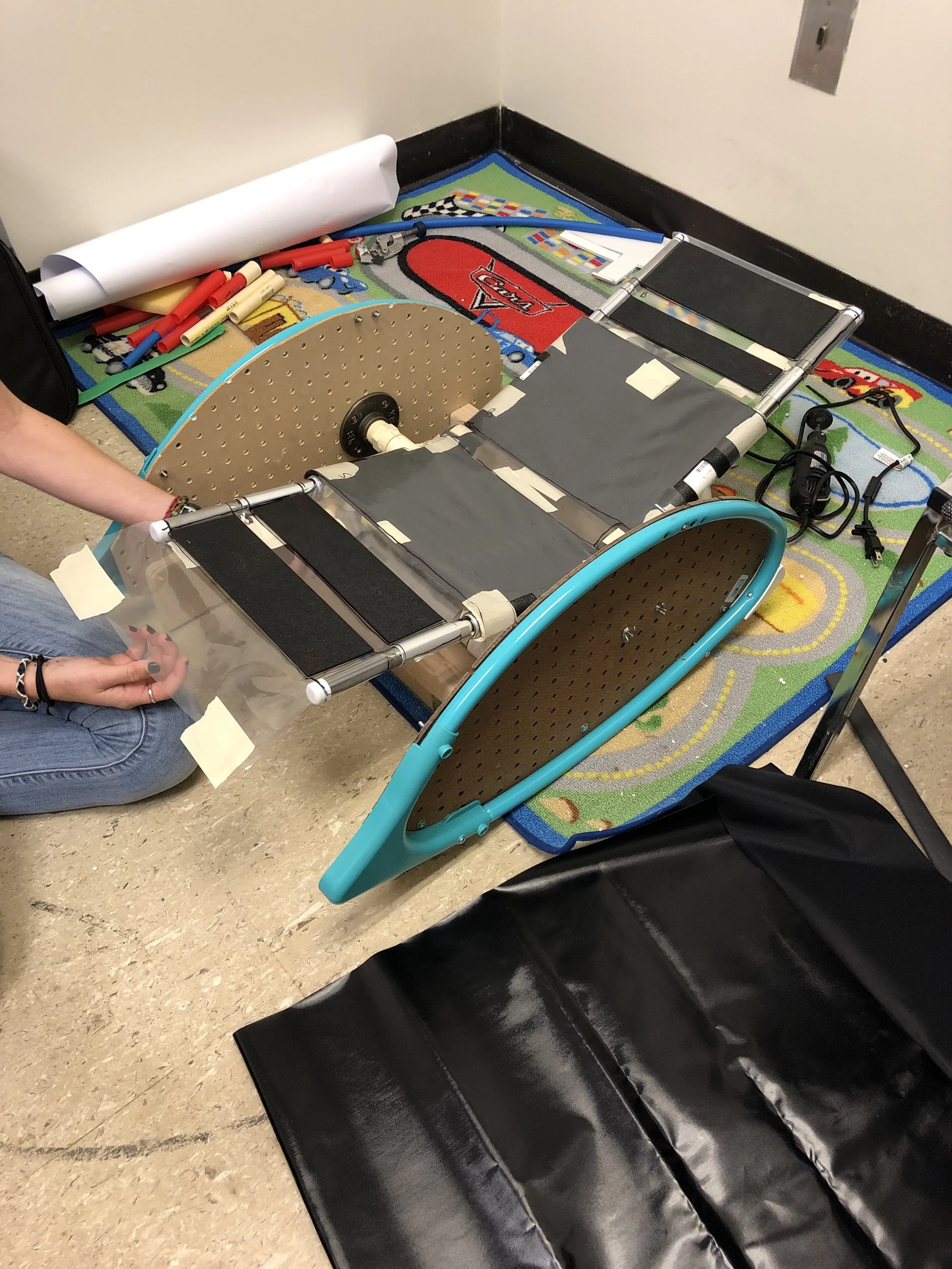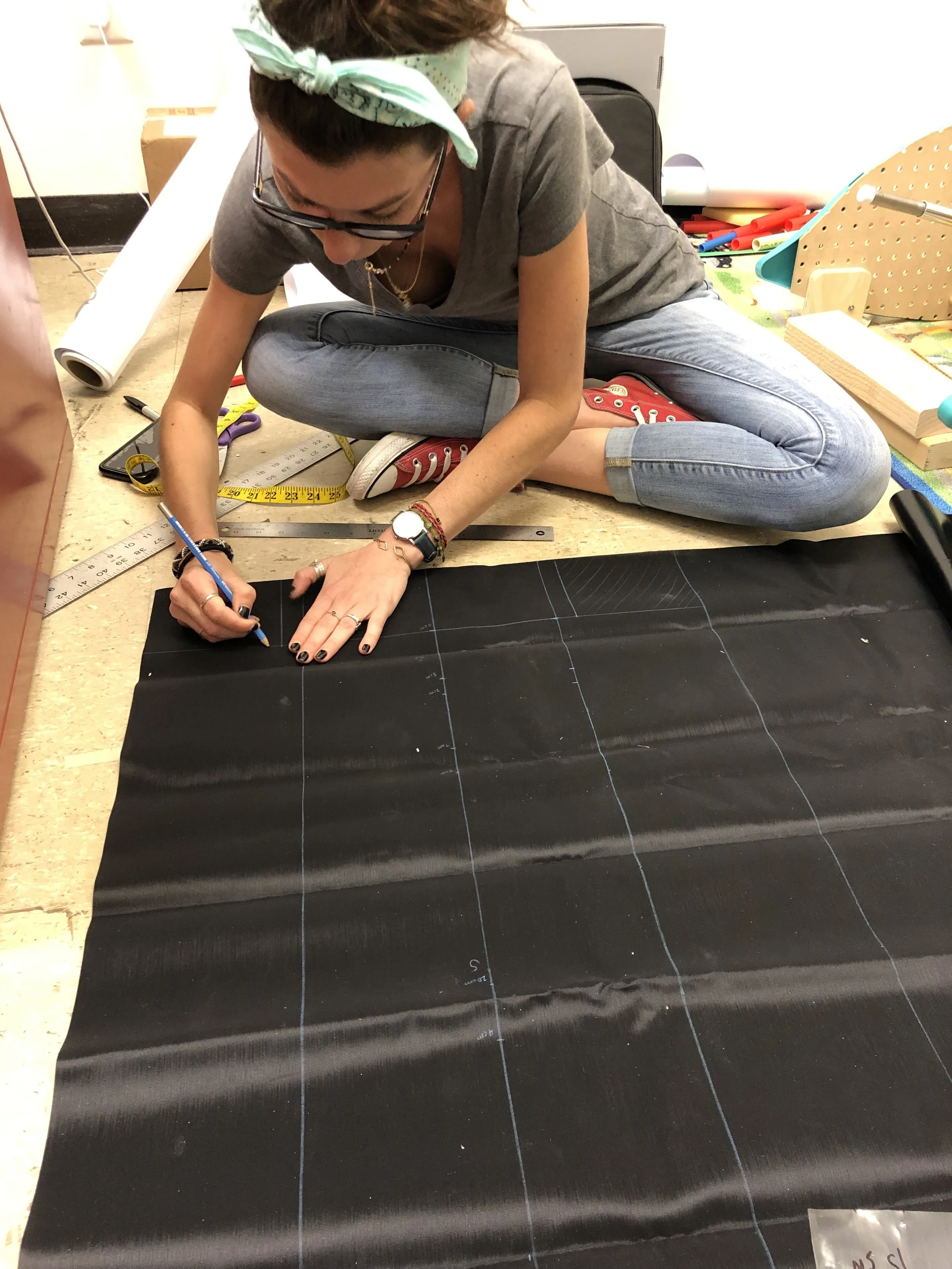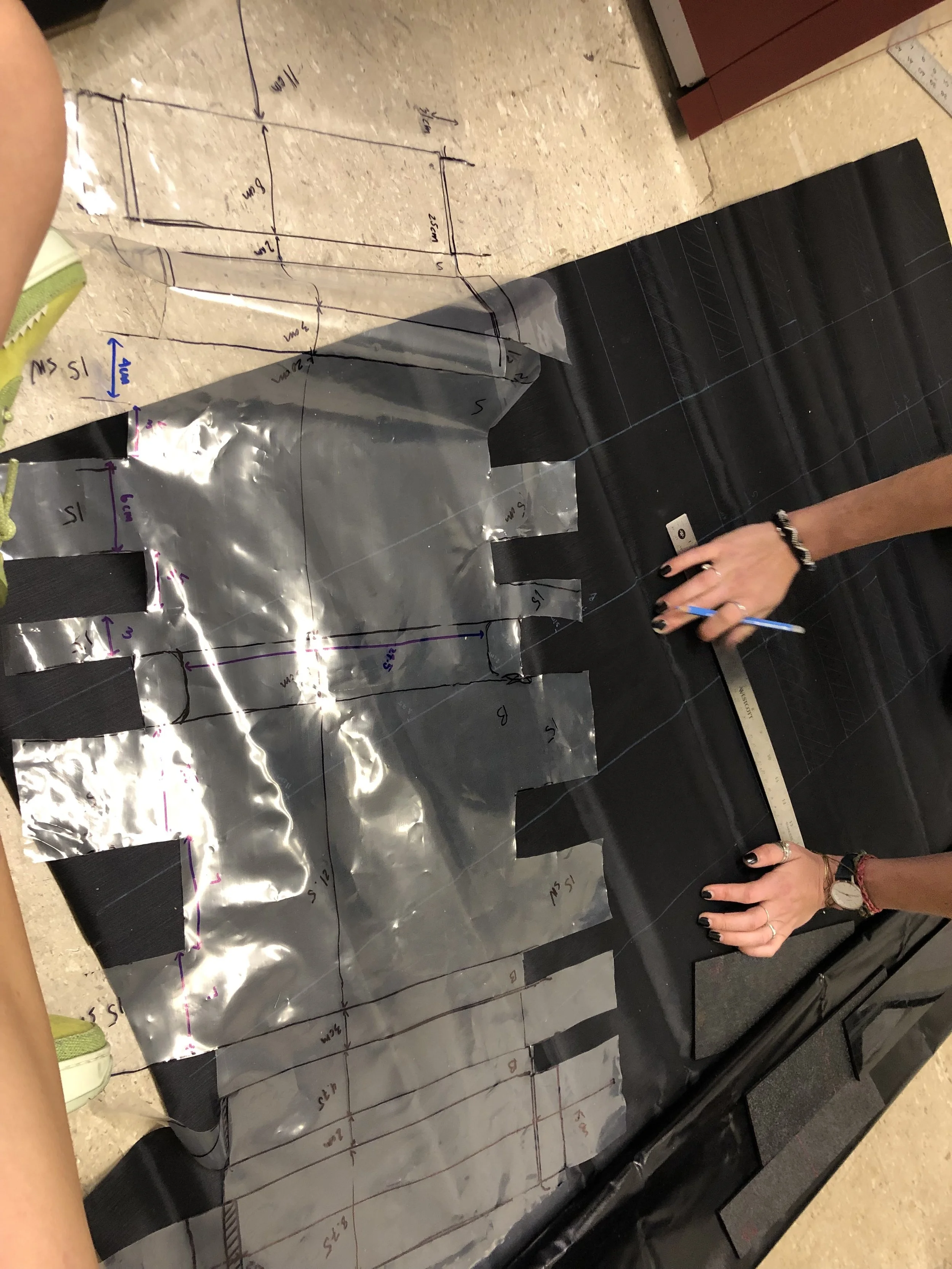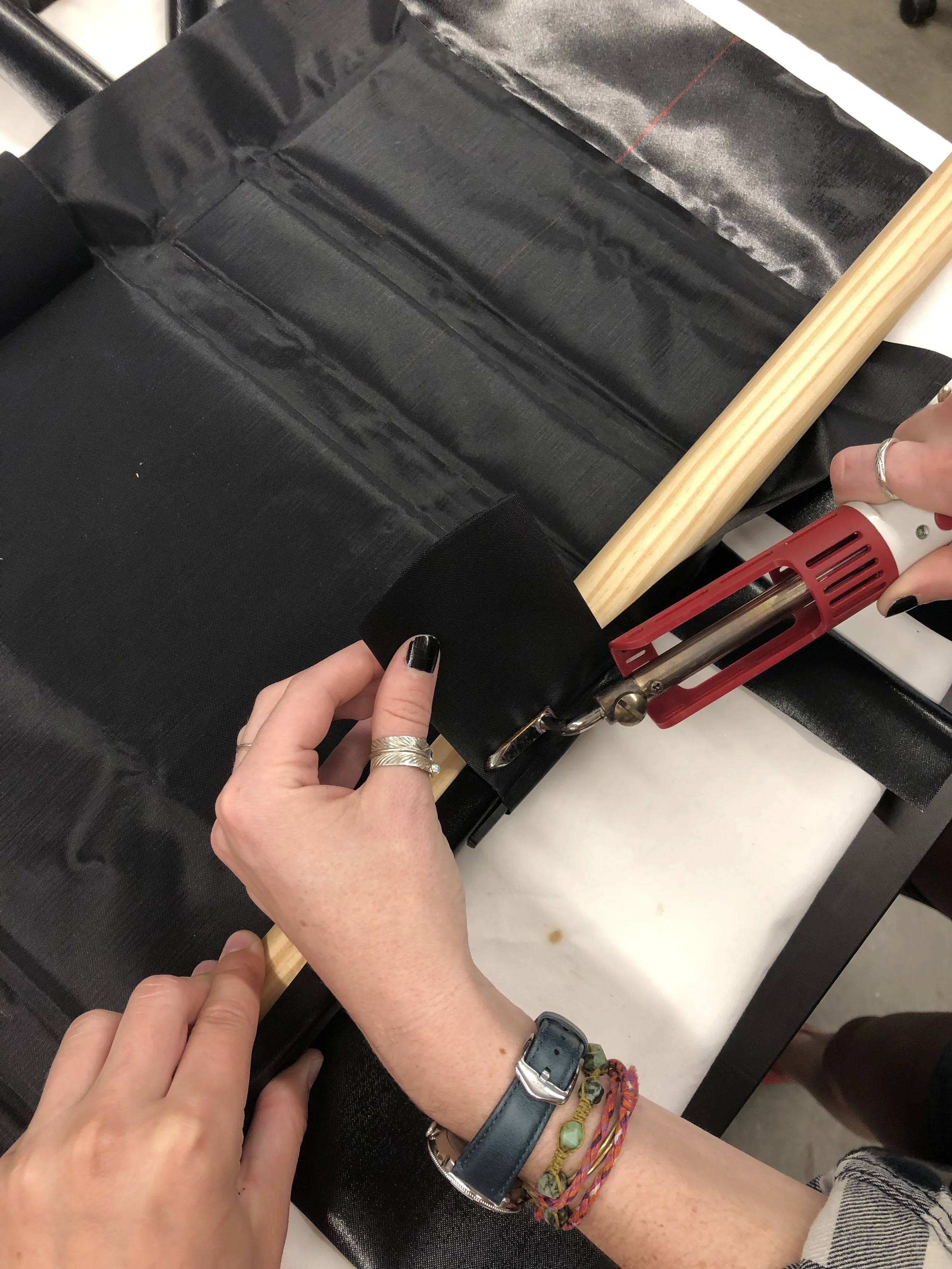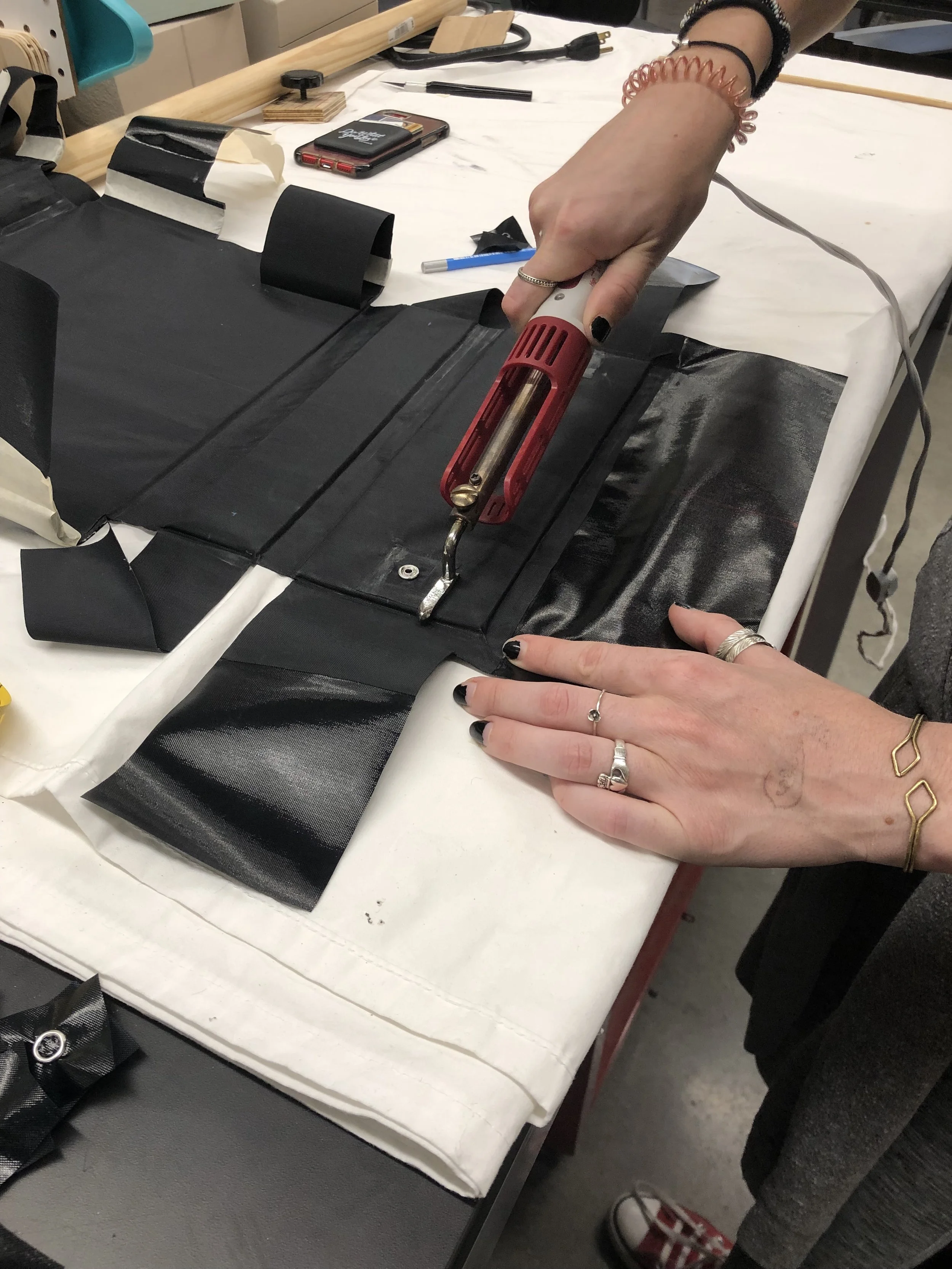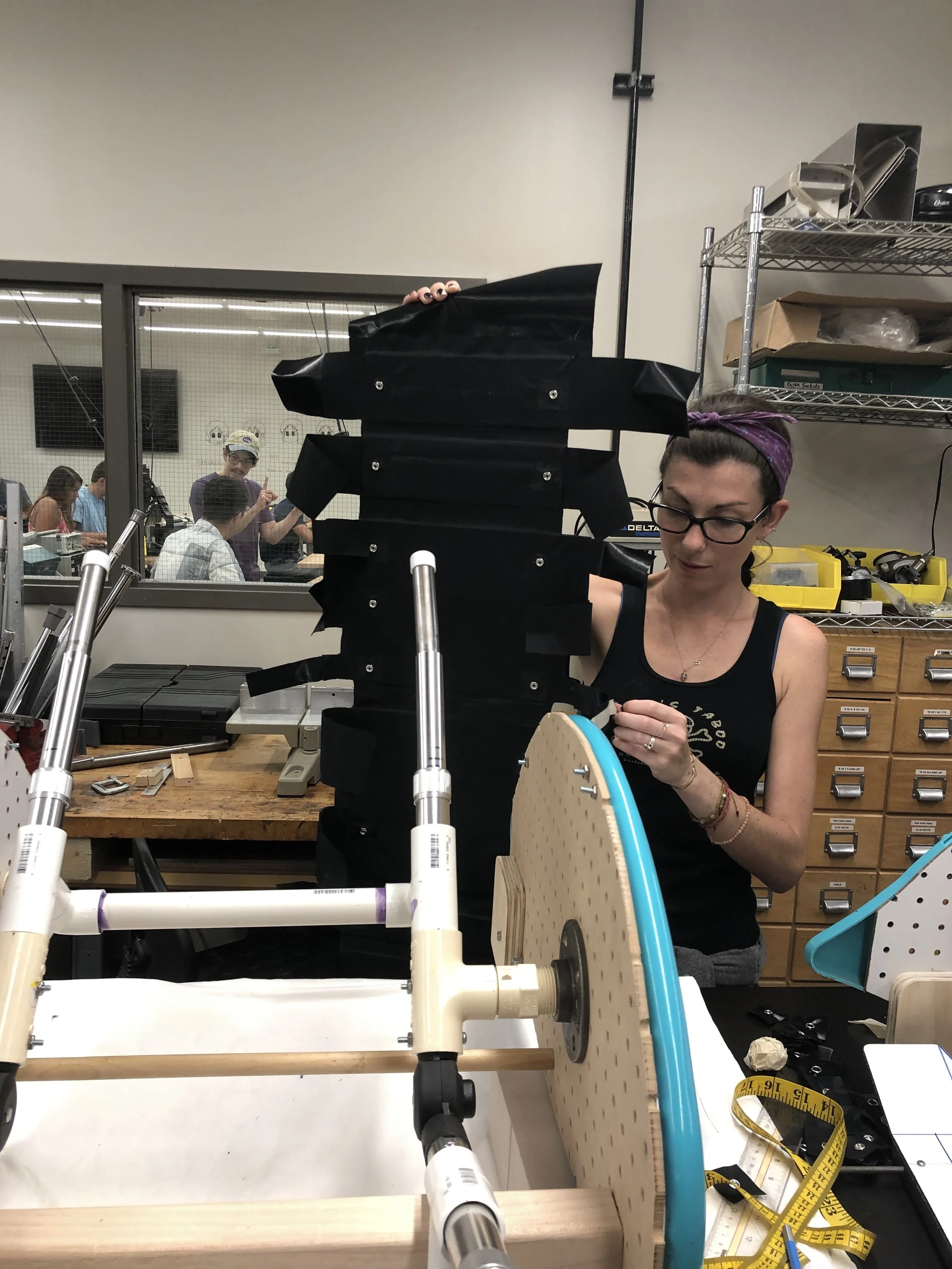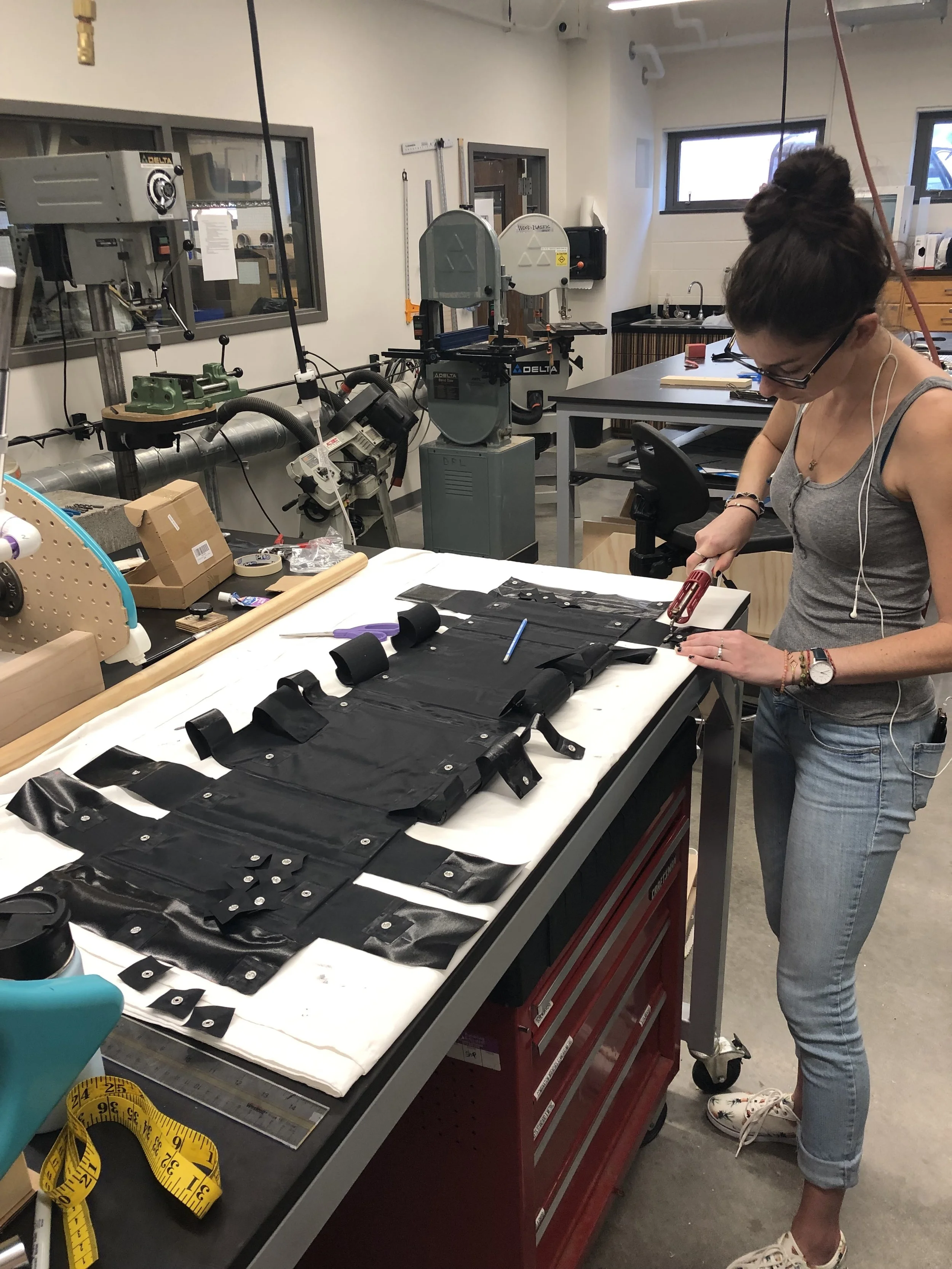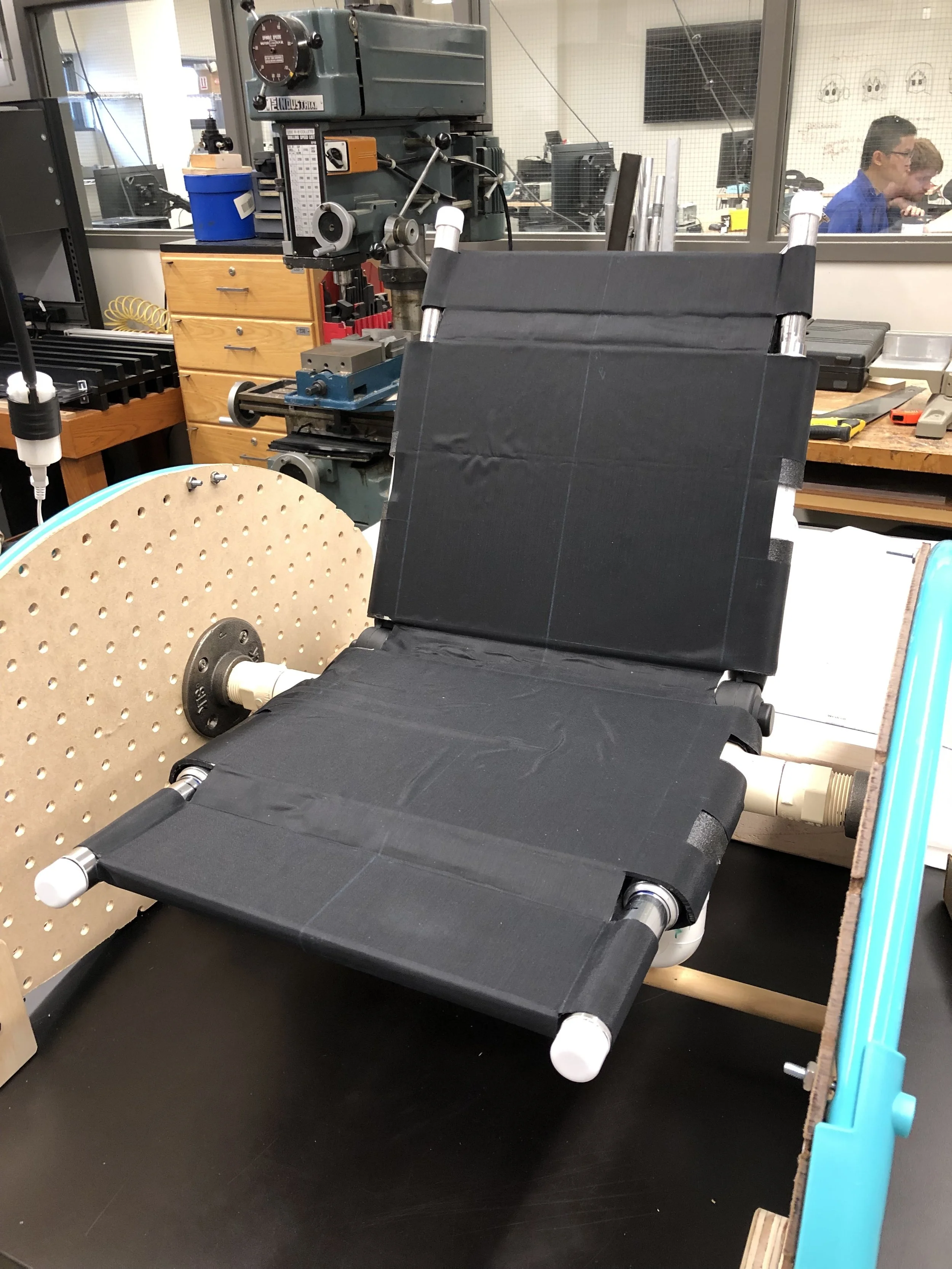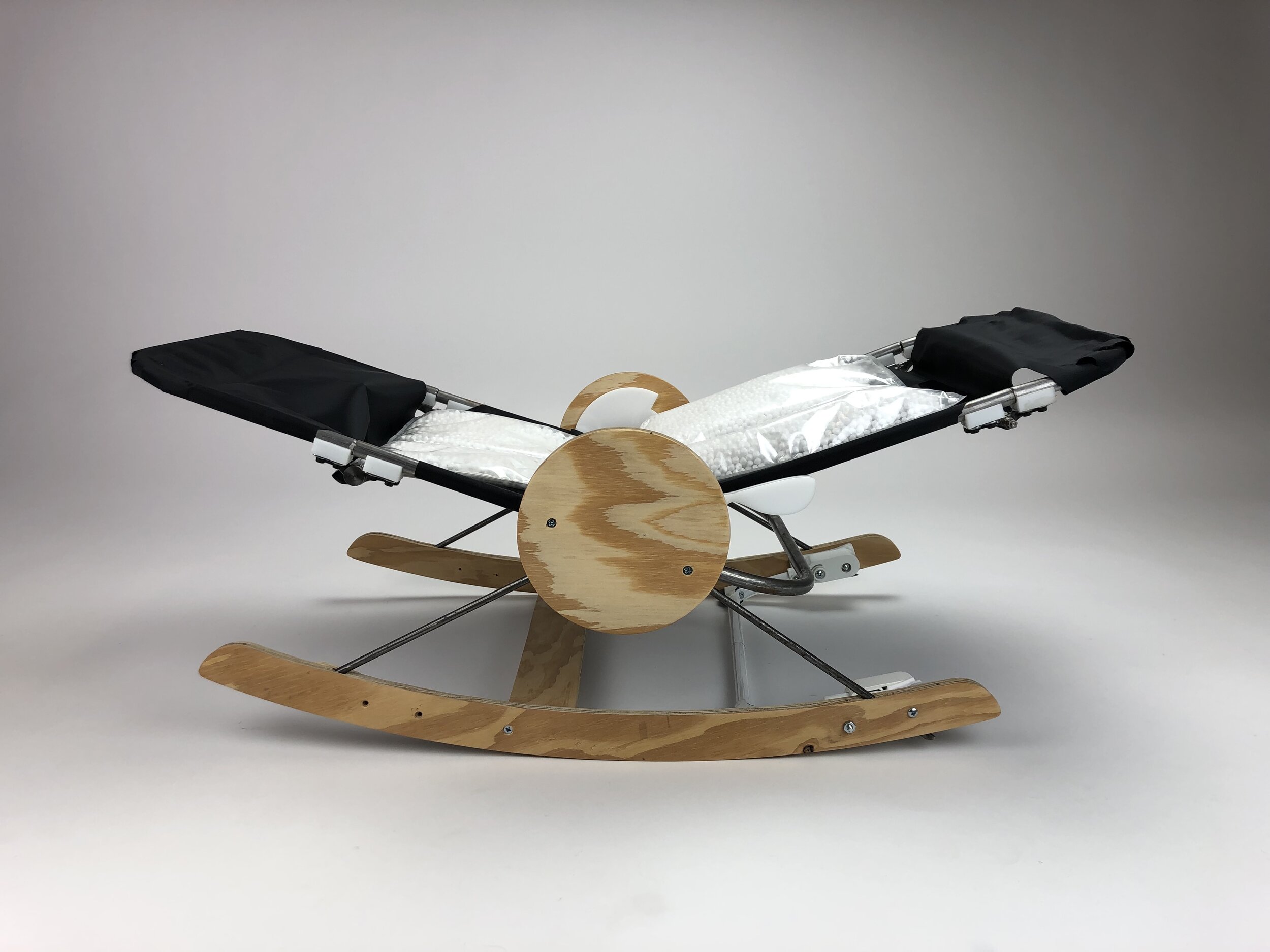
Master's Thesis
Master’s Thesis: ERGONomic infant gear
Using Anthropometric Measurements to Design Ergonomic Infant and Toddler Gear

Sponsored by Kids 2, this ambitious Master’s thesis surveyed and interviewed parents, collected anthropometric data from over 50 children, and conducted rigorous materials research to design an ergonomic infant-to-toddler rocker that provides better postural support at all stages of use.
This project was a joint effort by myself and Caitlin Ryan (MID, MBA Candidate). Special thanks to our advisor Dr. Stephen Sprigle, PT, PhD and his REARlab at GT, and to Chris Bartlett (ID, GTRI) for his prototyping expertise.
Anthropometry
Anthropometric measurements were collected to determine the different body sizes and shapes of children 0-36 months old. These measurements were used to dictate seat measurements when designing the rocker.
Over 50 children measured
20 different measurements taken
Measurements include: stature, weight, seated height, upper arm length, lower arm length, buttock to knee, knee to sole, hip breadth, chest circumference, etc.
Manikins
Based on anthropometric data and regression equations for body segment mass, weighted manikins were created for testing purposes. Each body segment was measured and weighted by the precise age that was being replicated. Two were made to represent an “infant” age and a “toddler” age. These were used during prototyping to represent the size and weight of an infant or toddler.
Material exploration
The goal of this project was to provide an ergonomic fit and better postural support in infant-to-toddler rockers. In order to provide the best postural support, many different supportive materials were researched and tested. Major contenders included: viscous fluid (a combo of oil, glass microballoons, and EPP beads), EPP (type of foam) beads, foam, or a combination of these.
ideation and Rapid Prototyping
refining concepts
Ideas were narrowed down to two concepts which will be prototyped for testing with parents and children.
FINAL DESIGN
After performing user testing on the two prototypes, a final design was modeled and prototyped.

